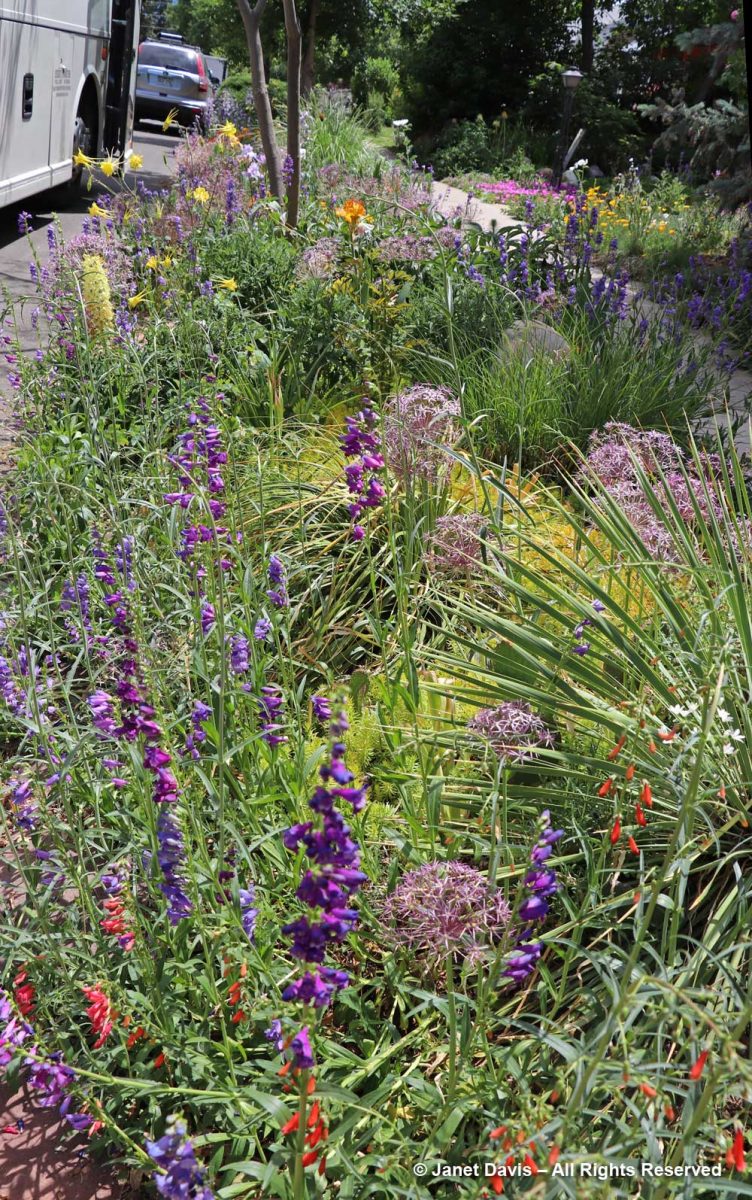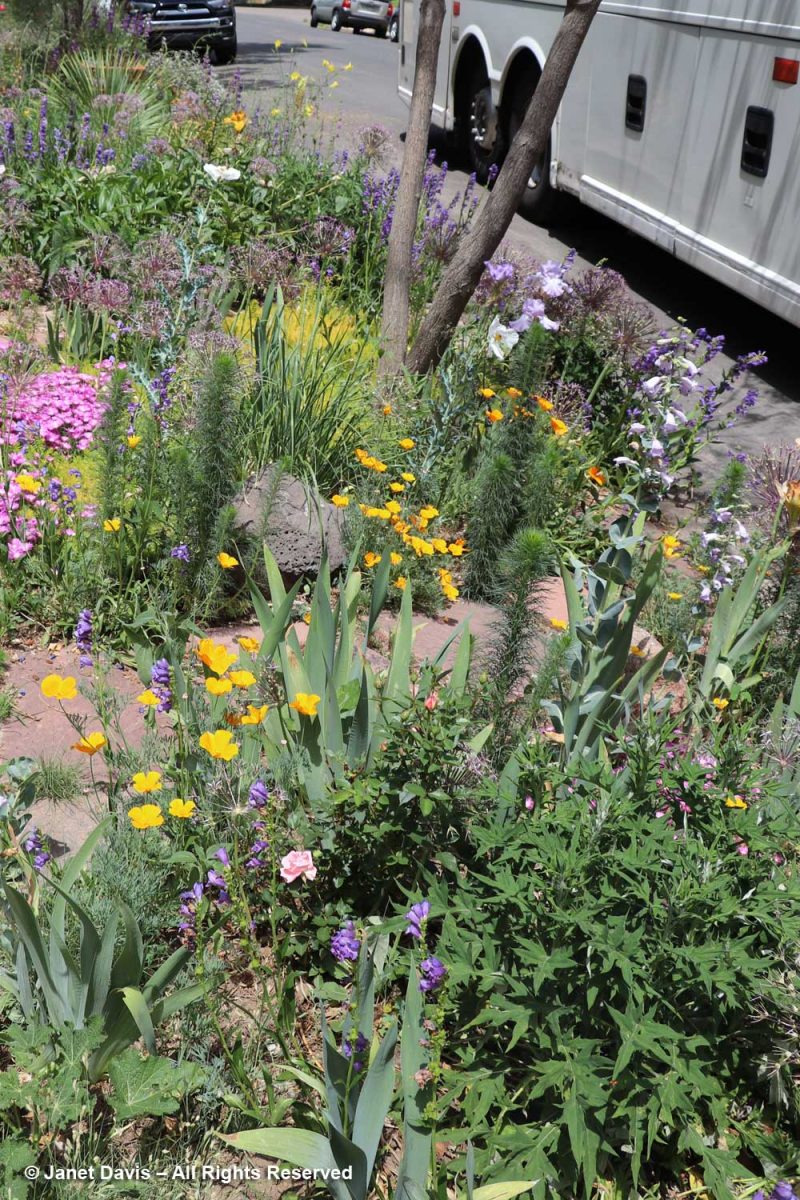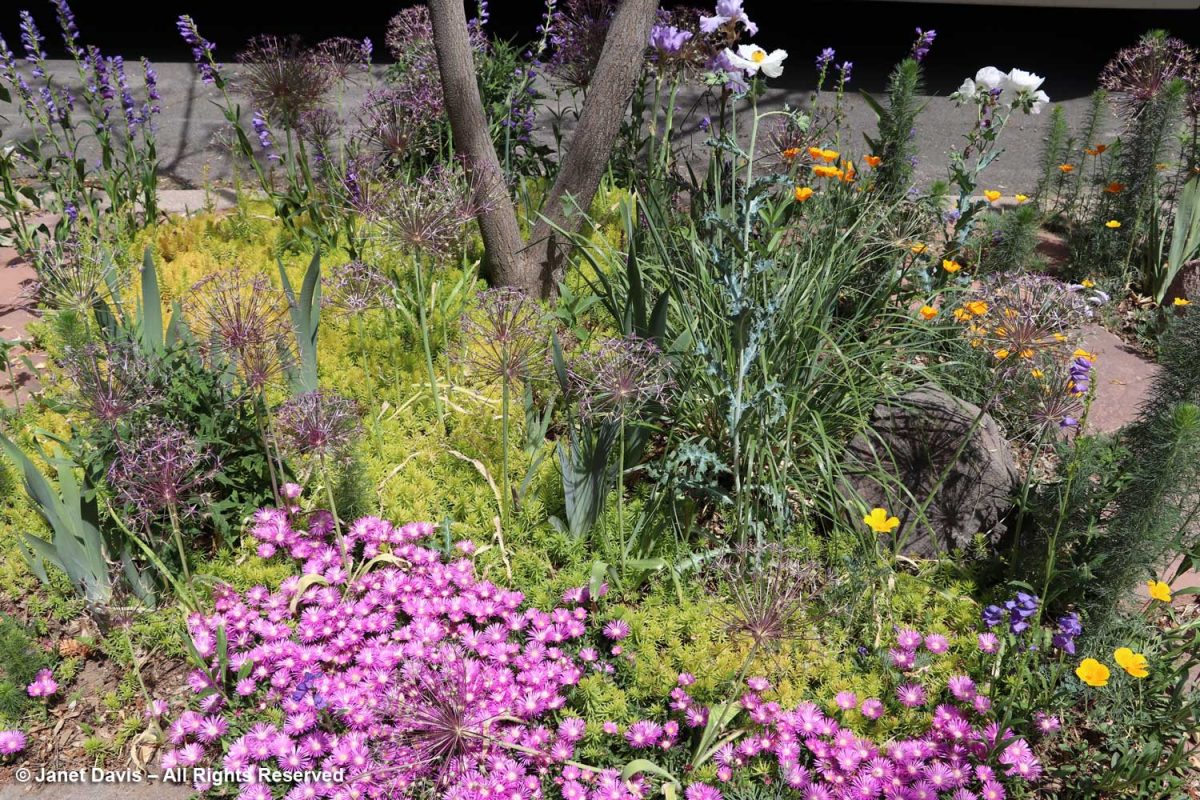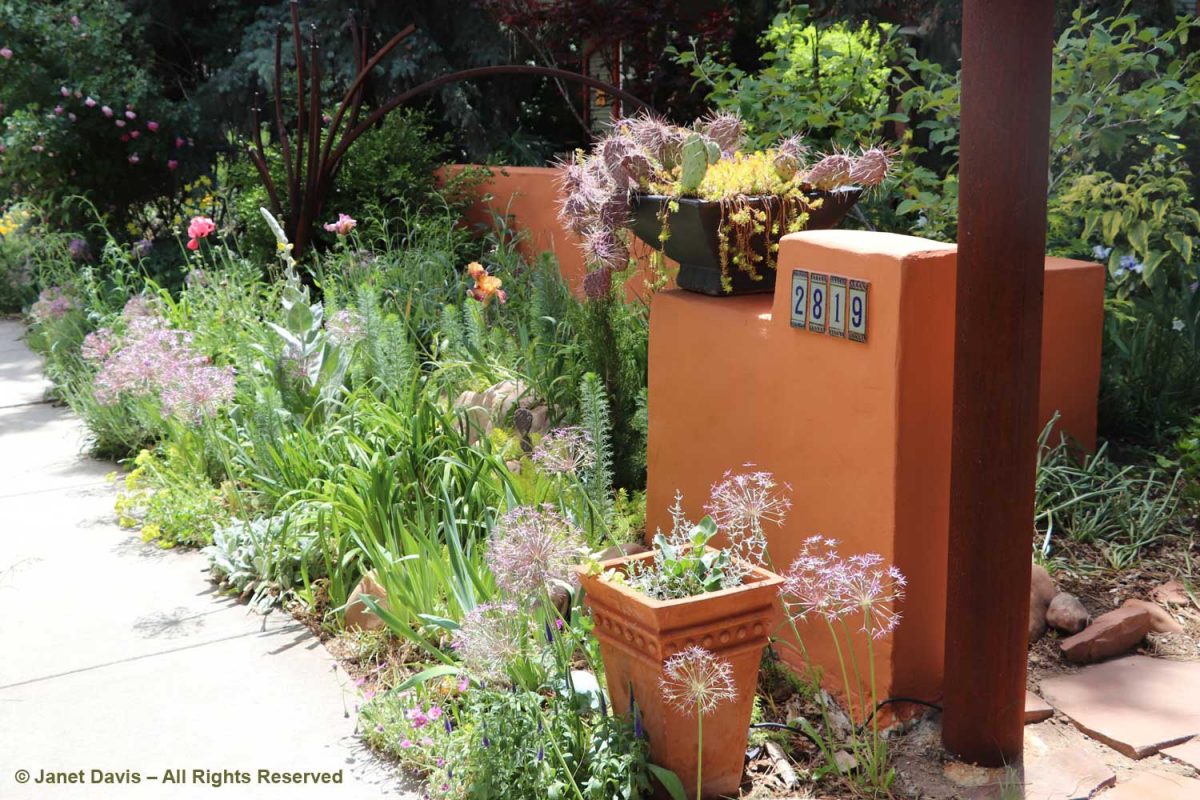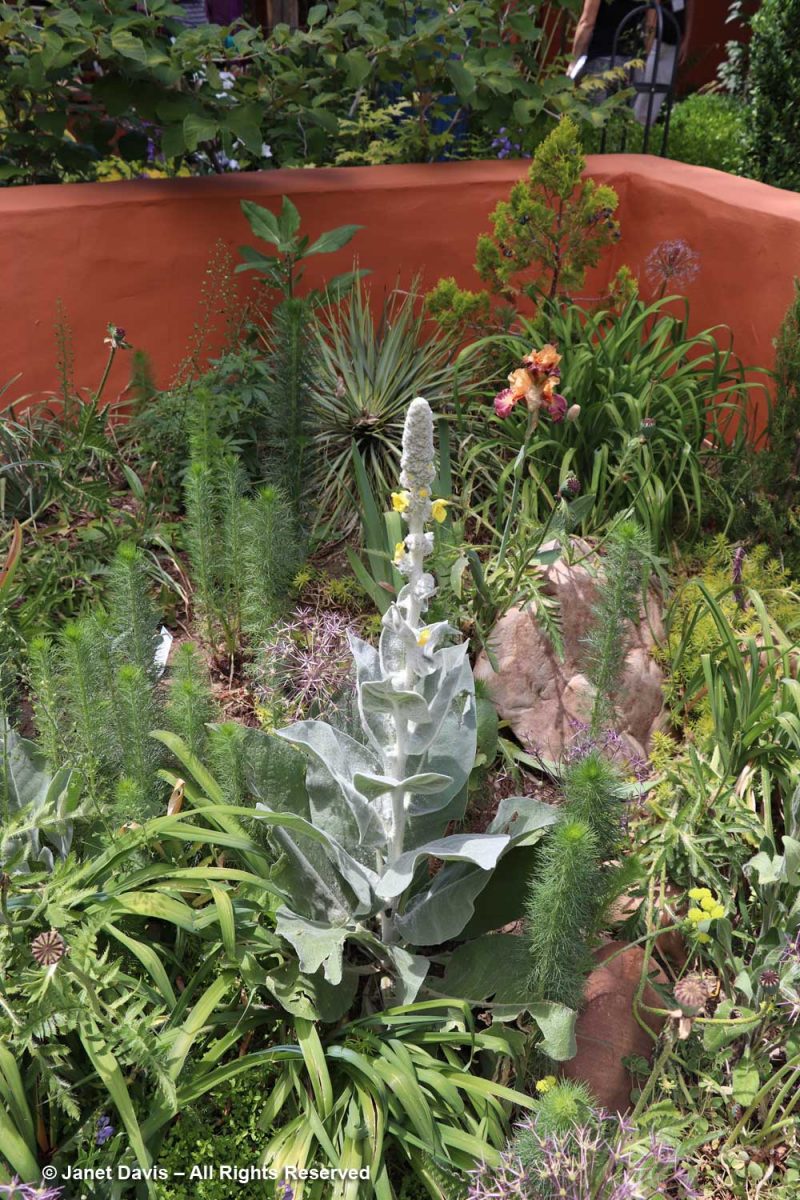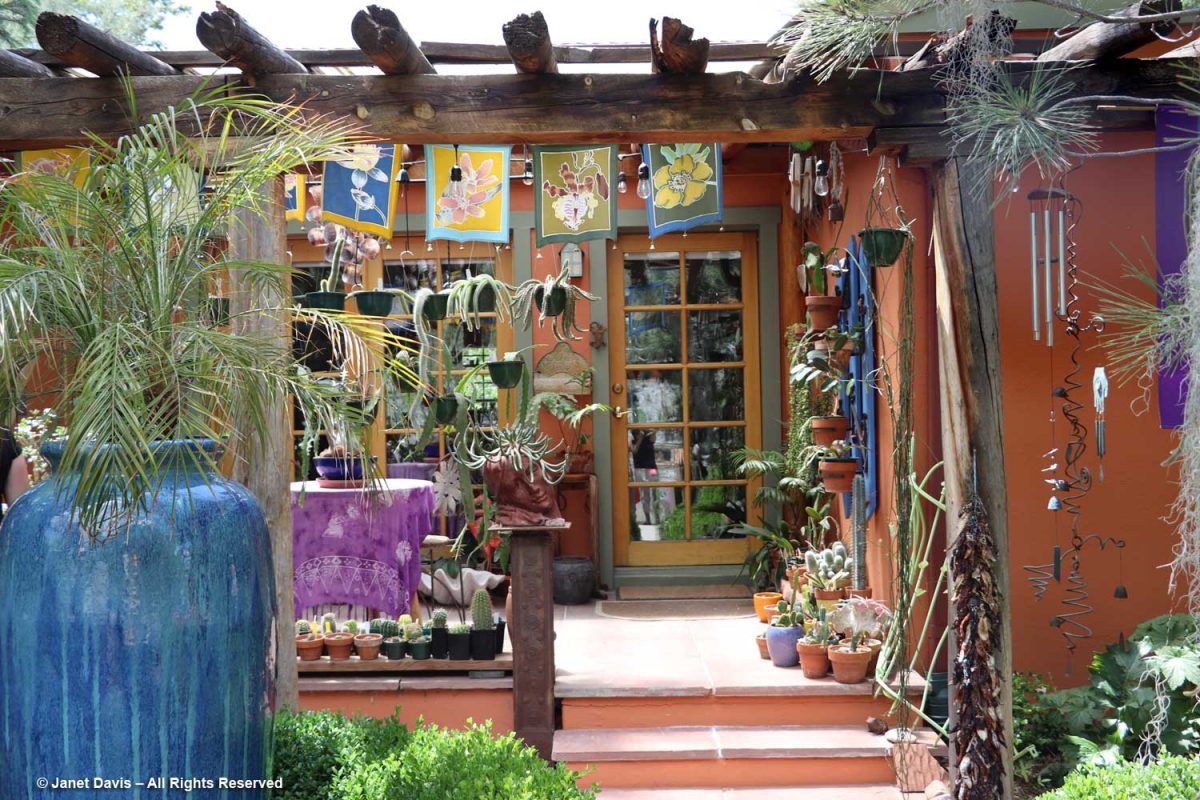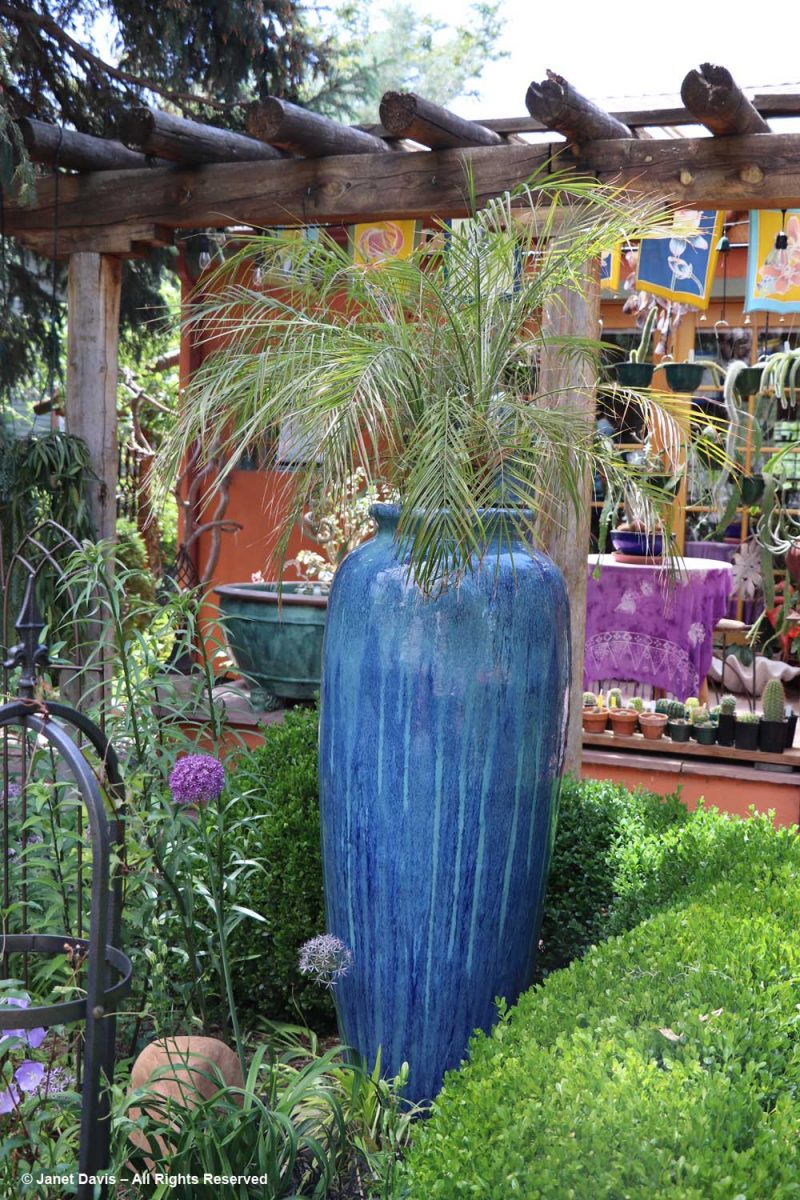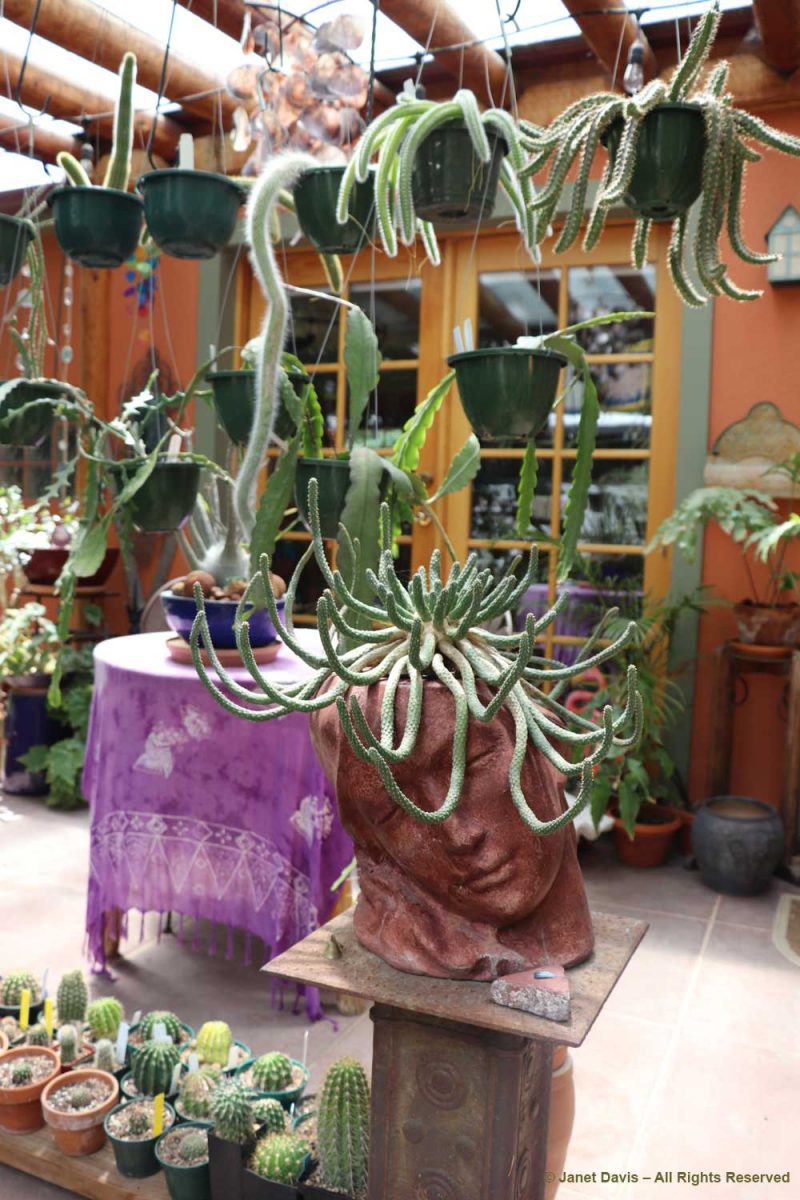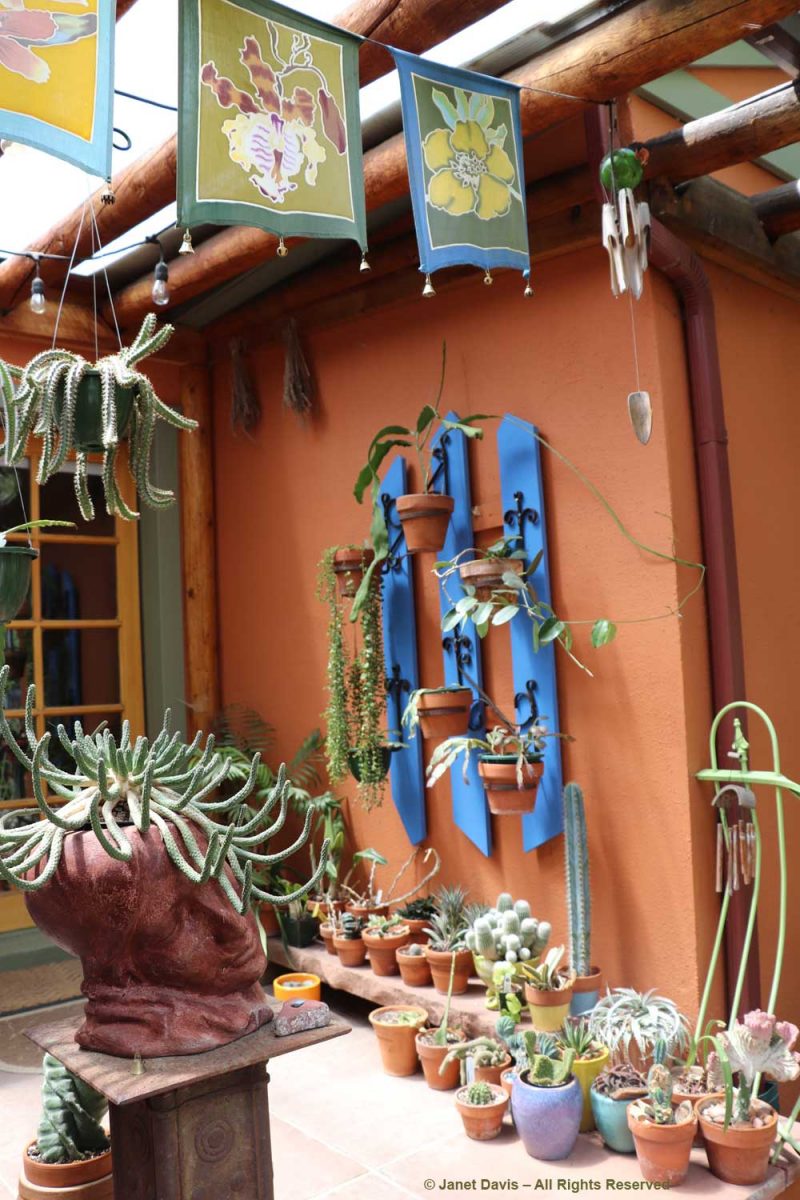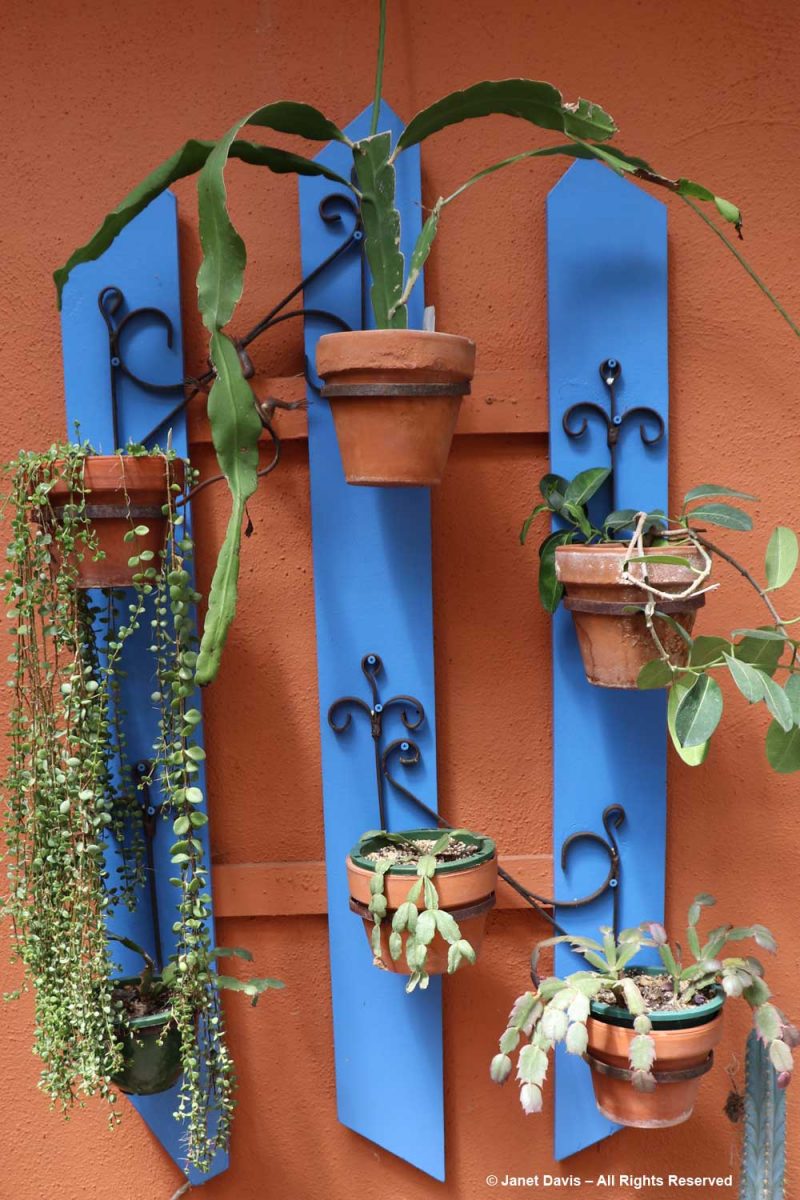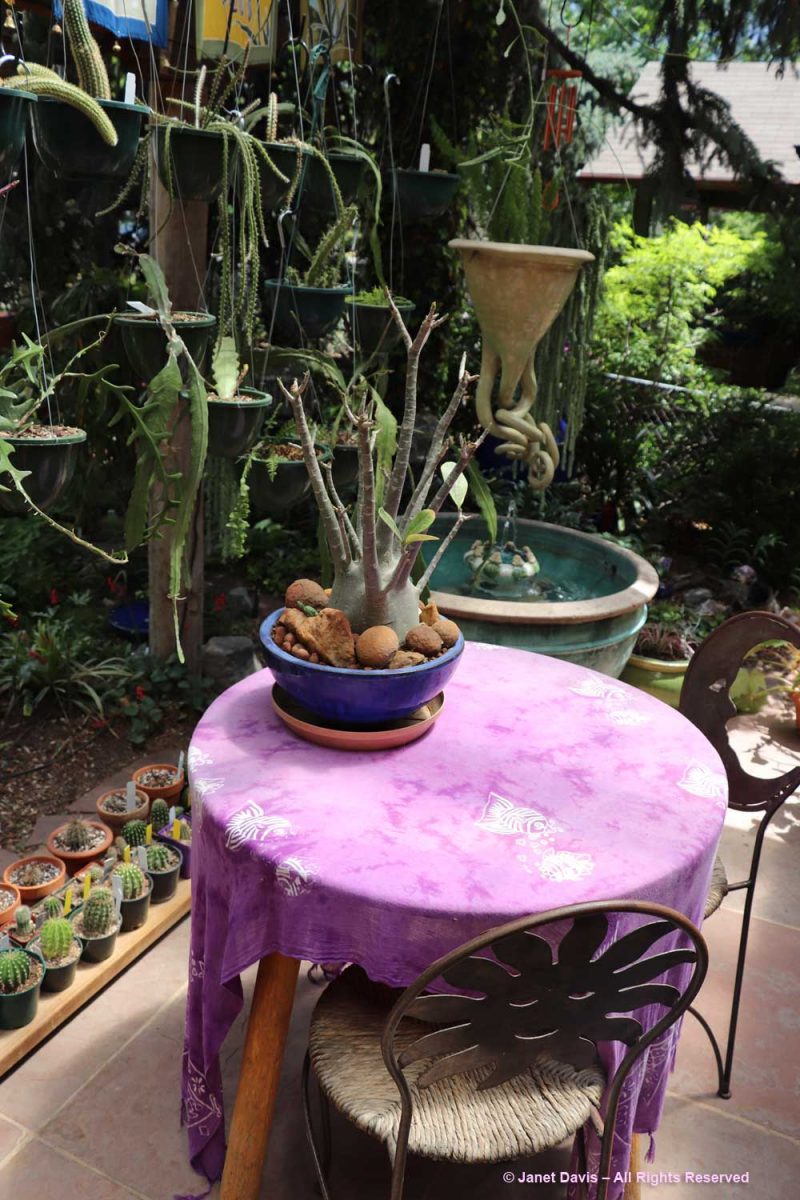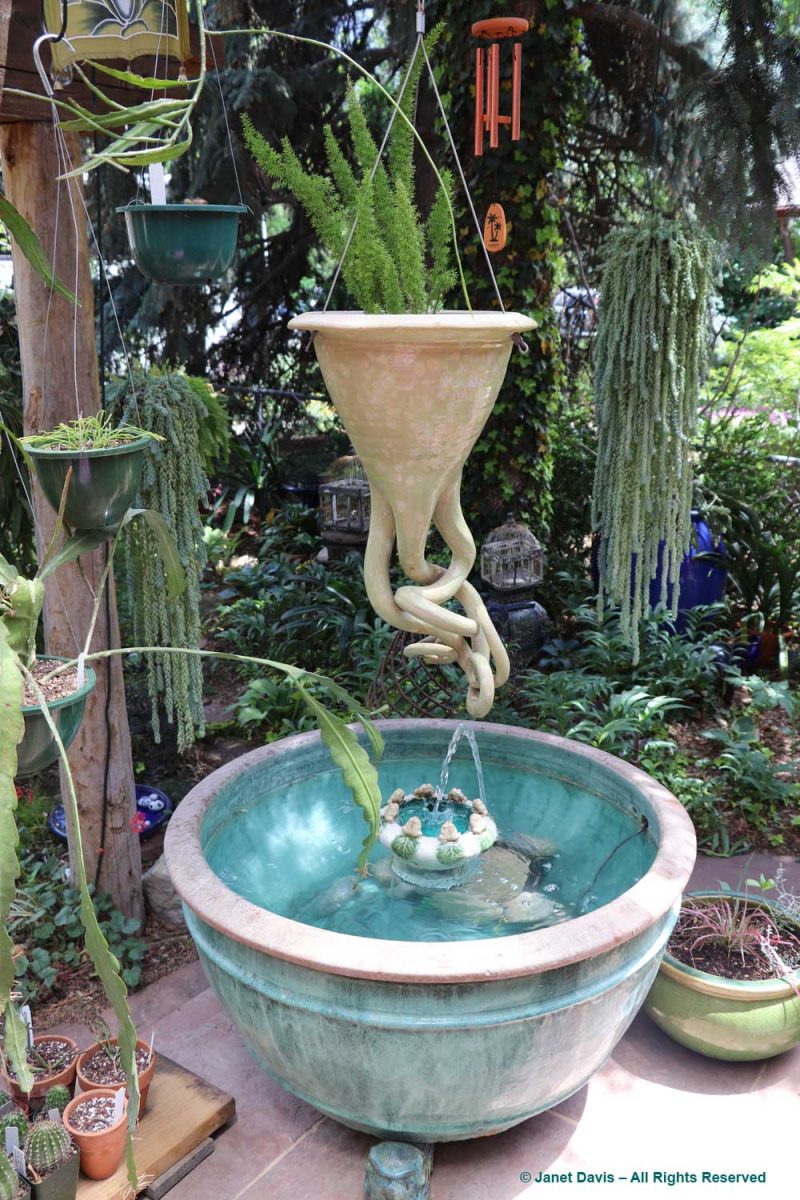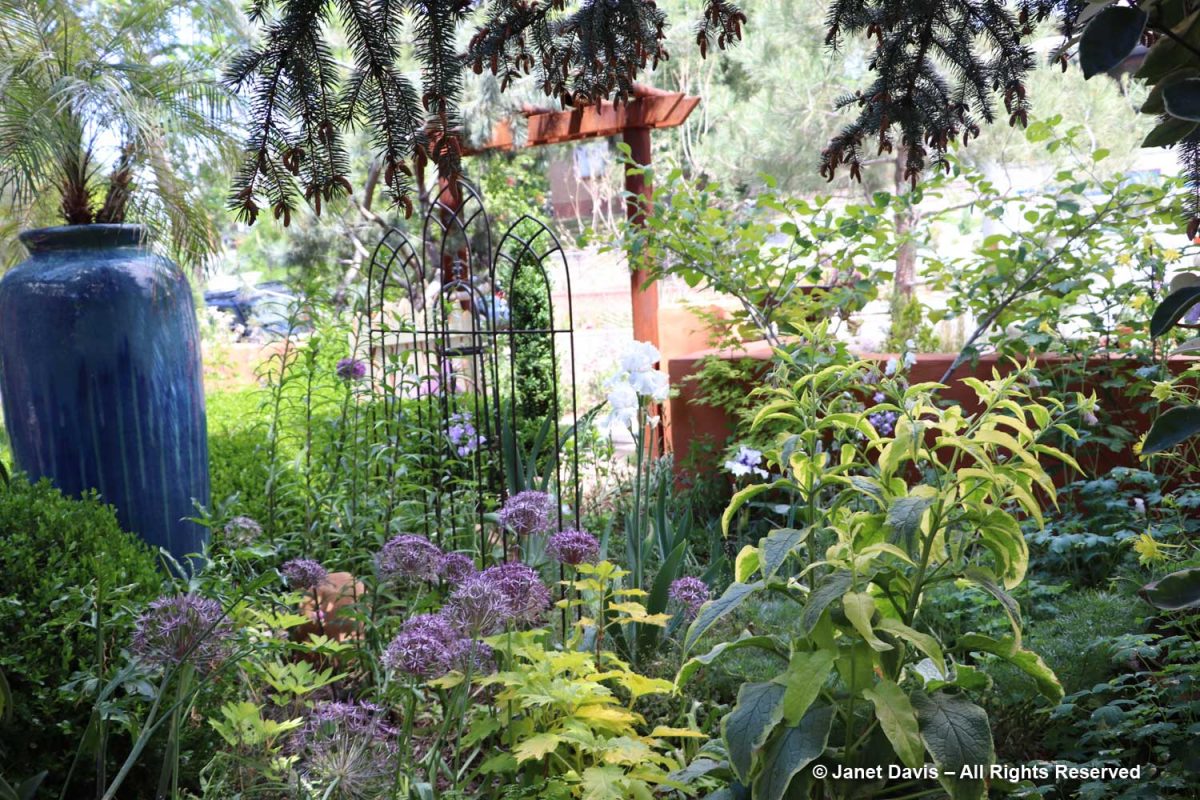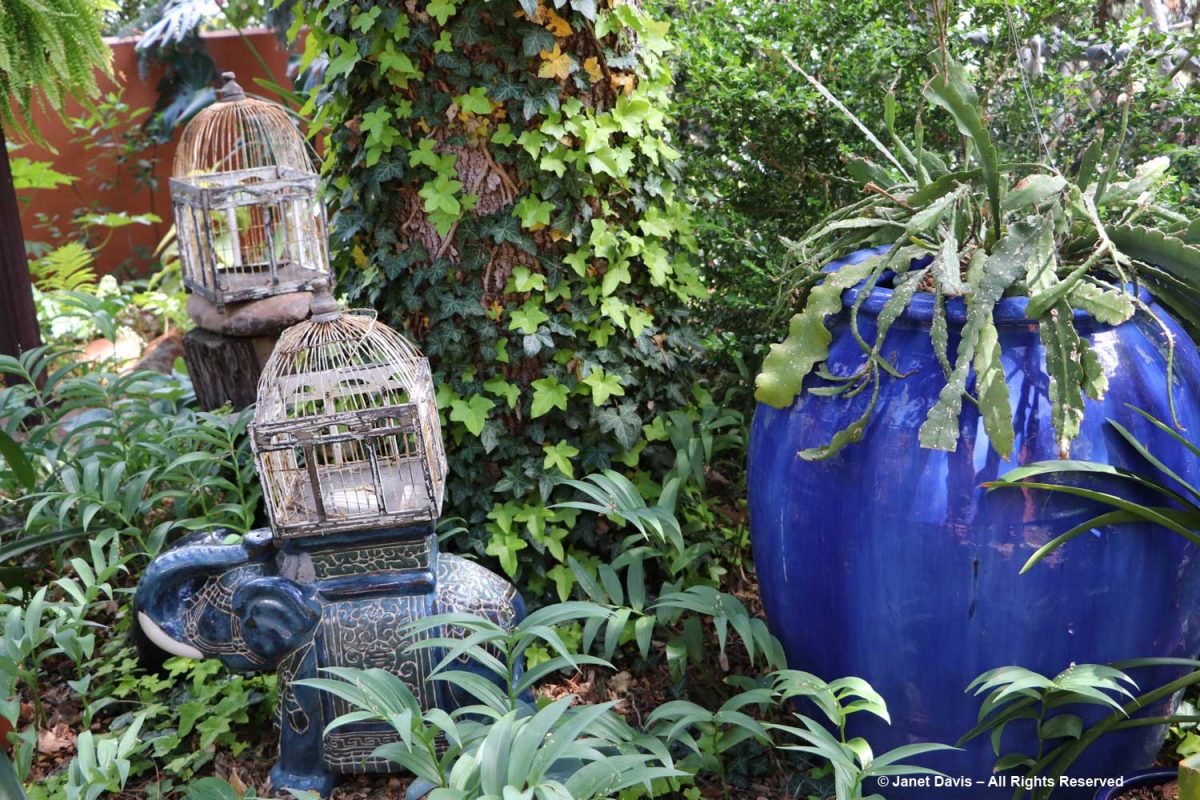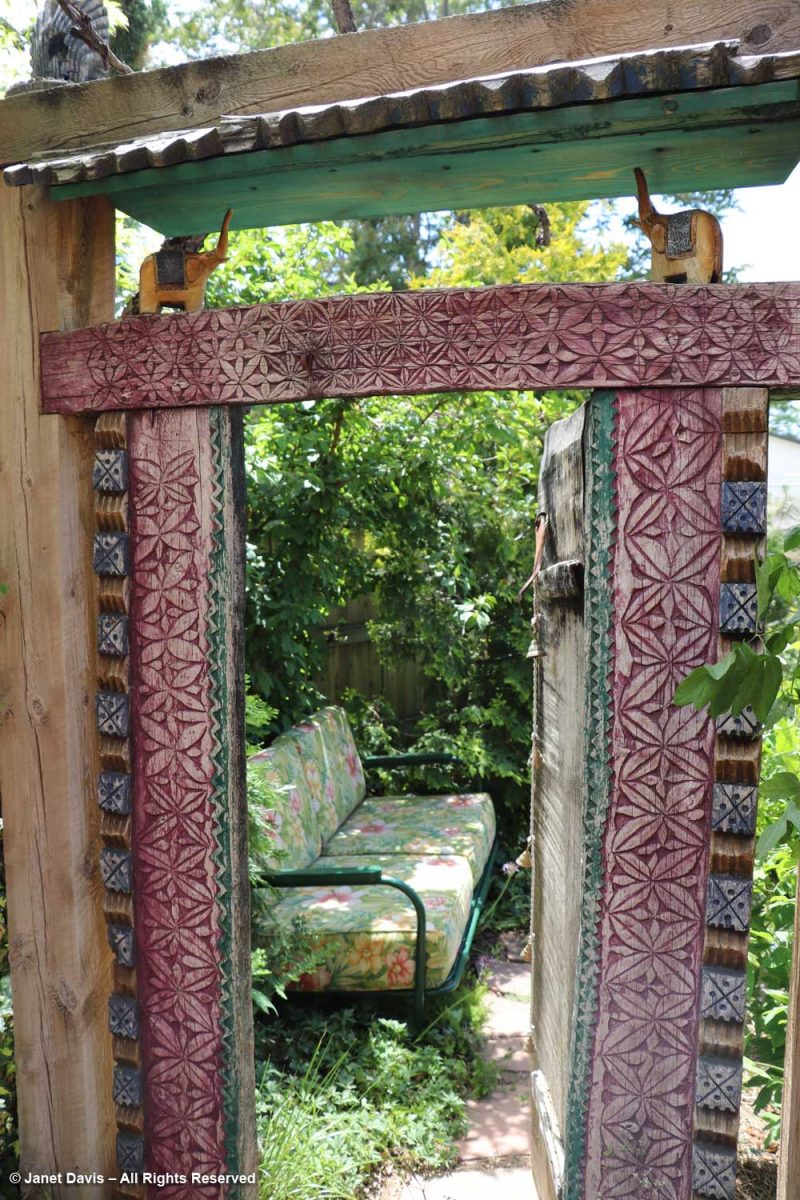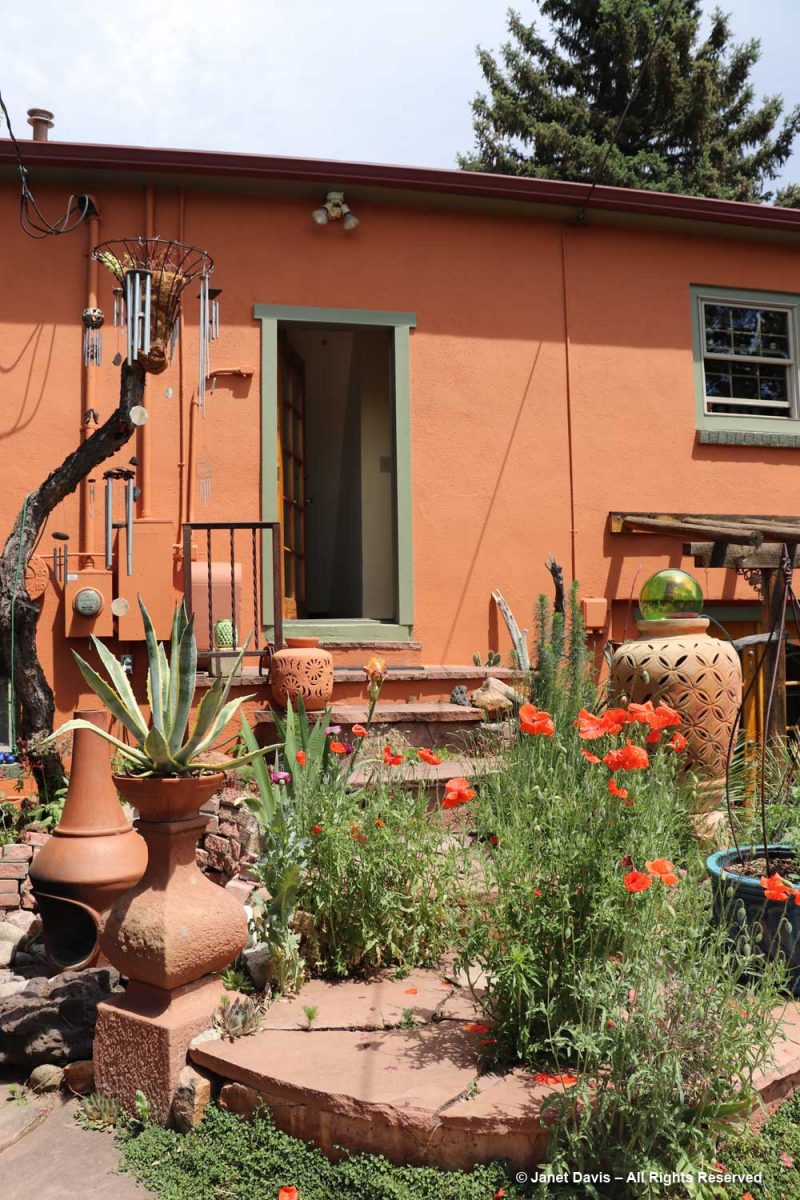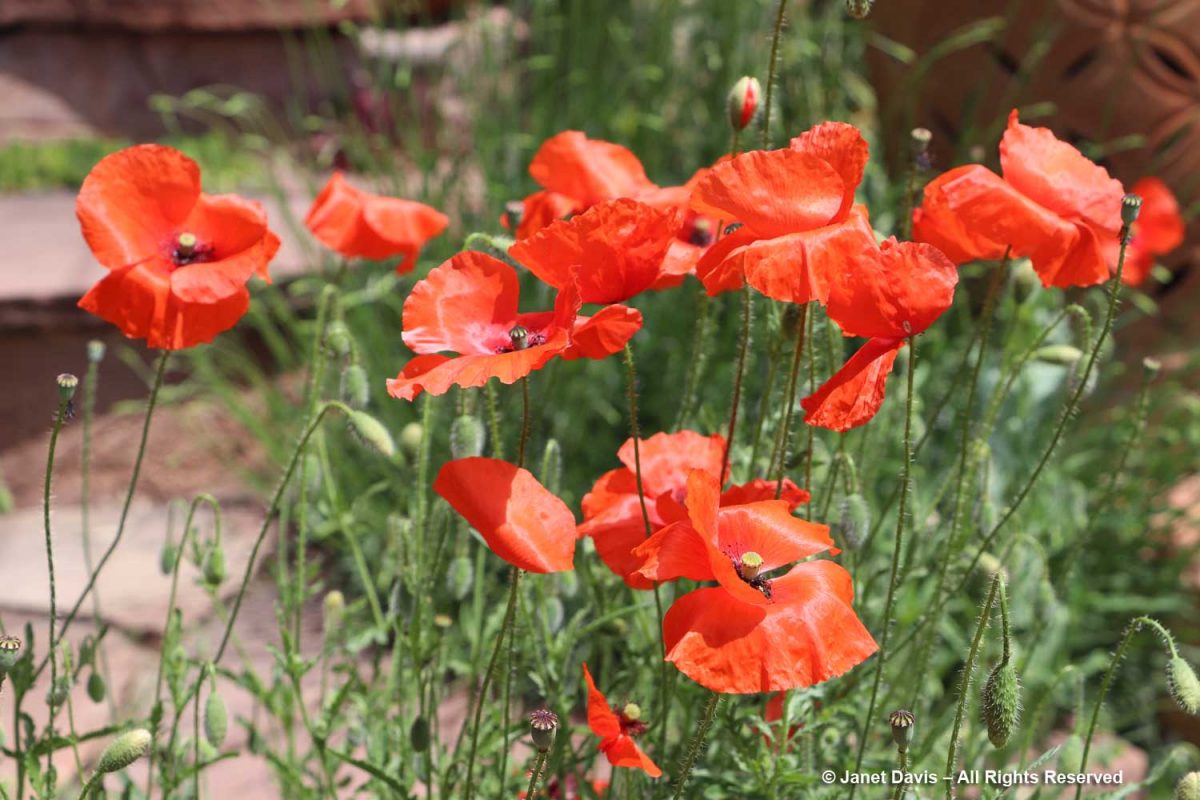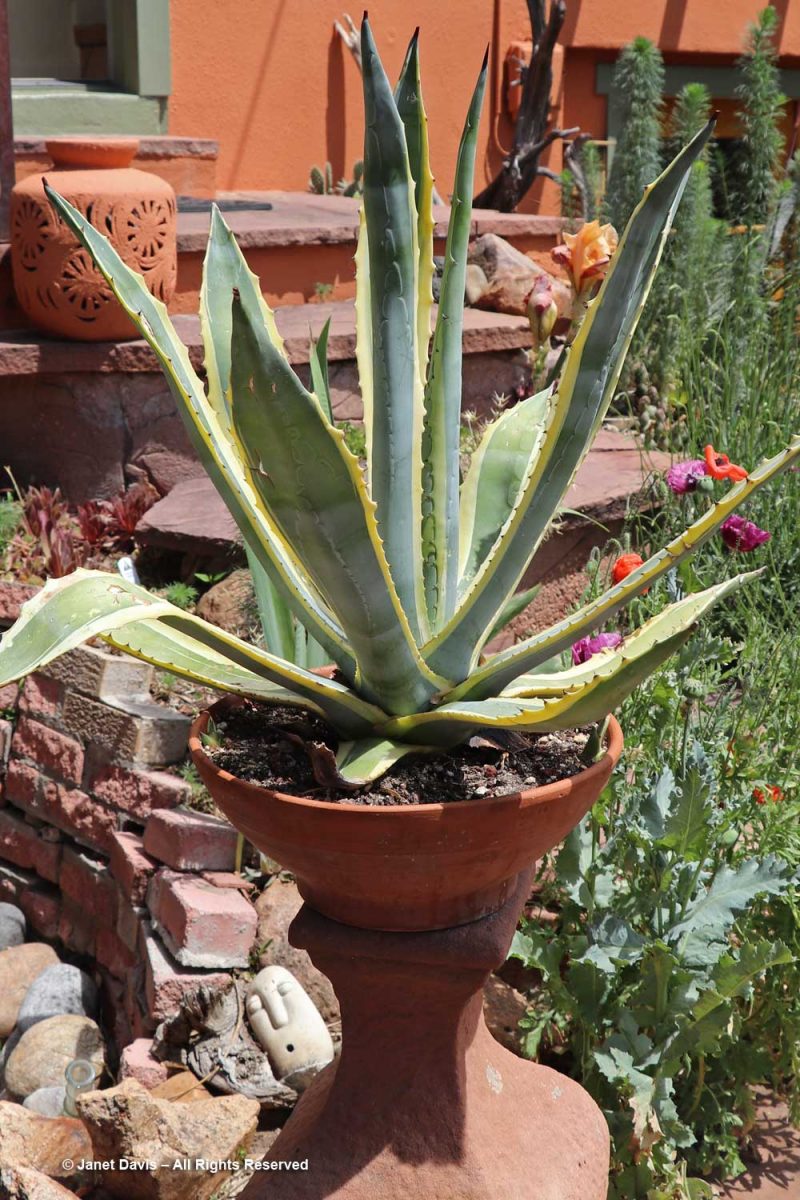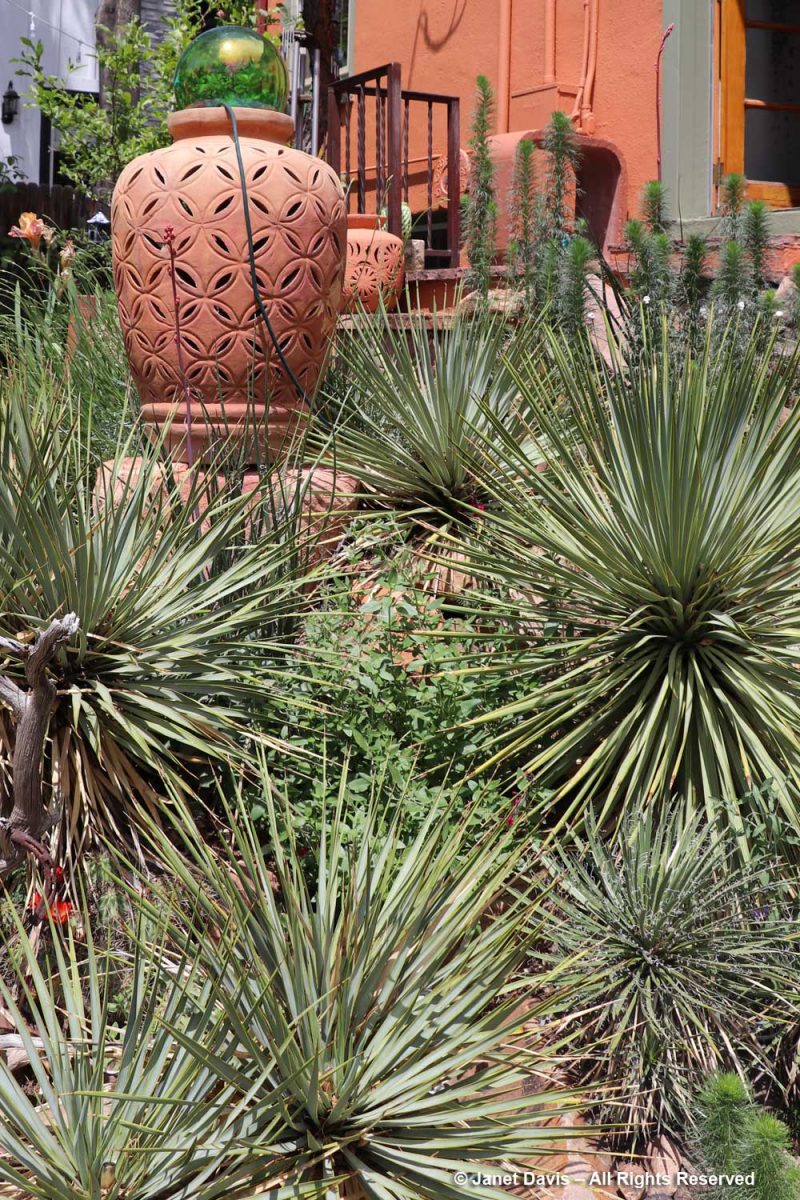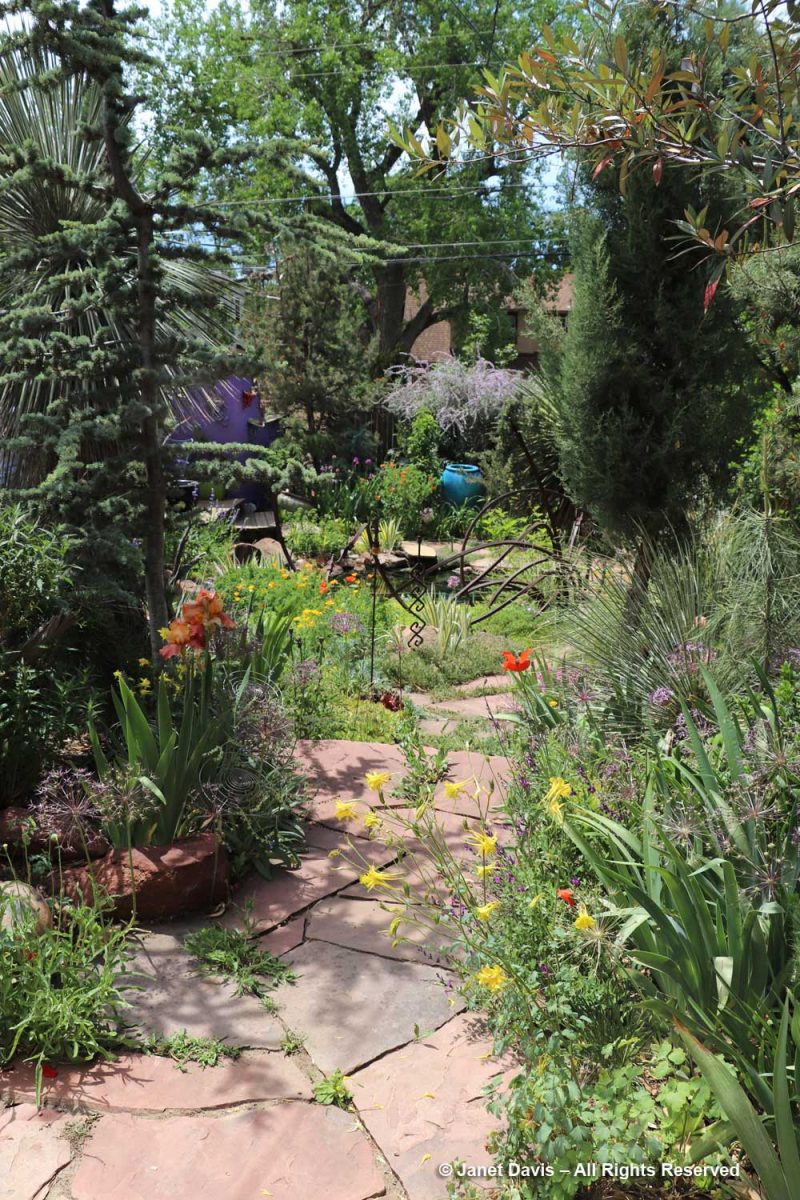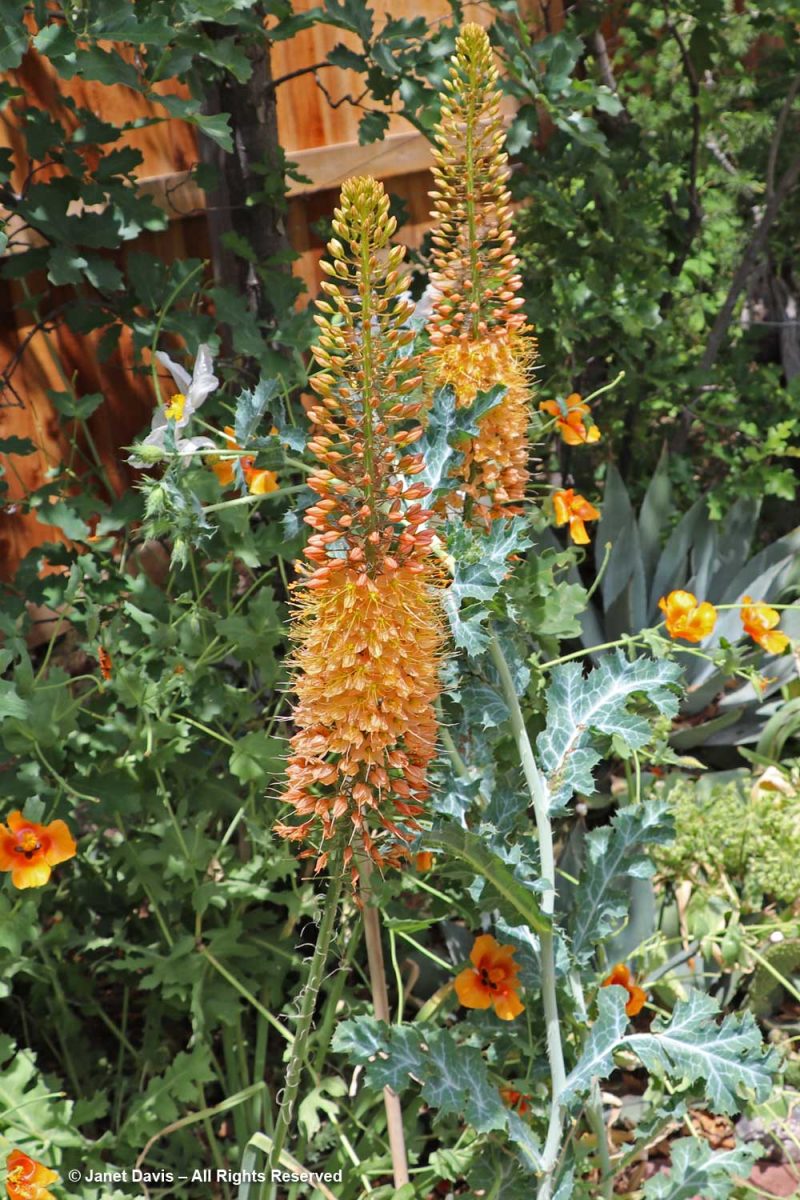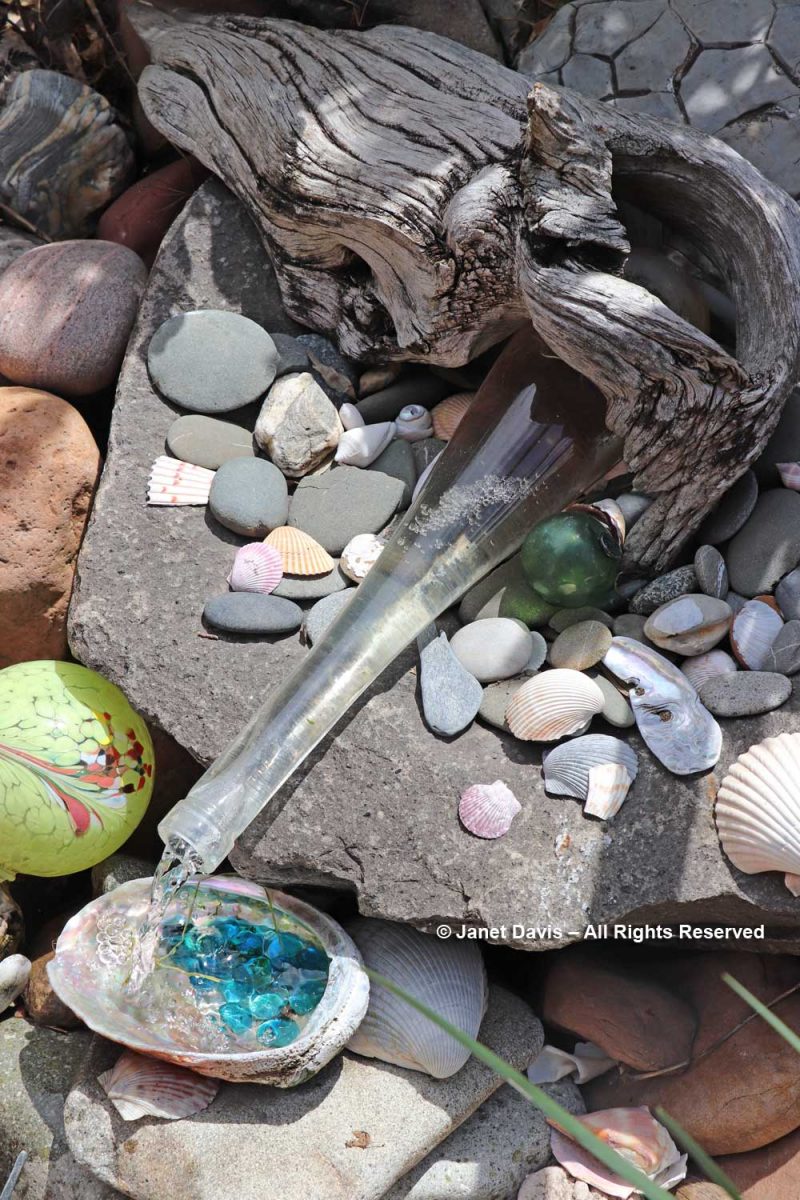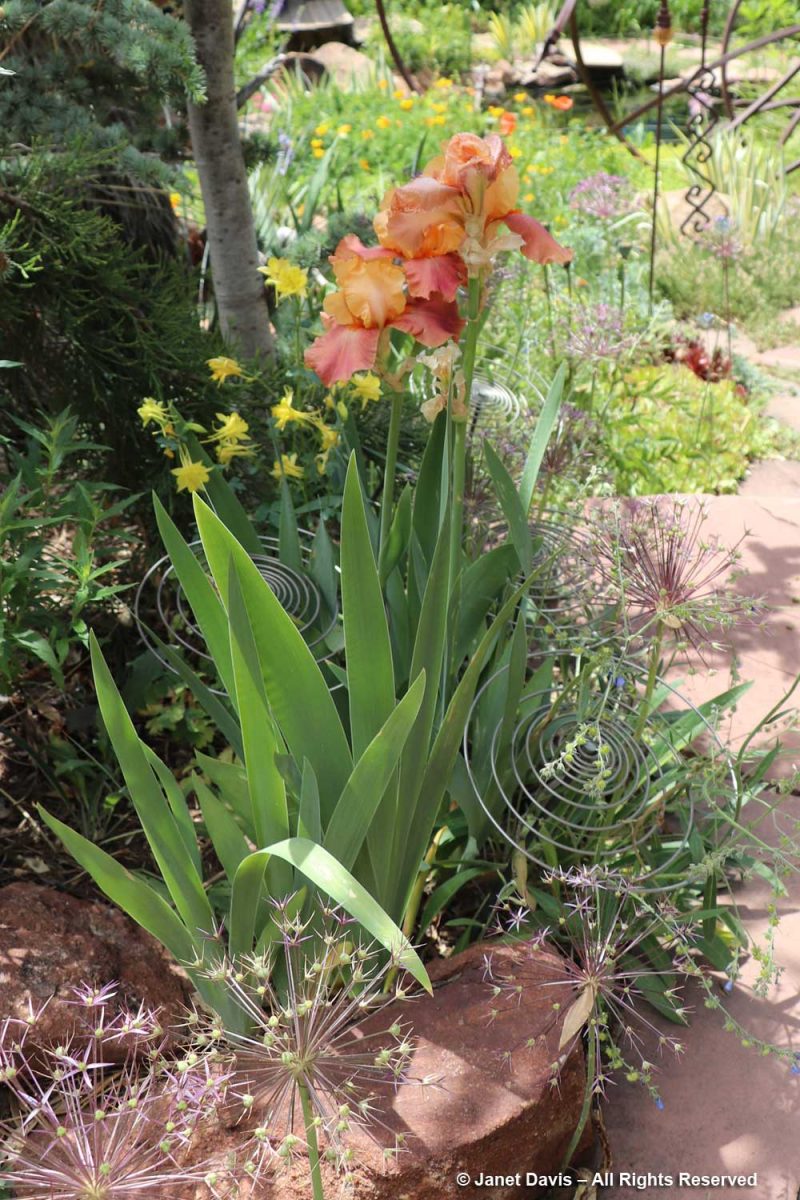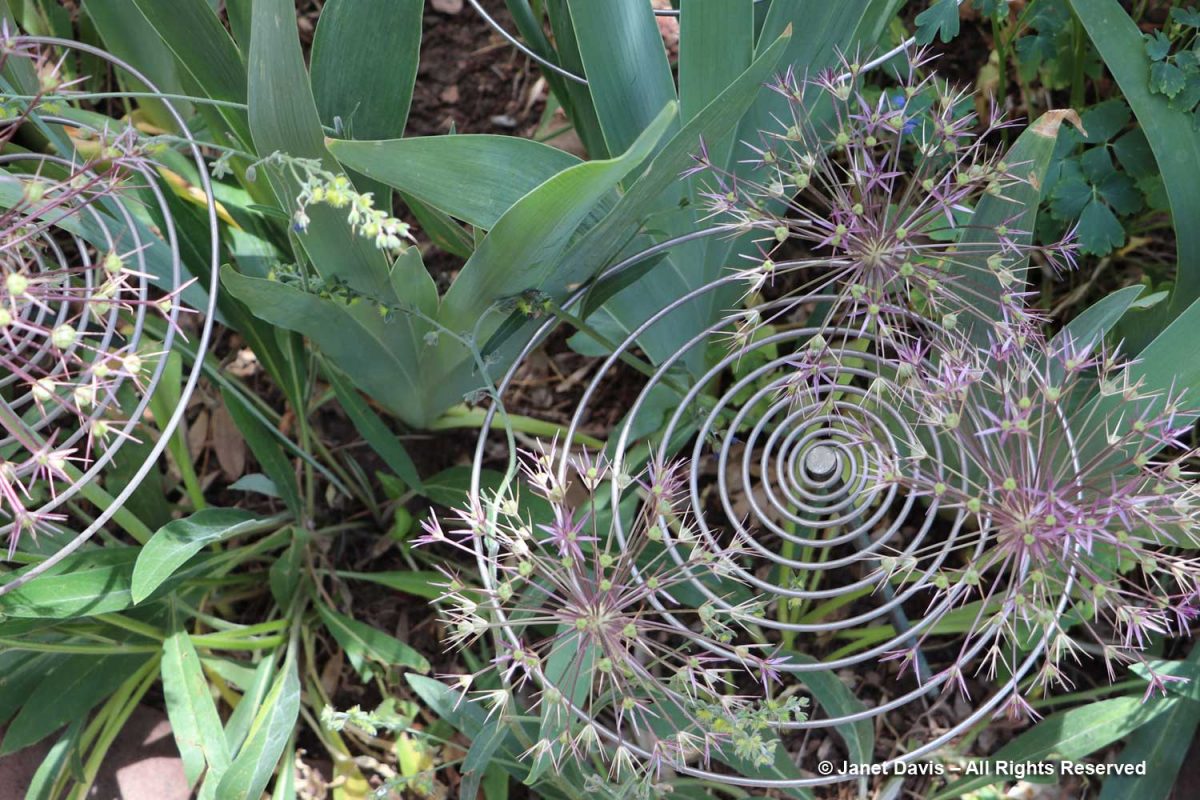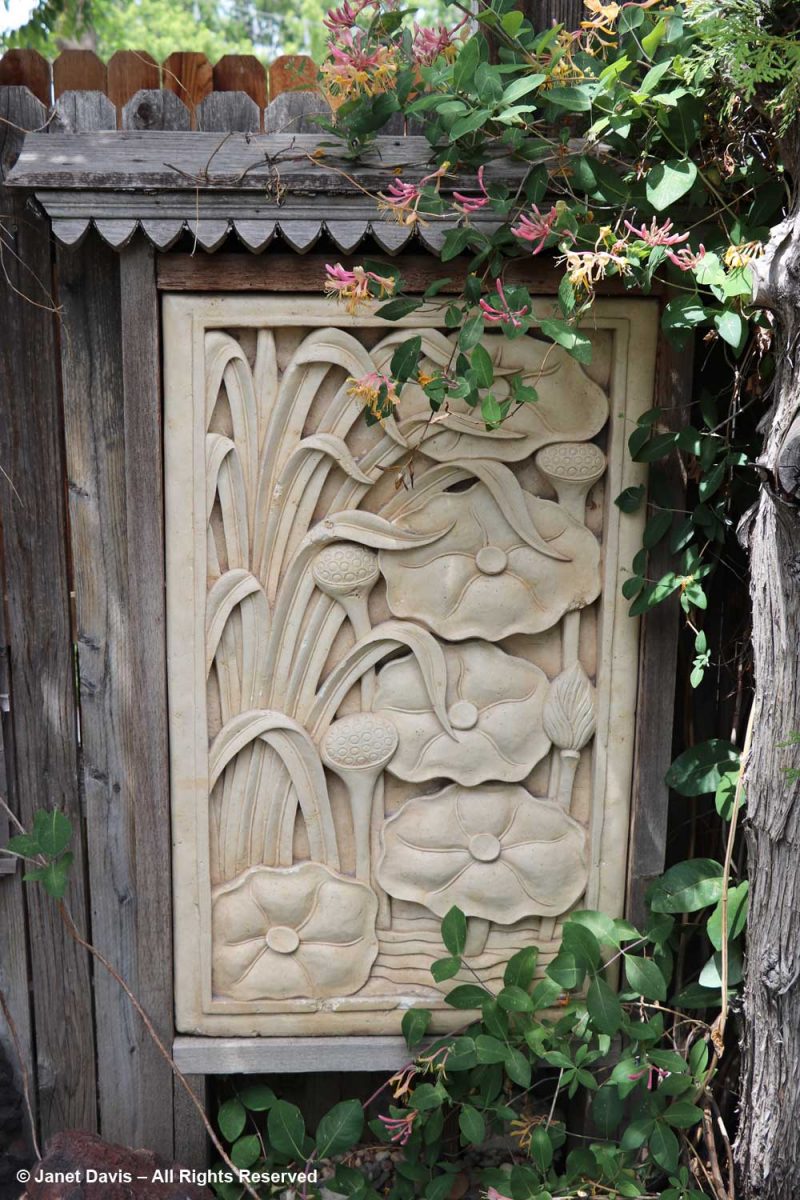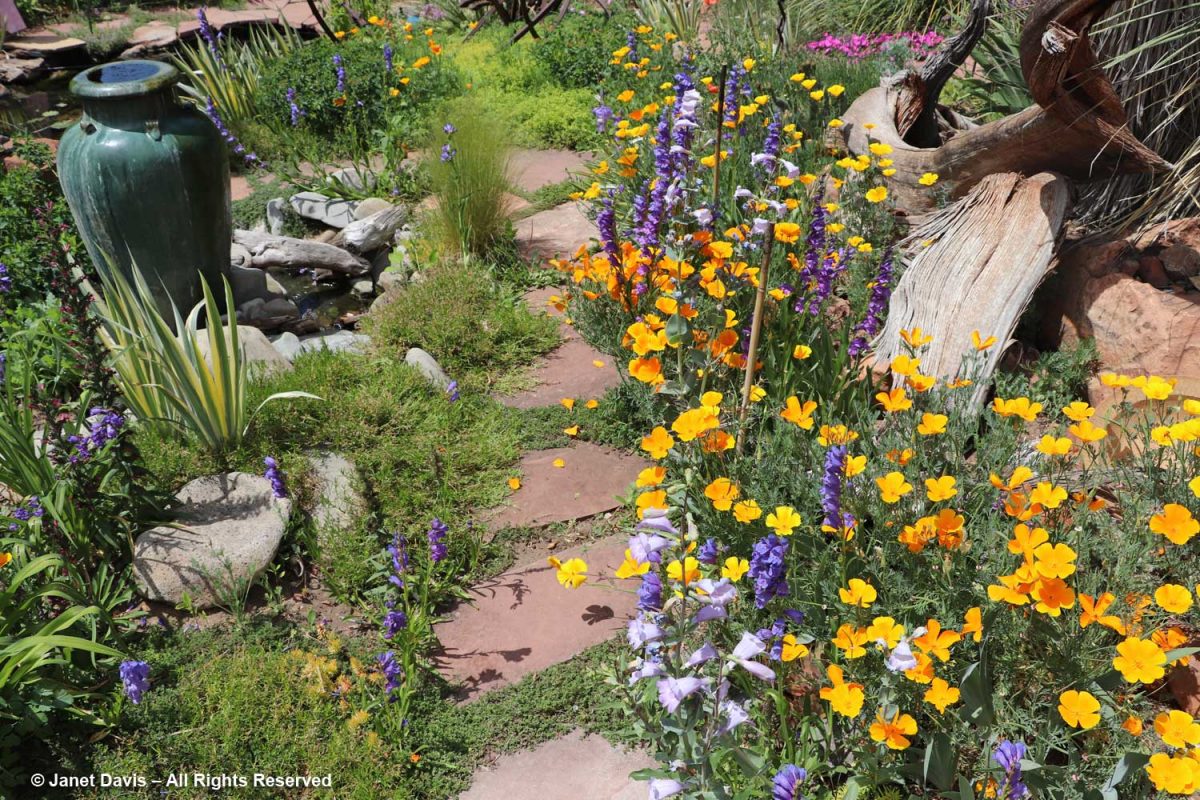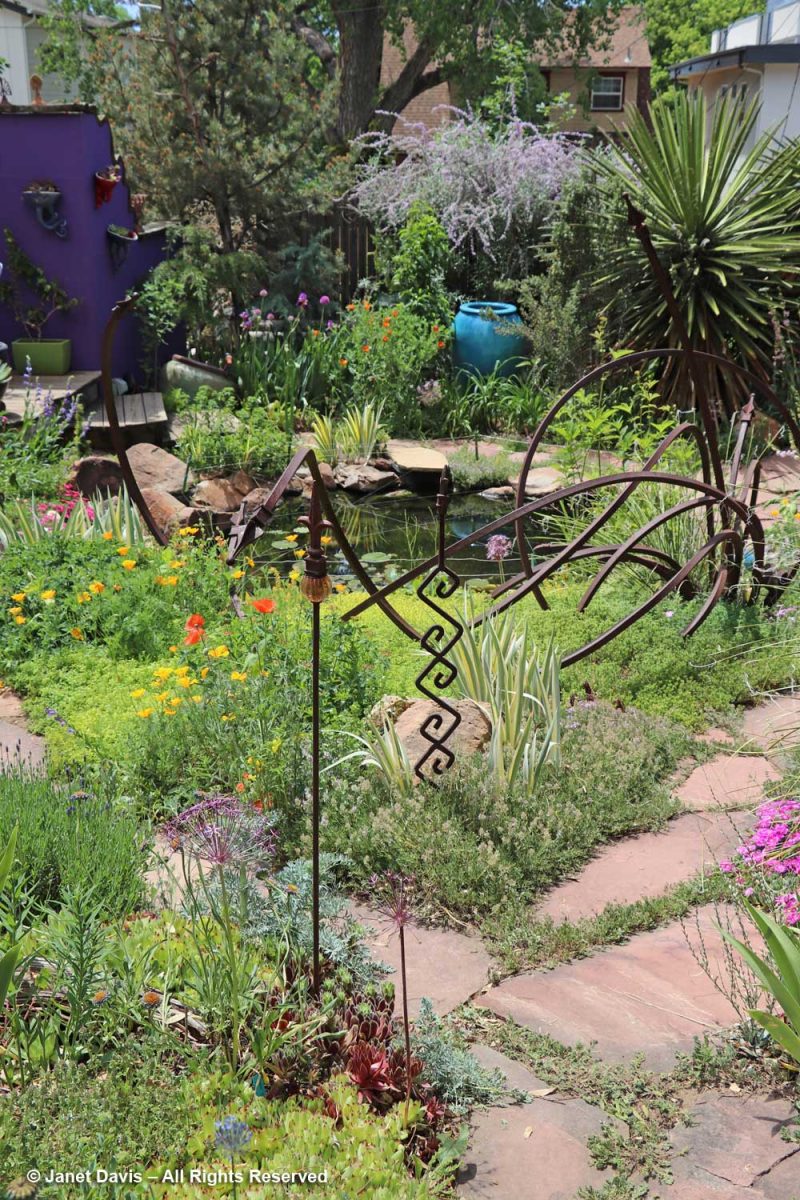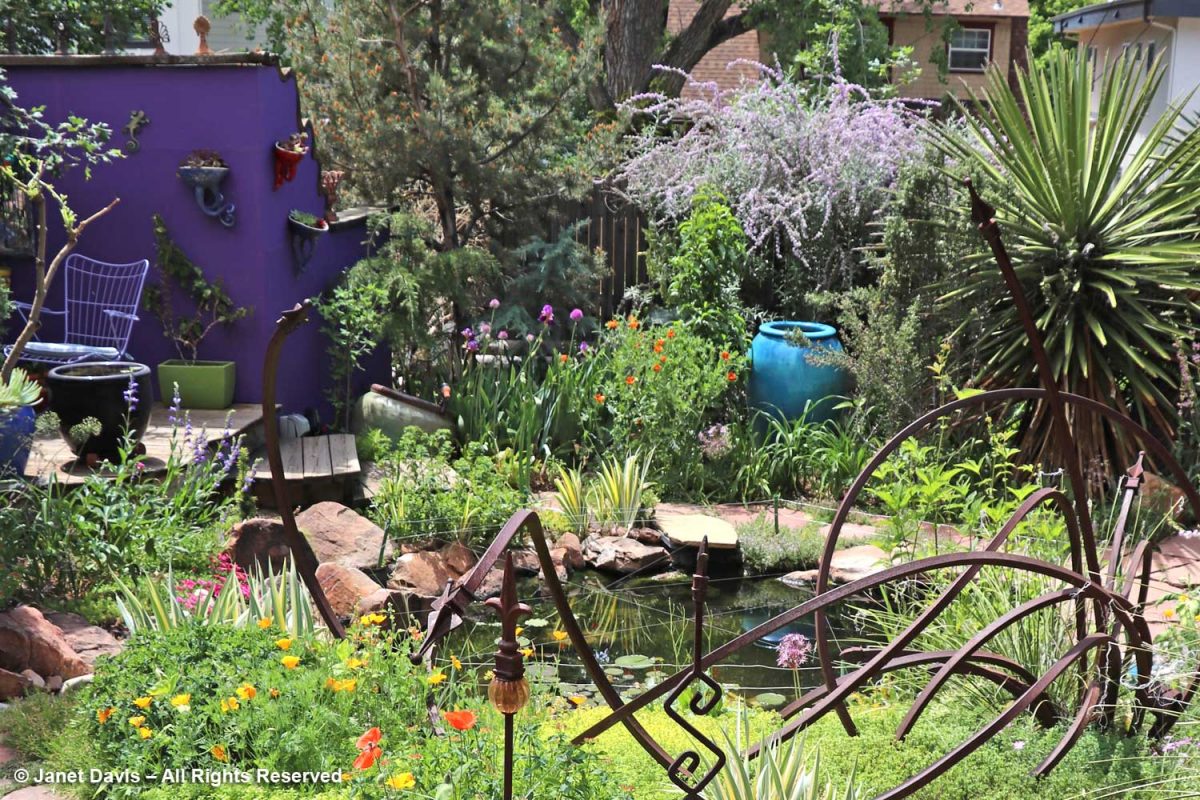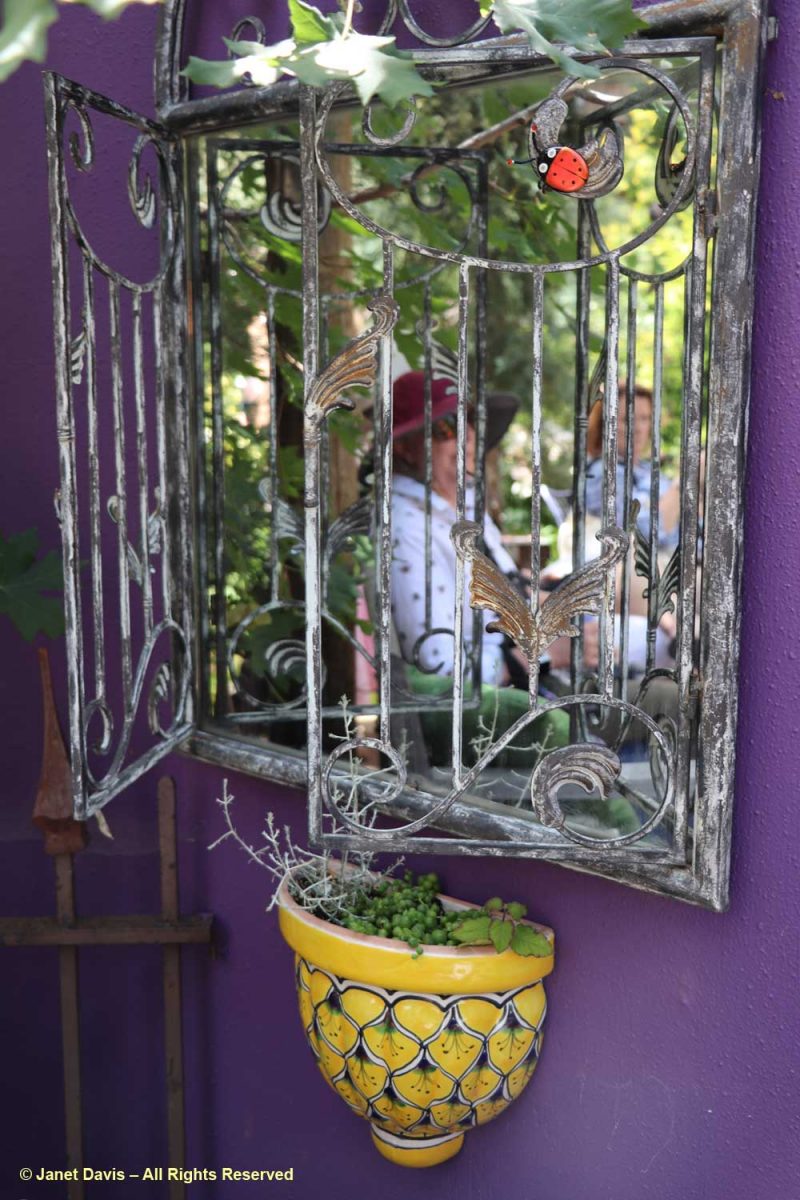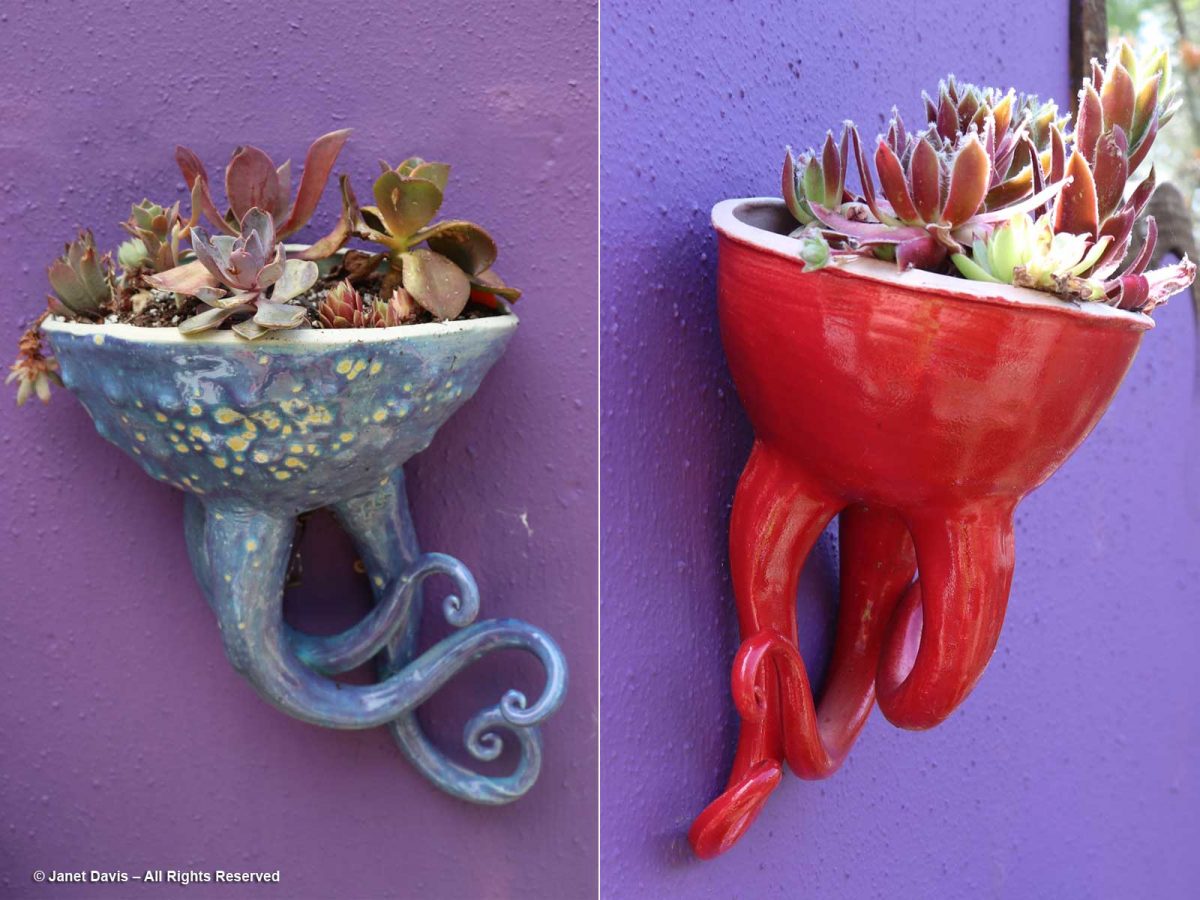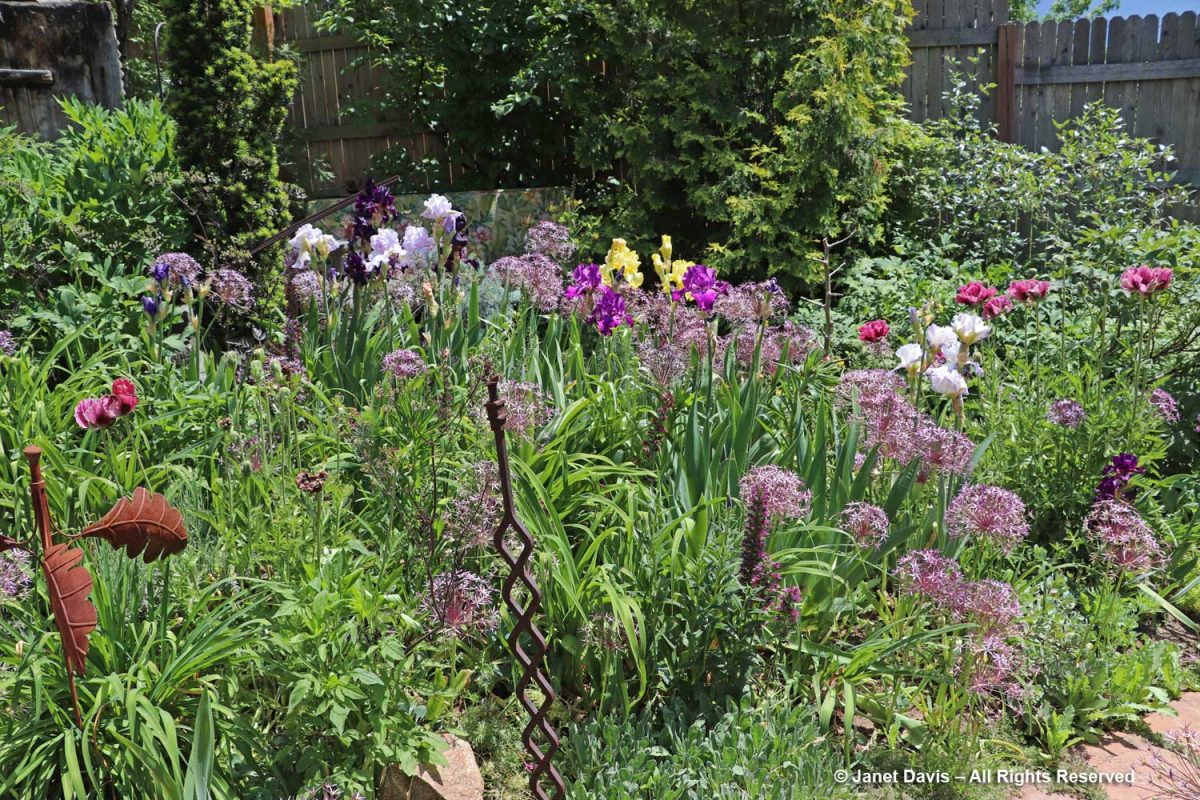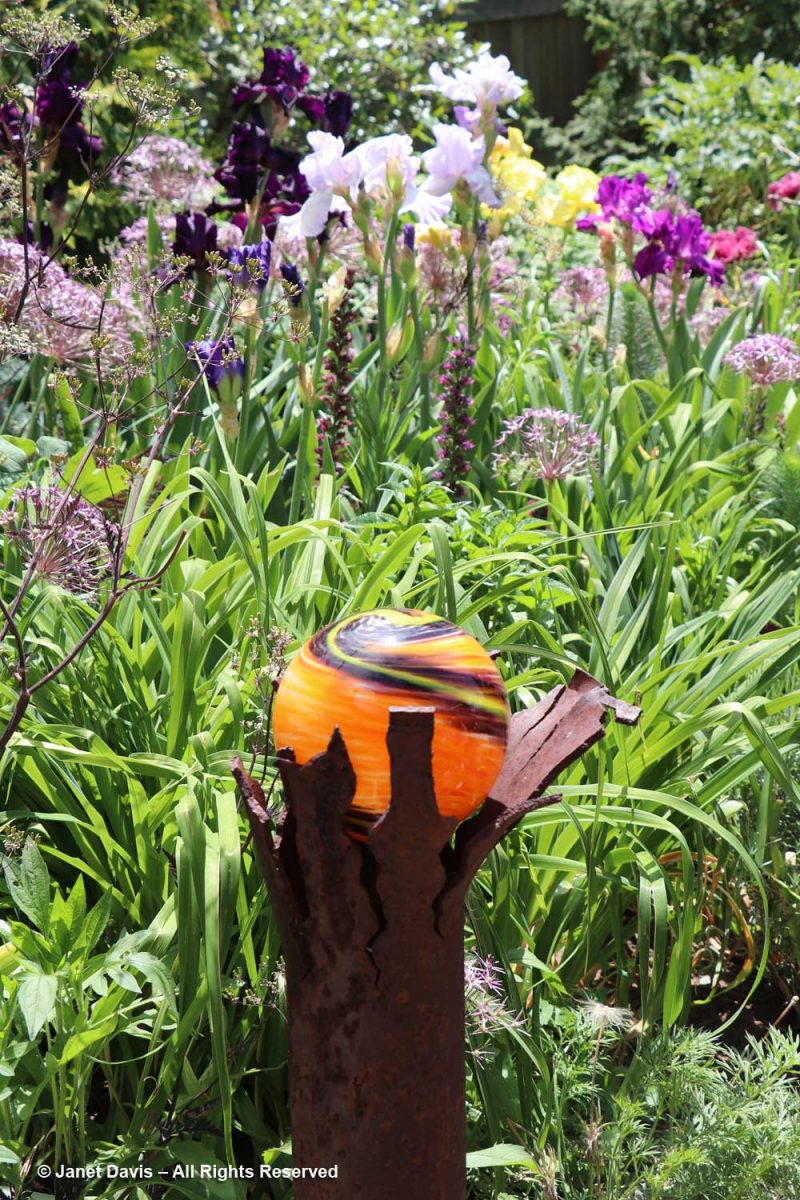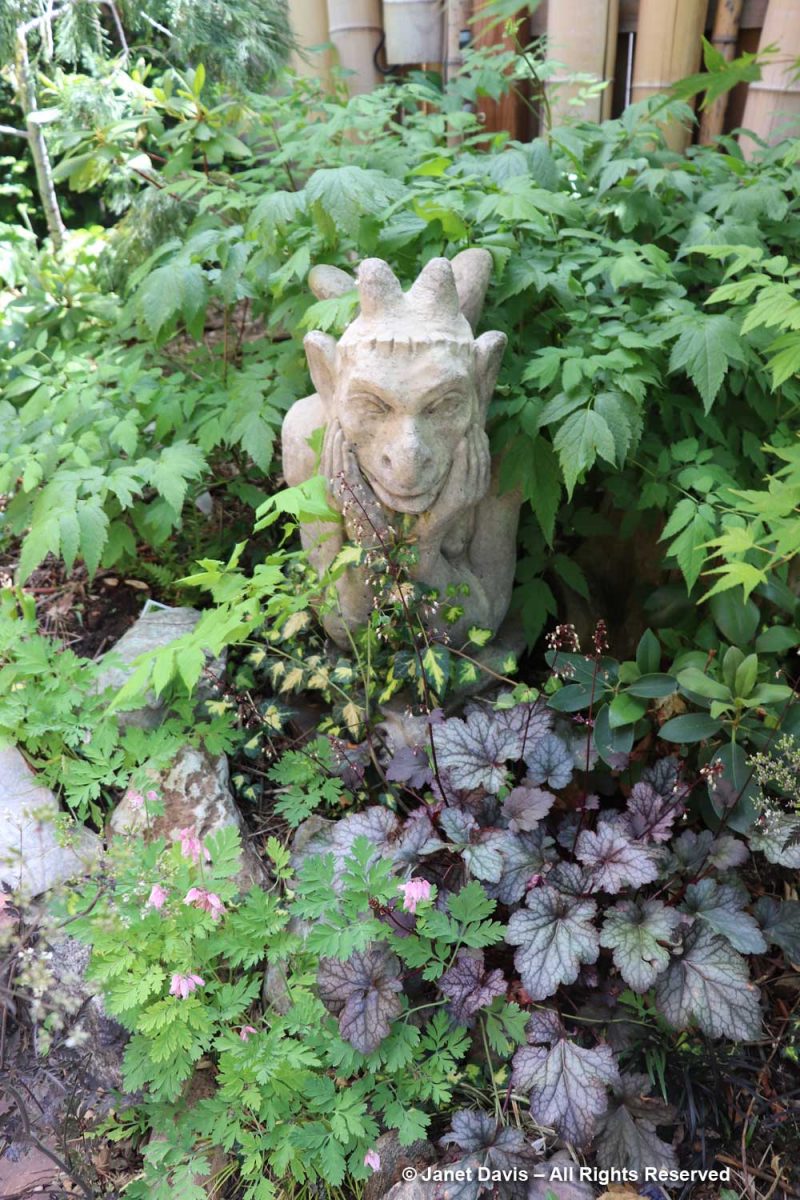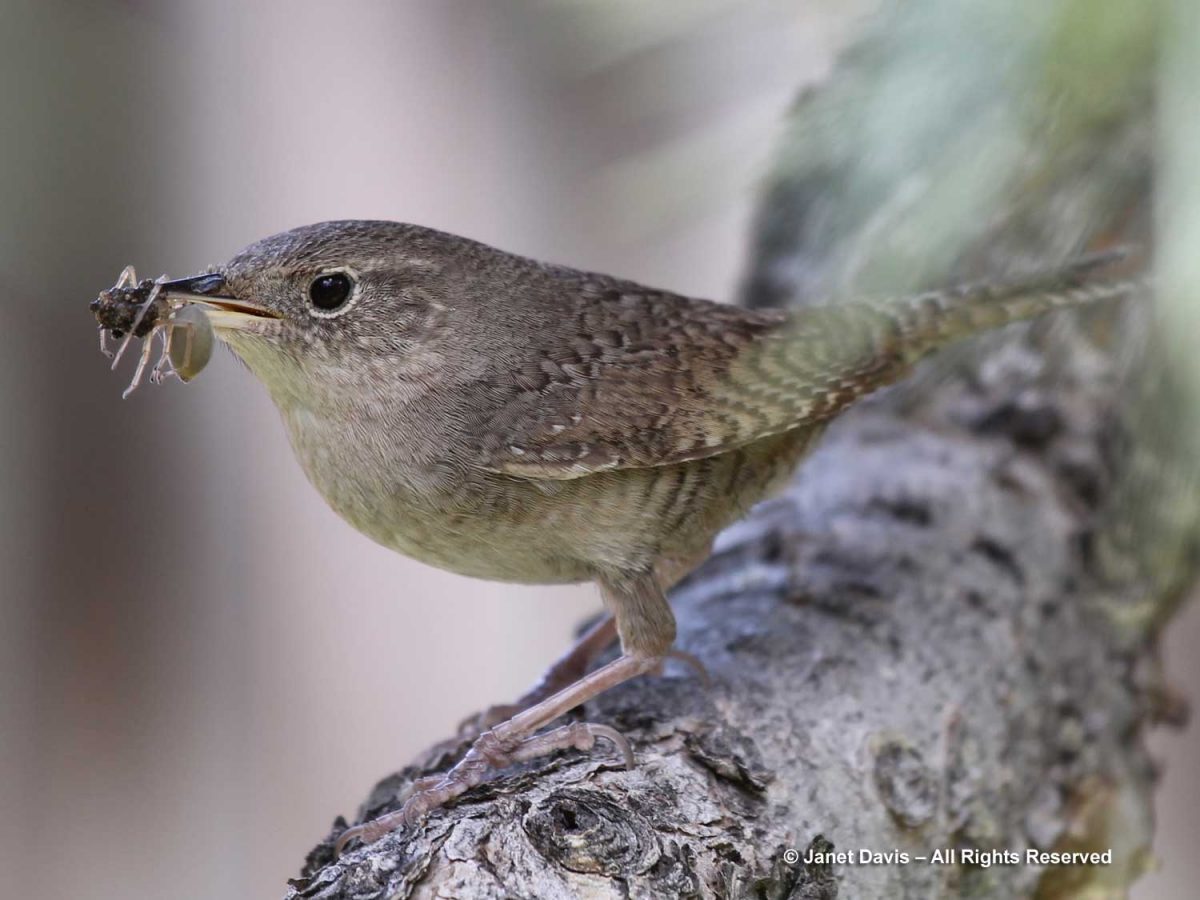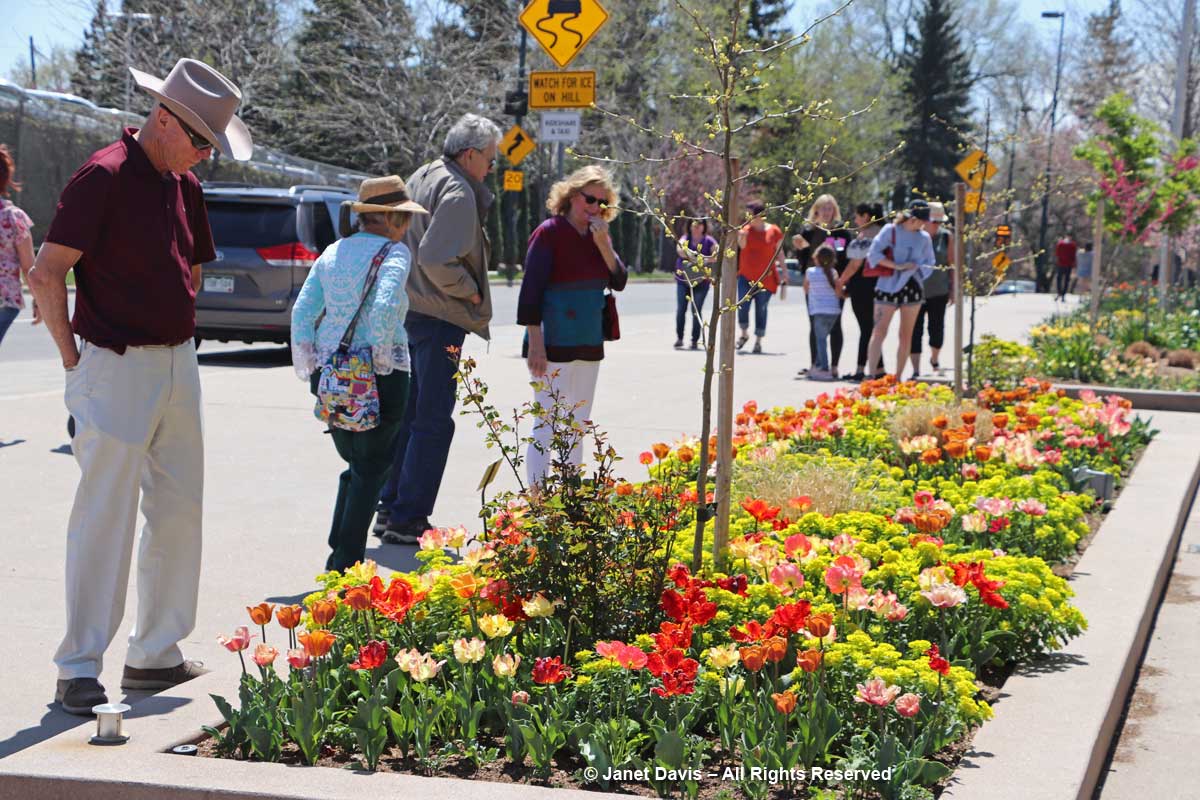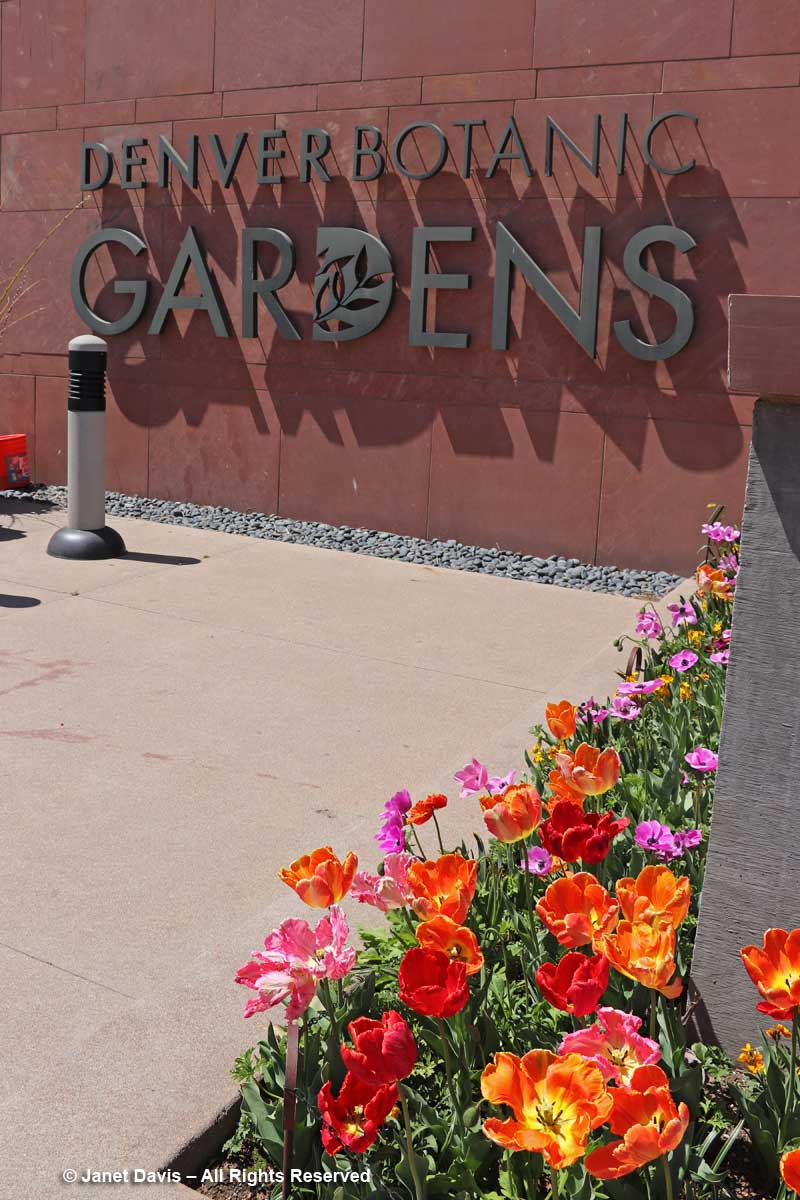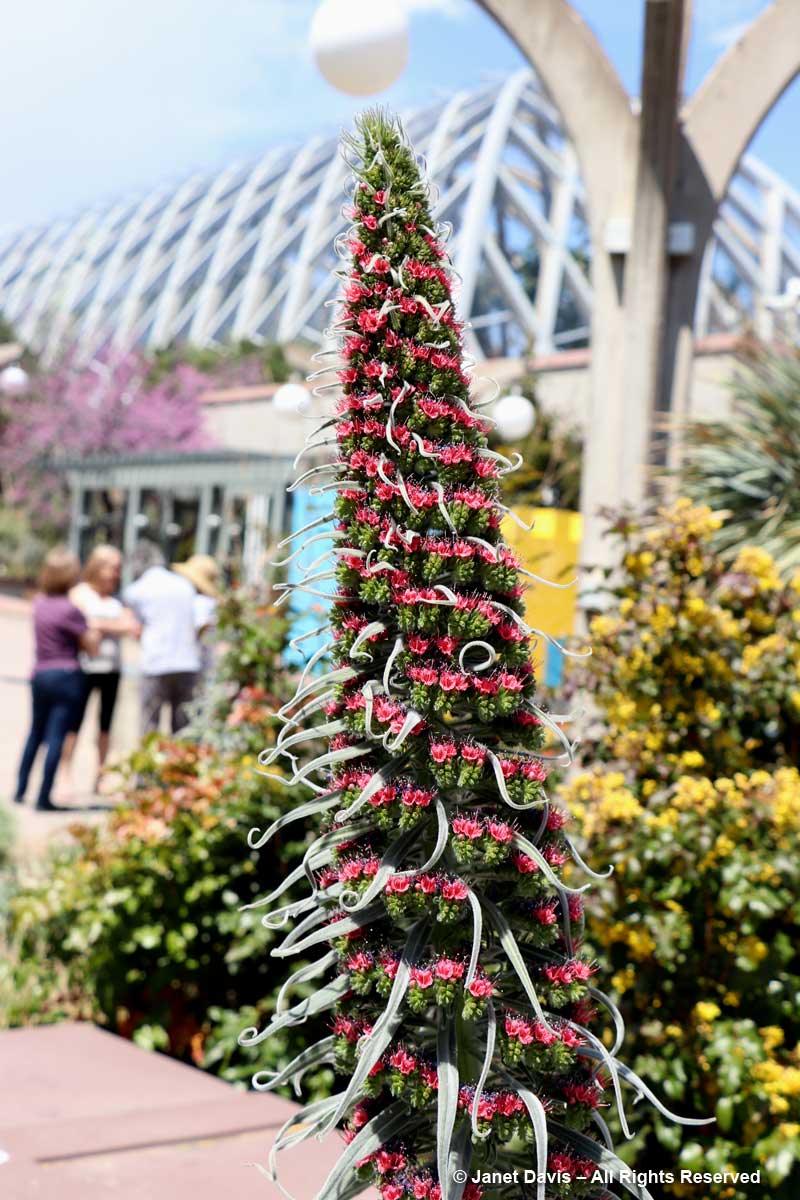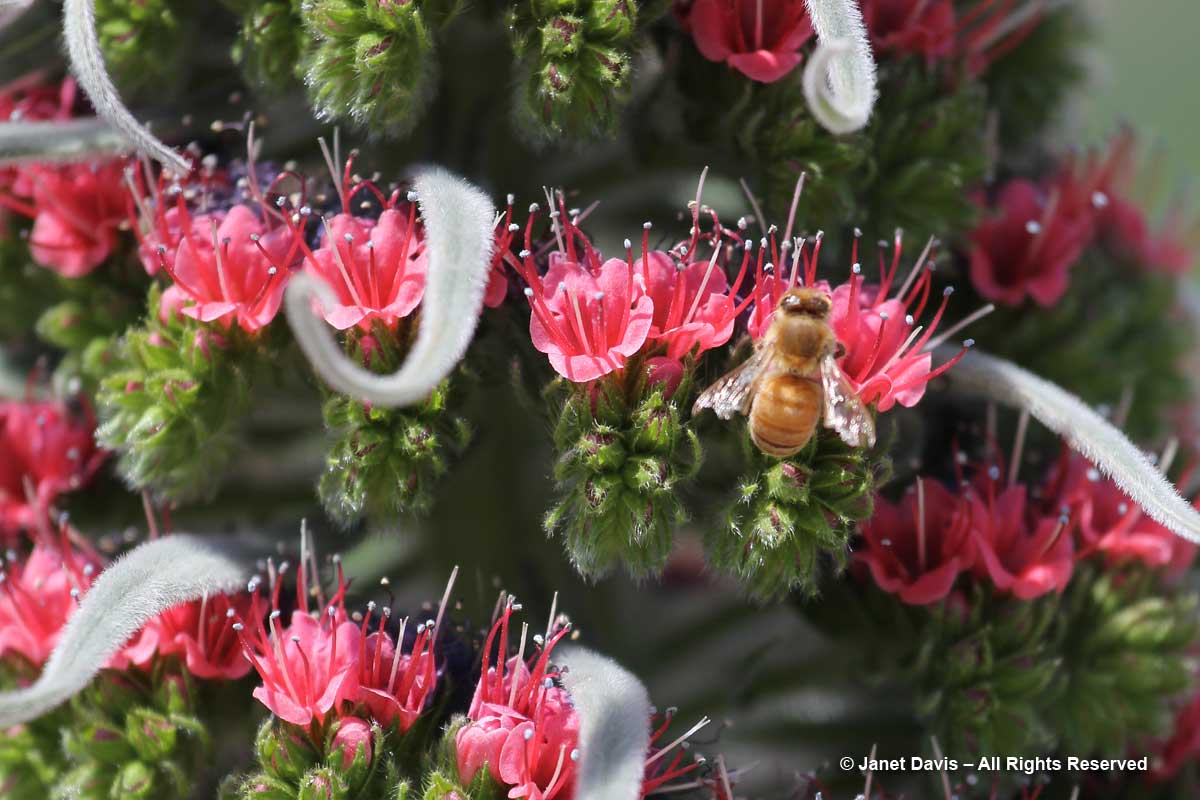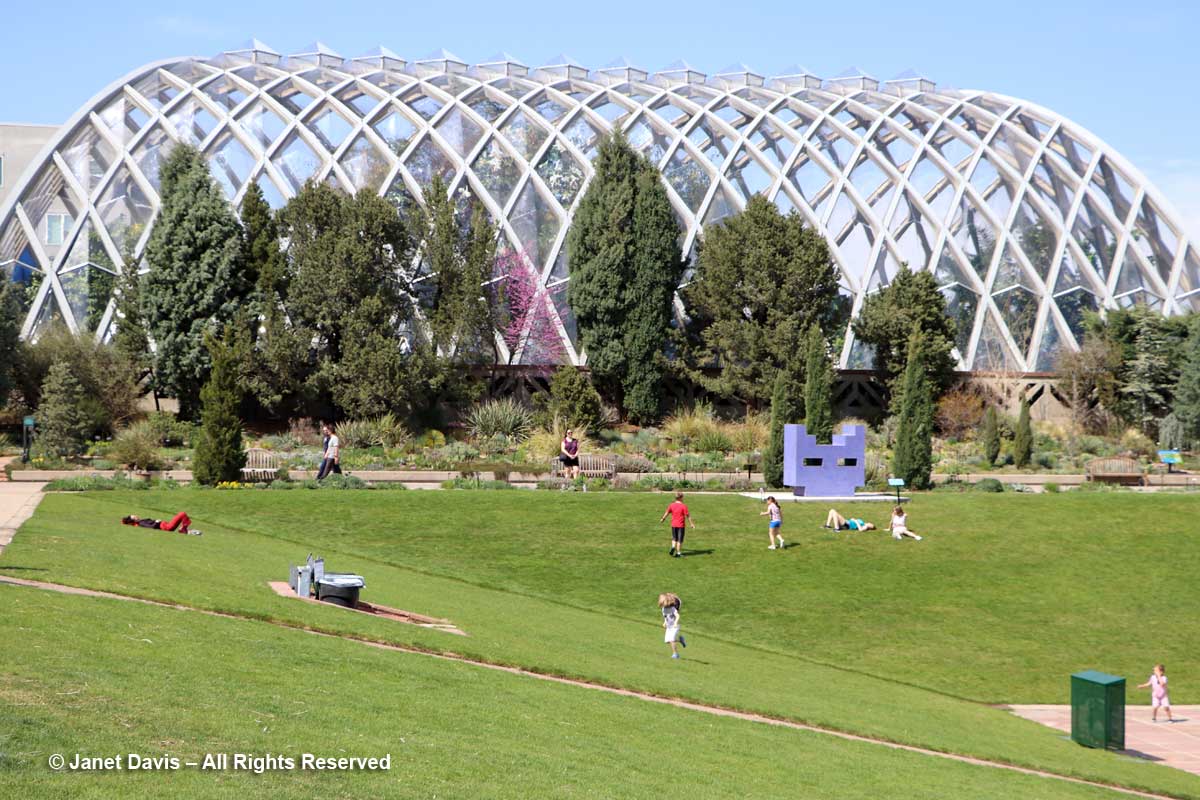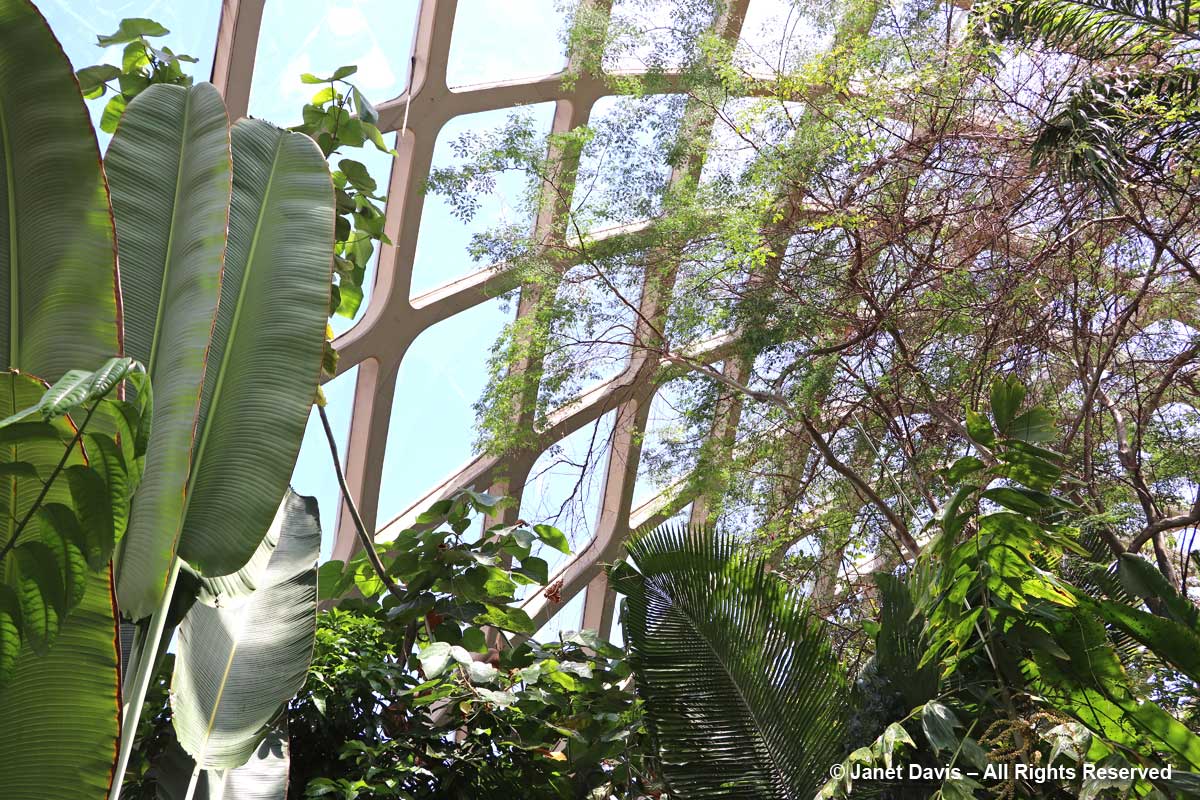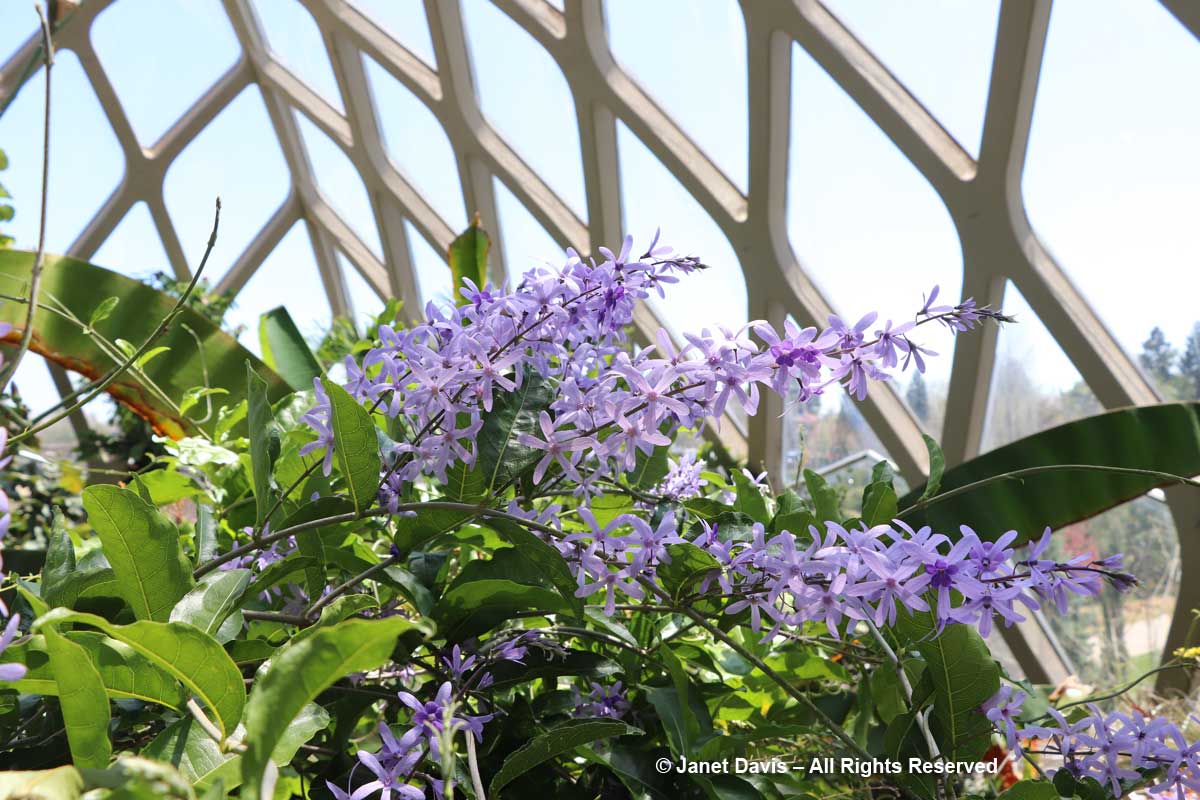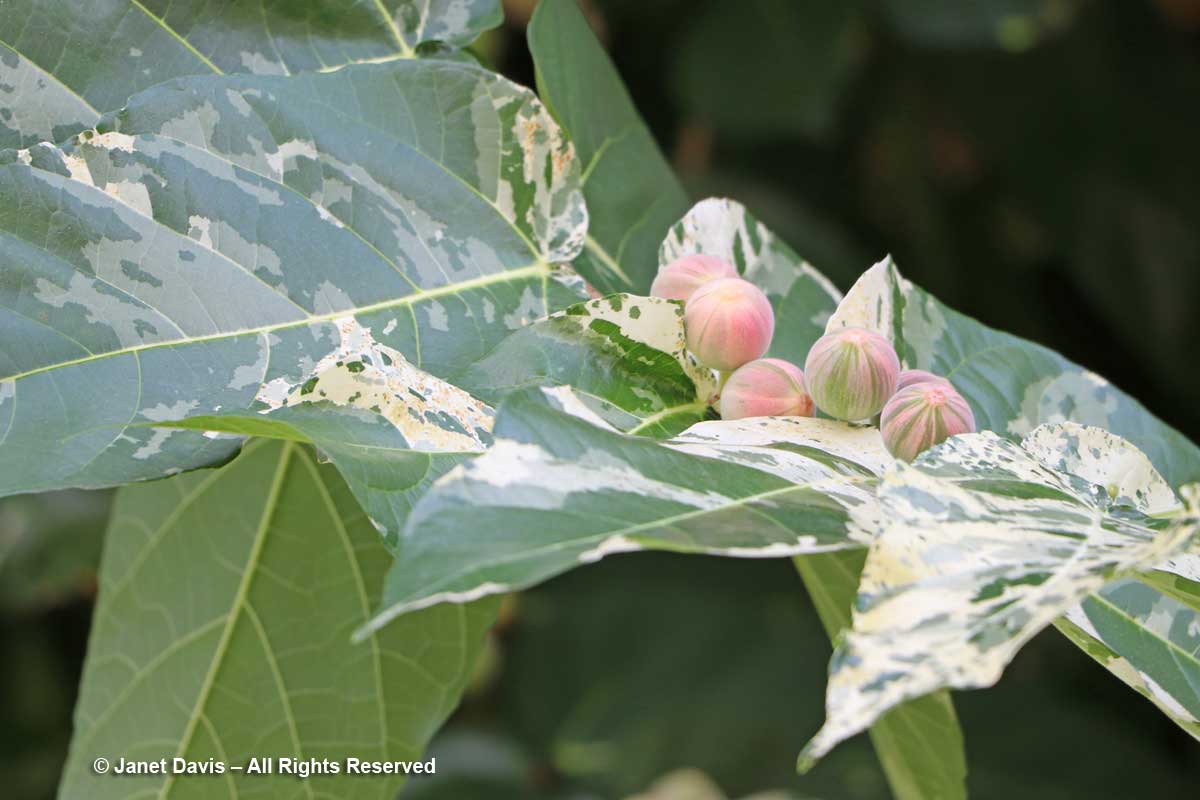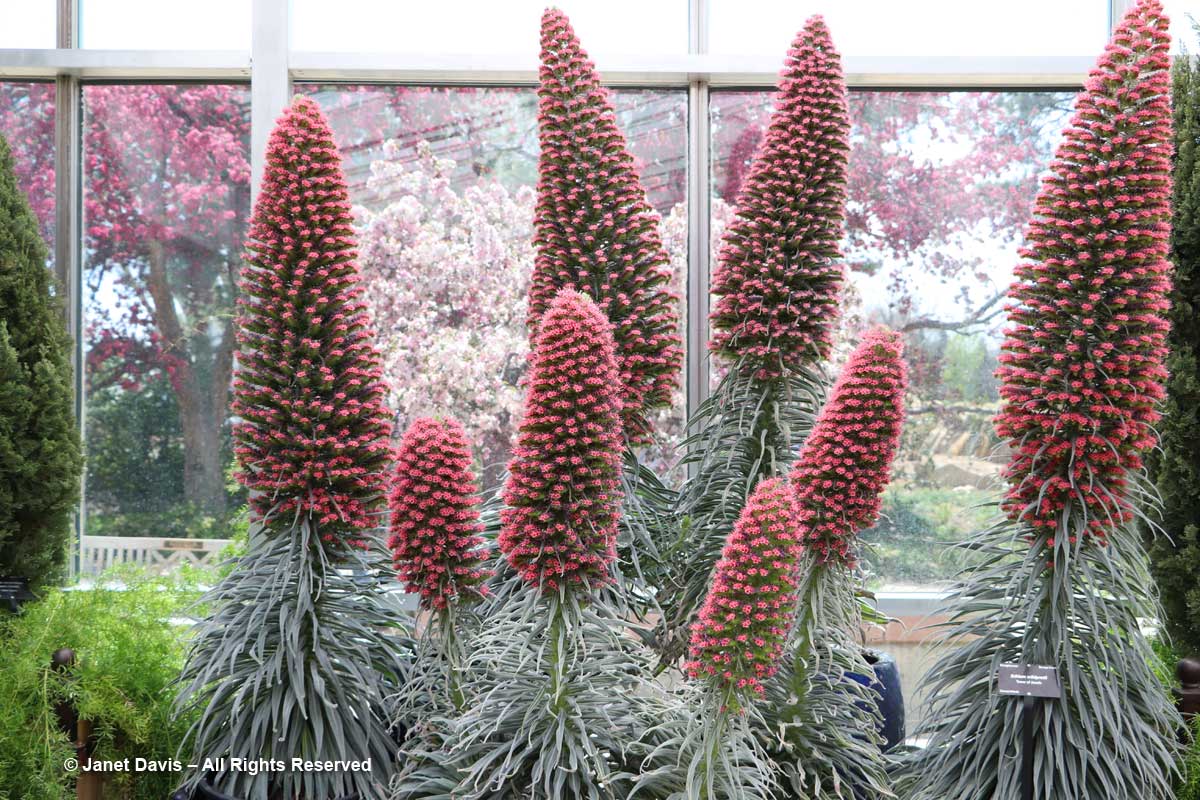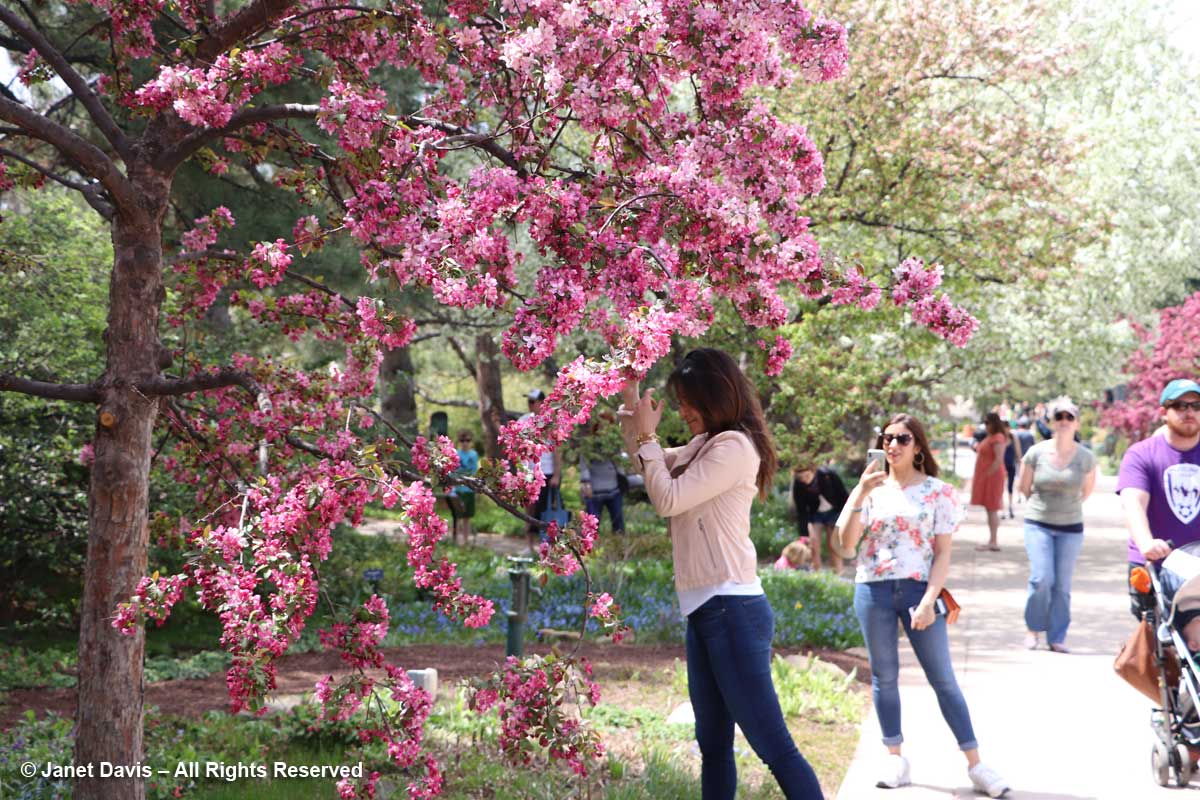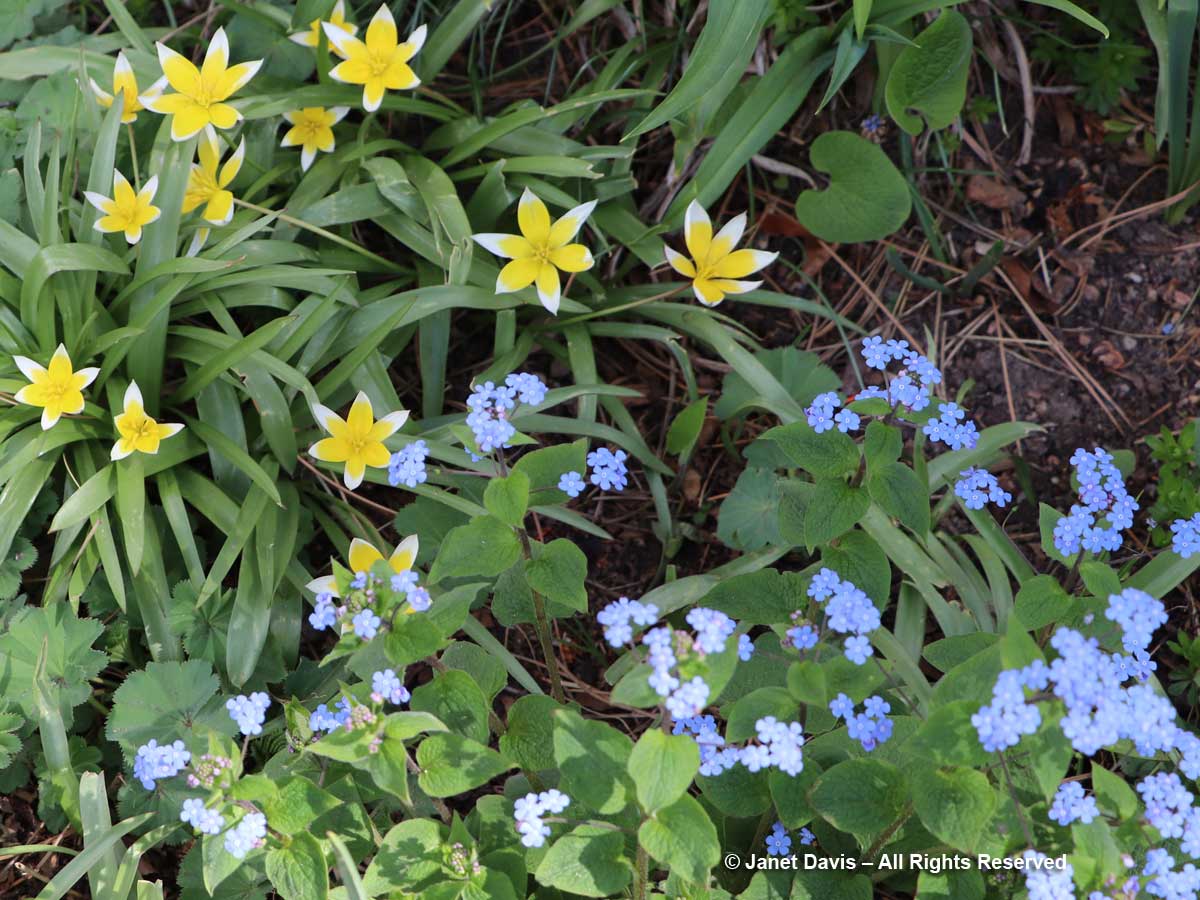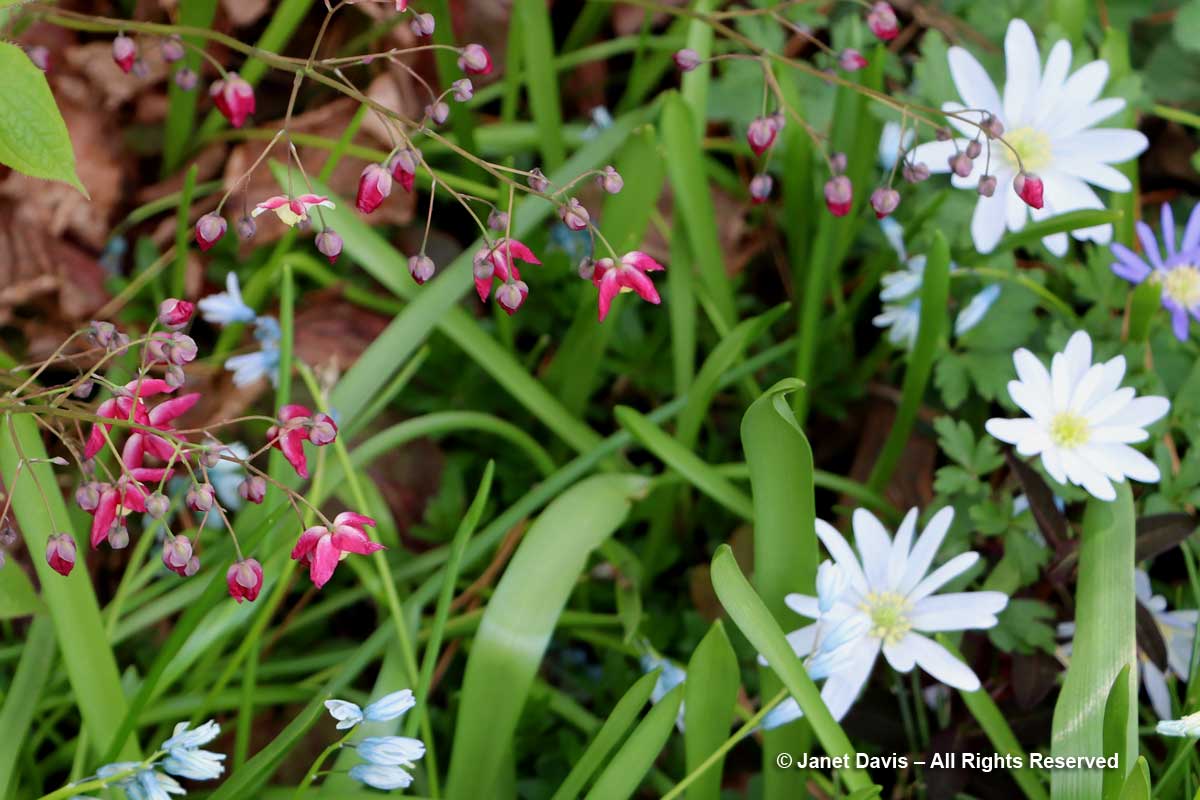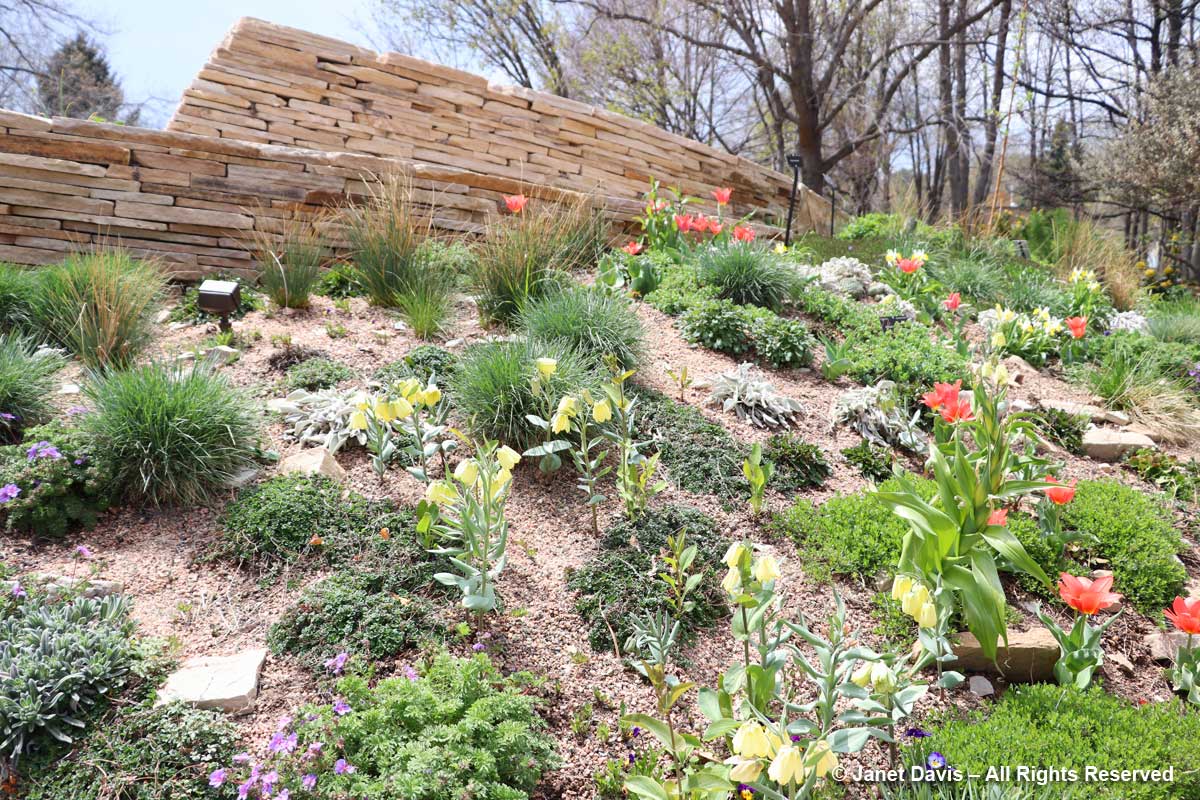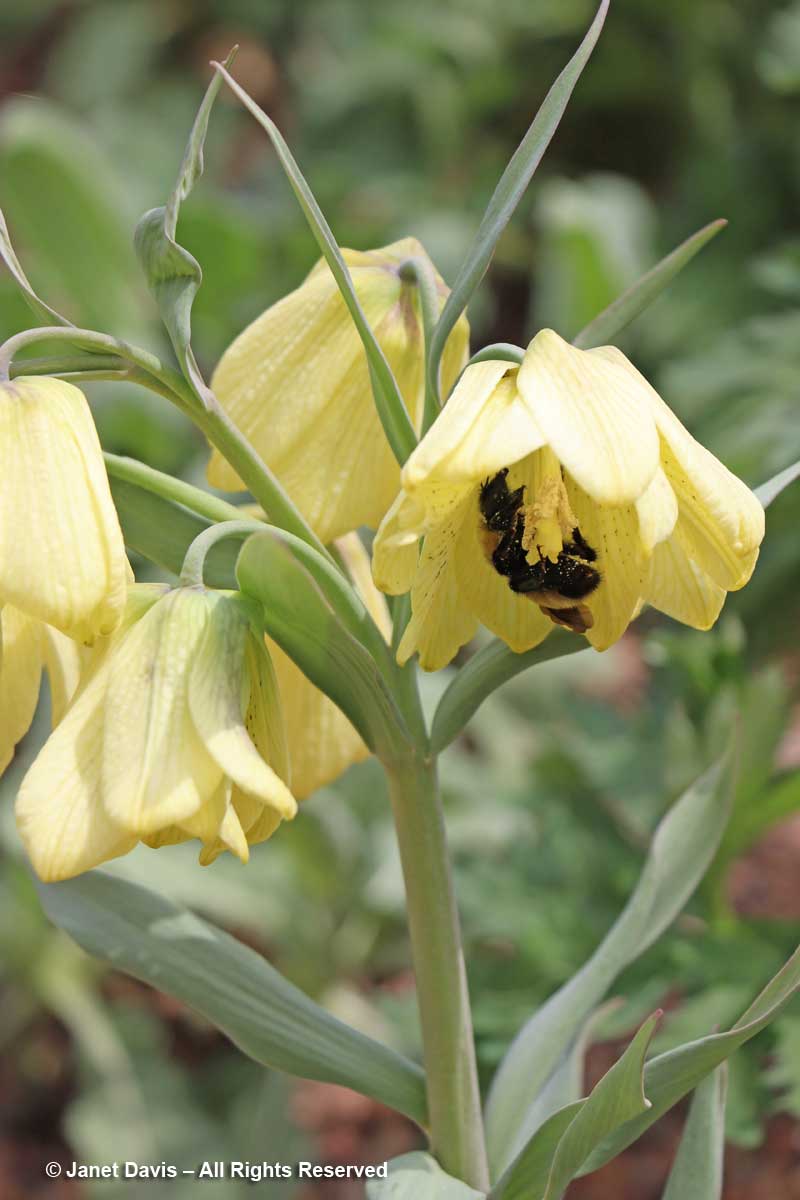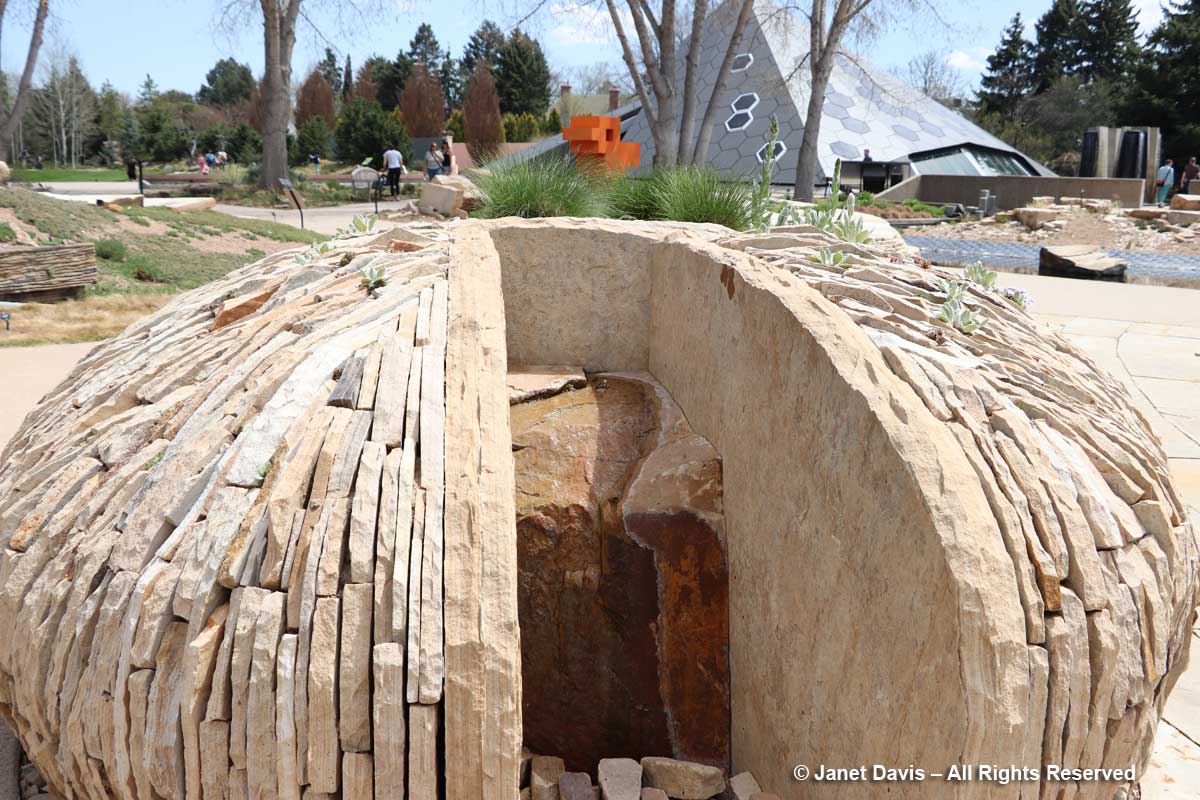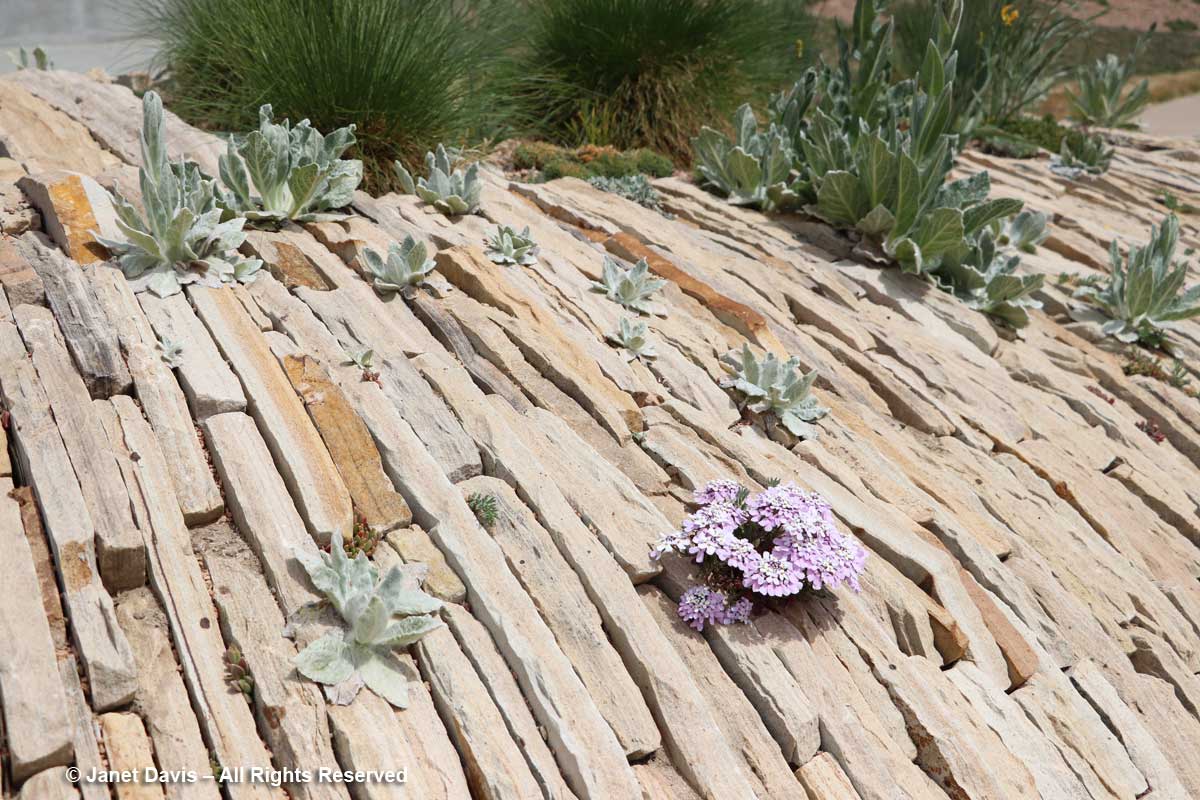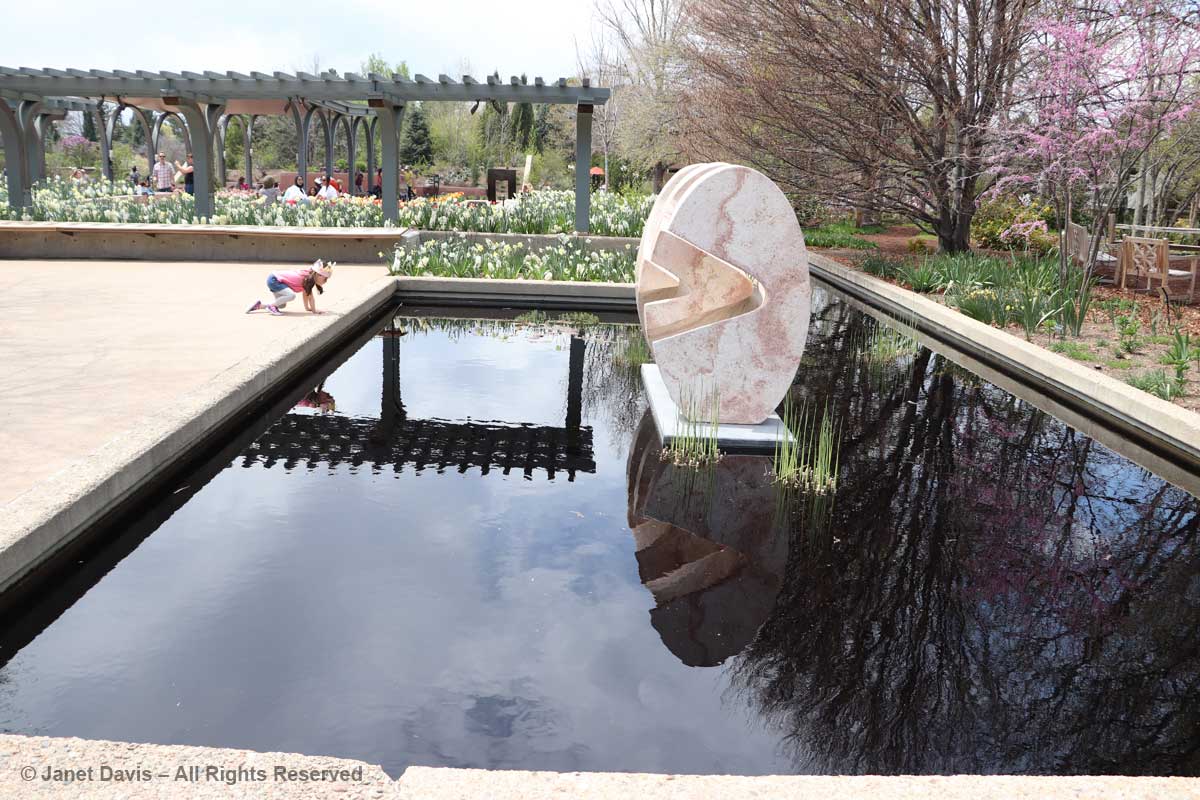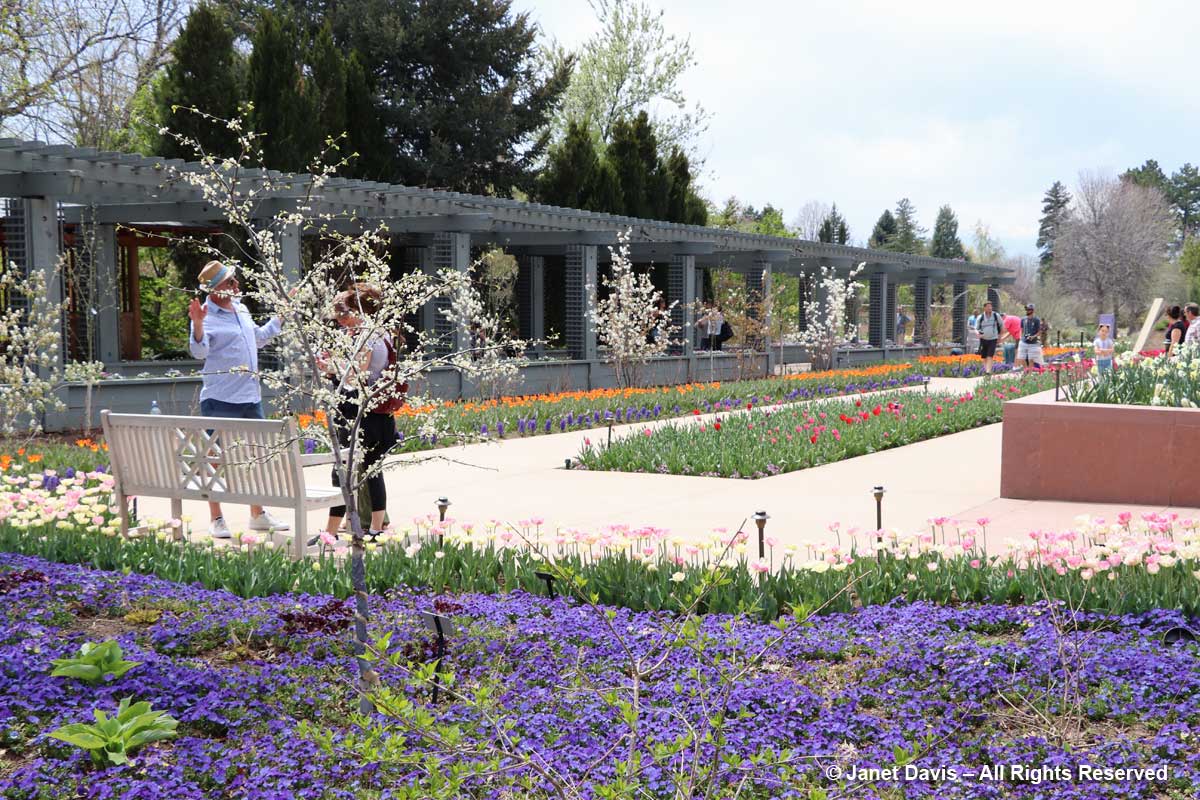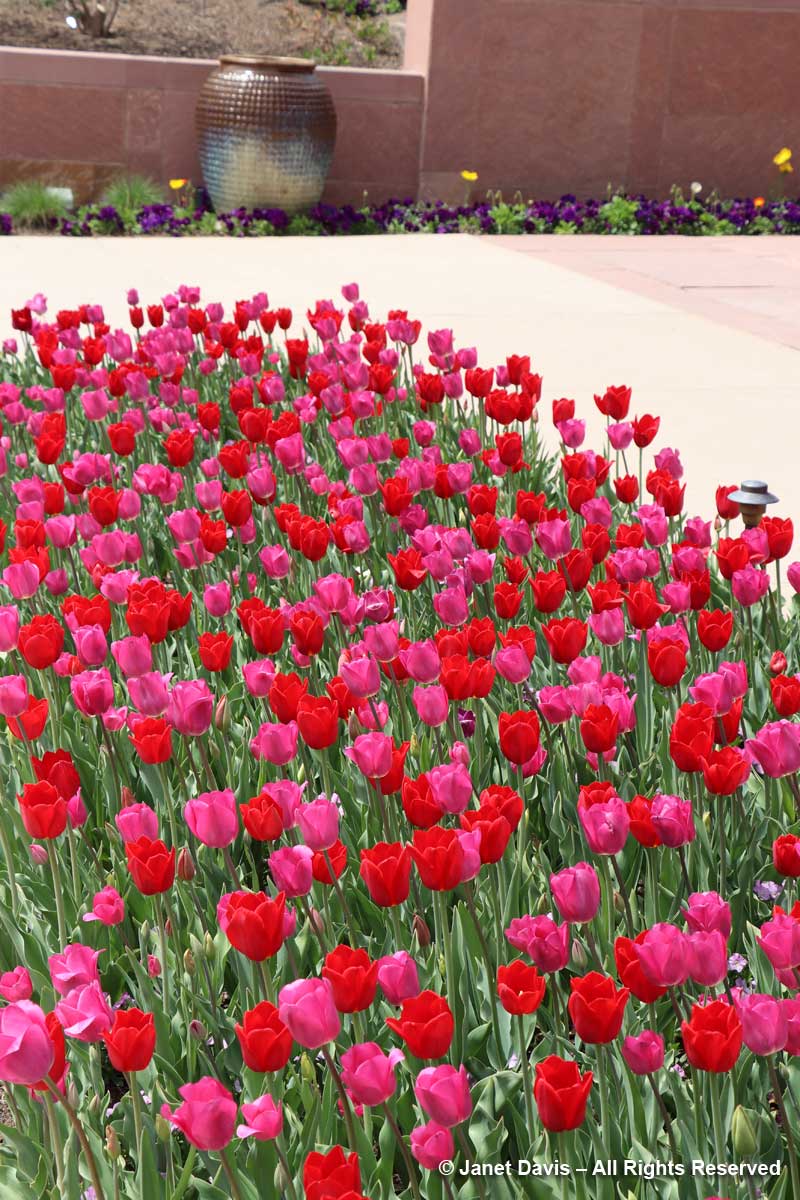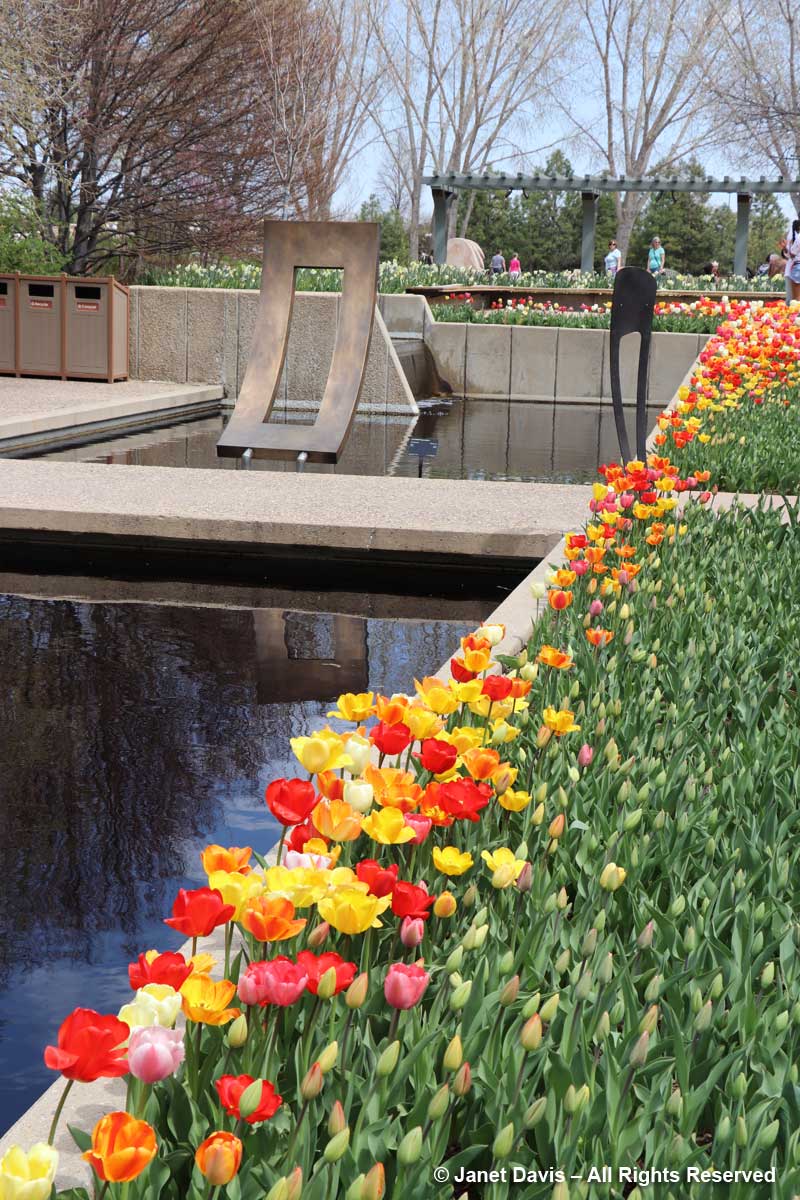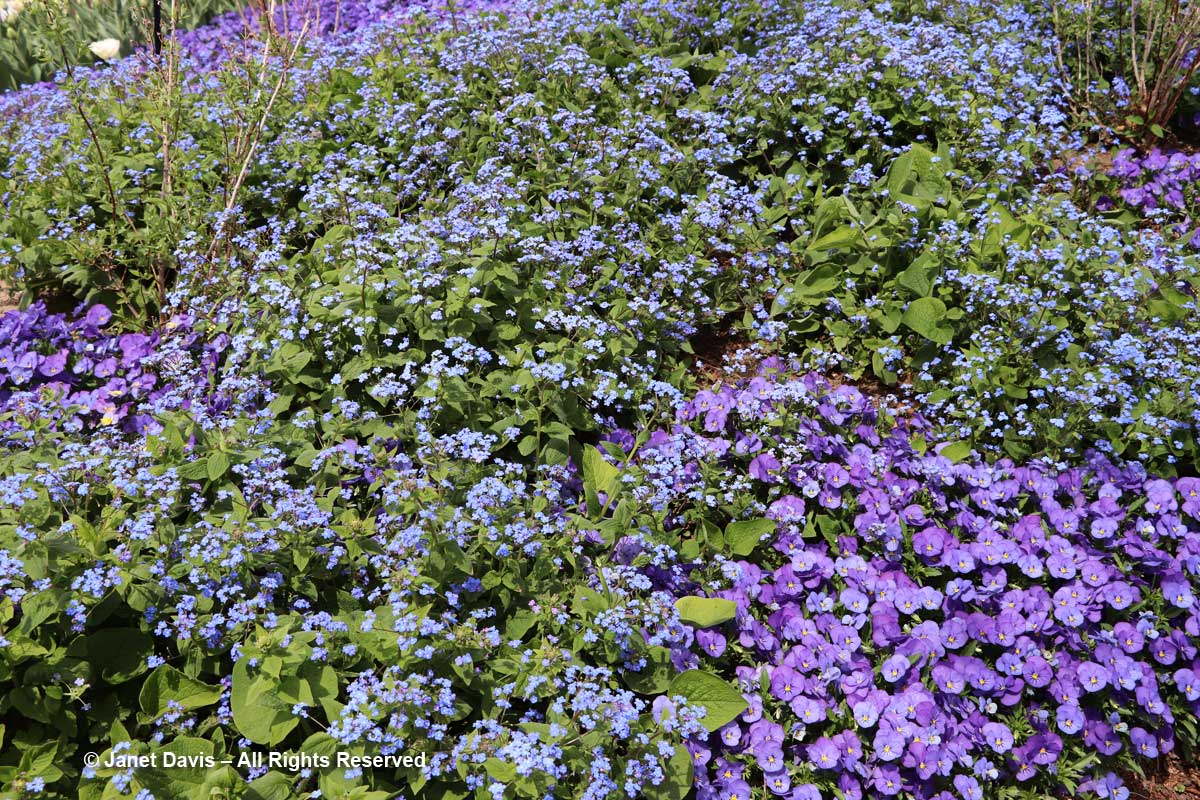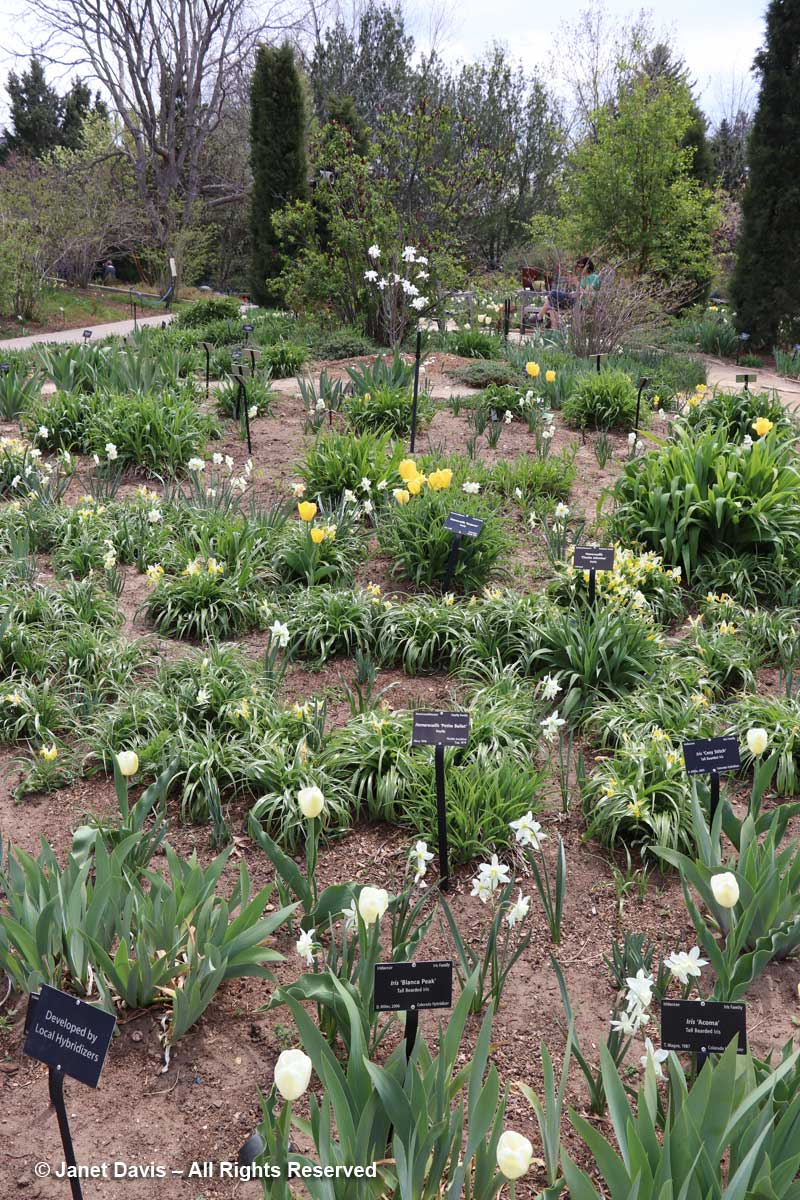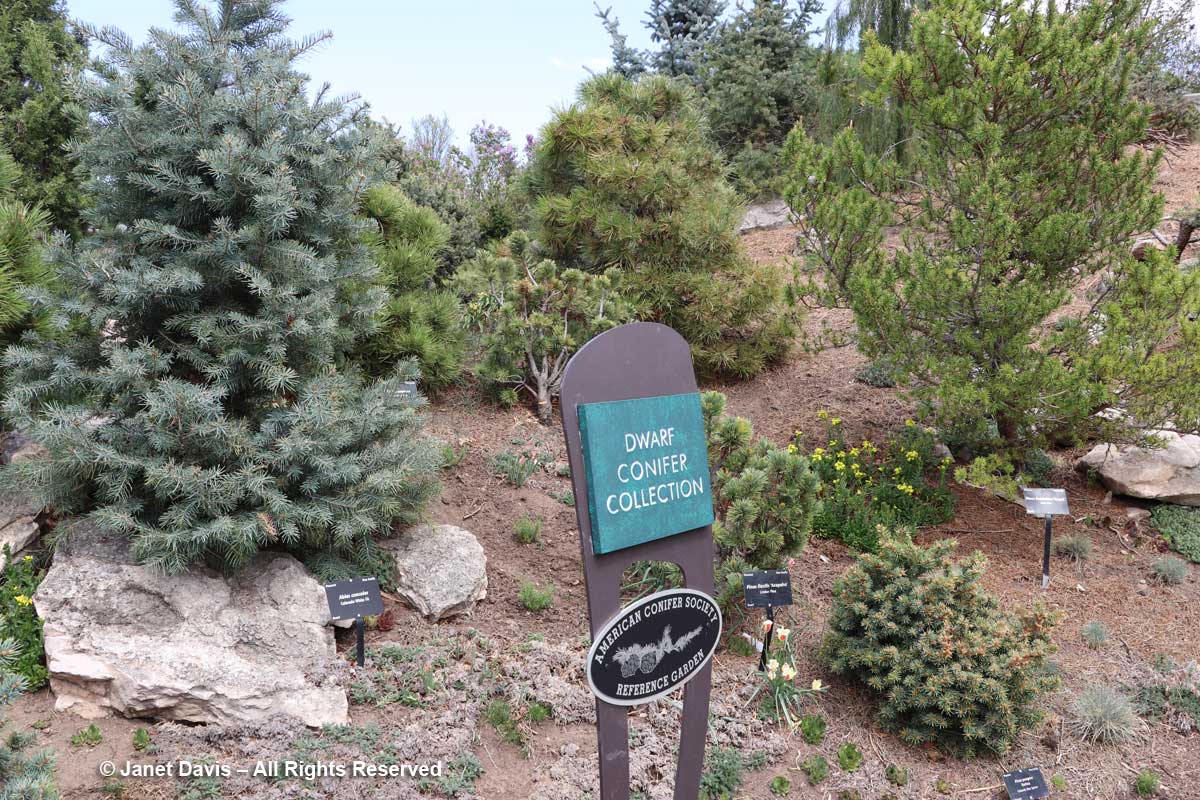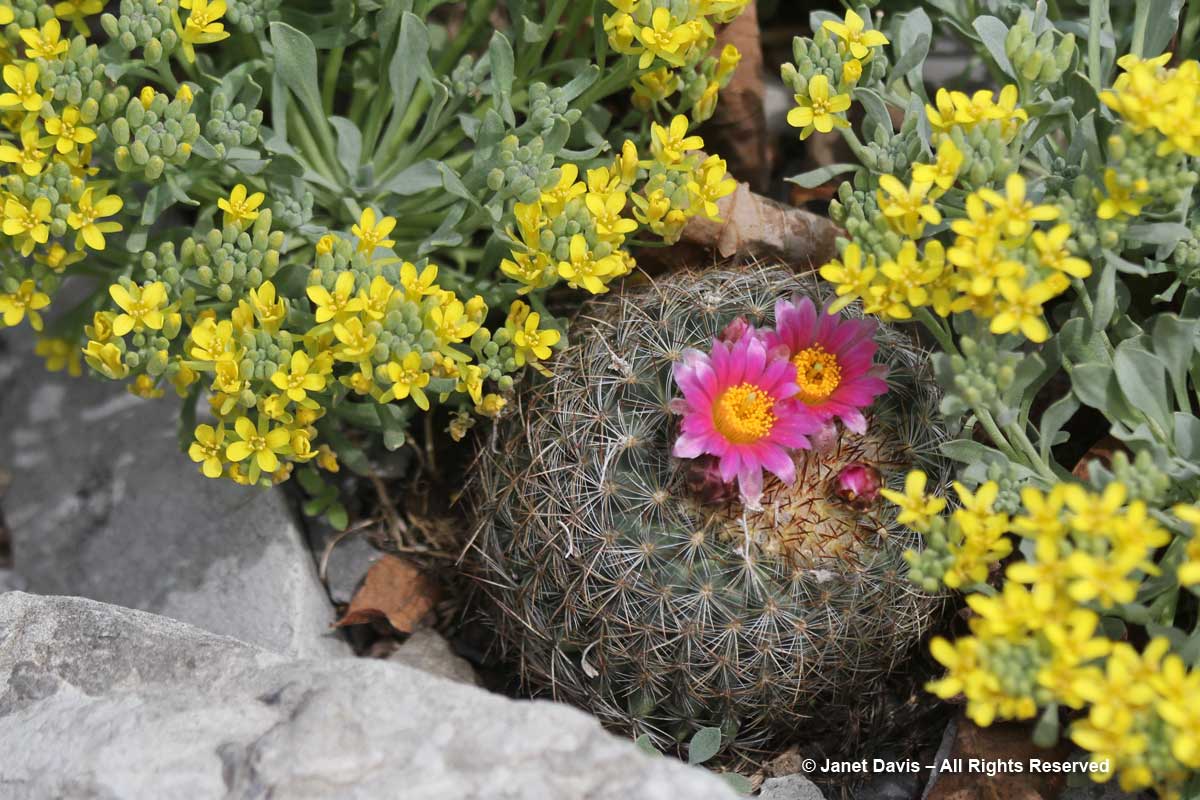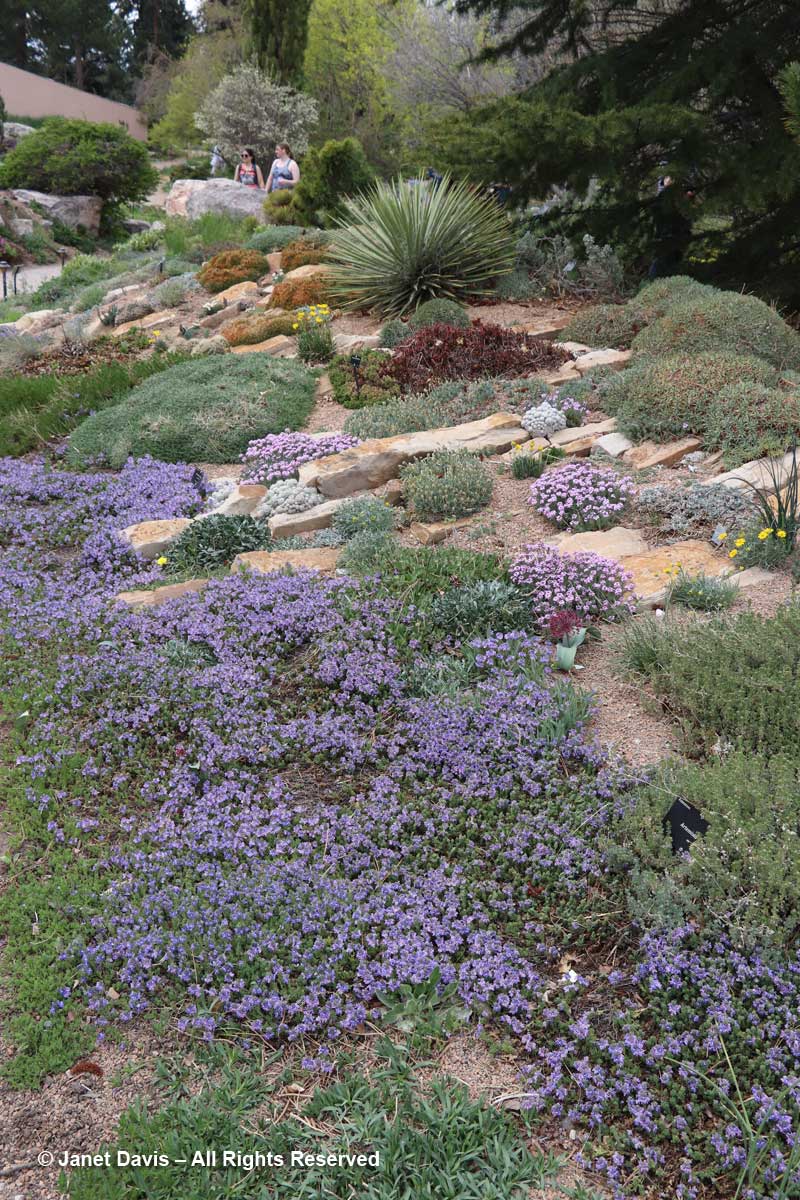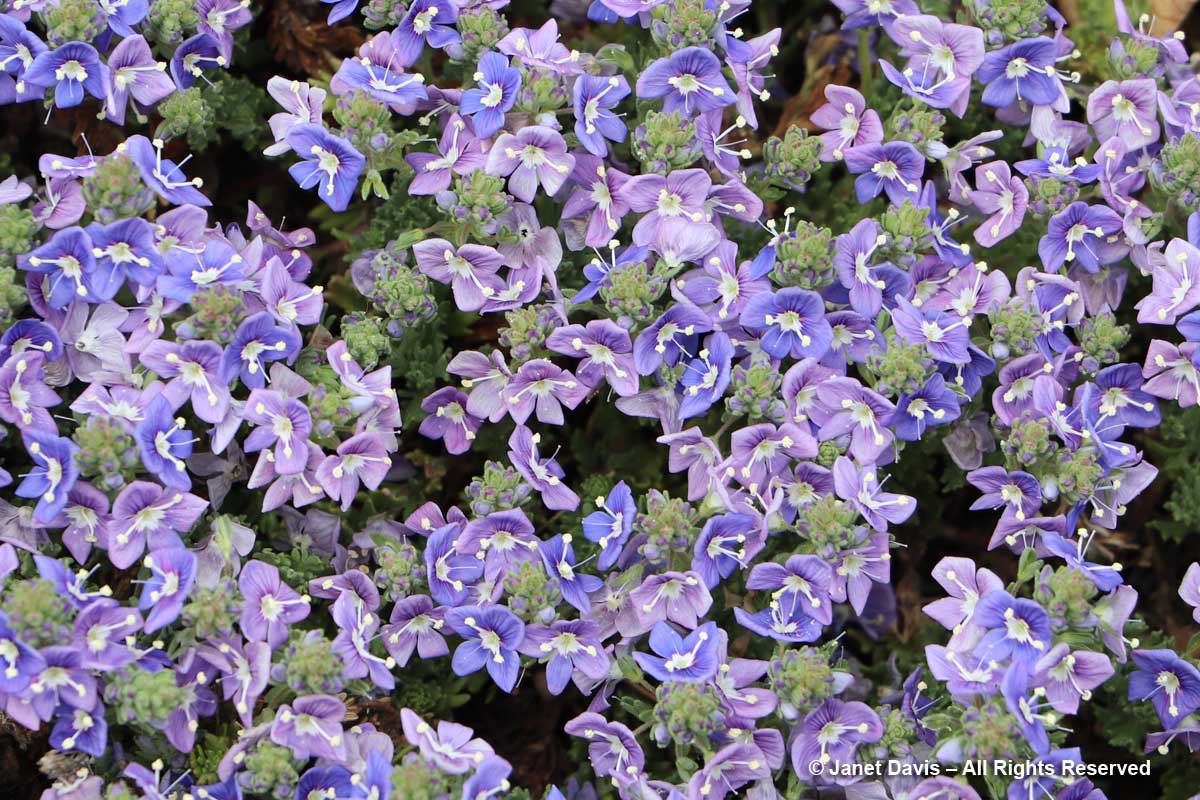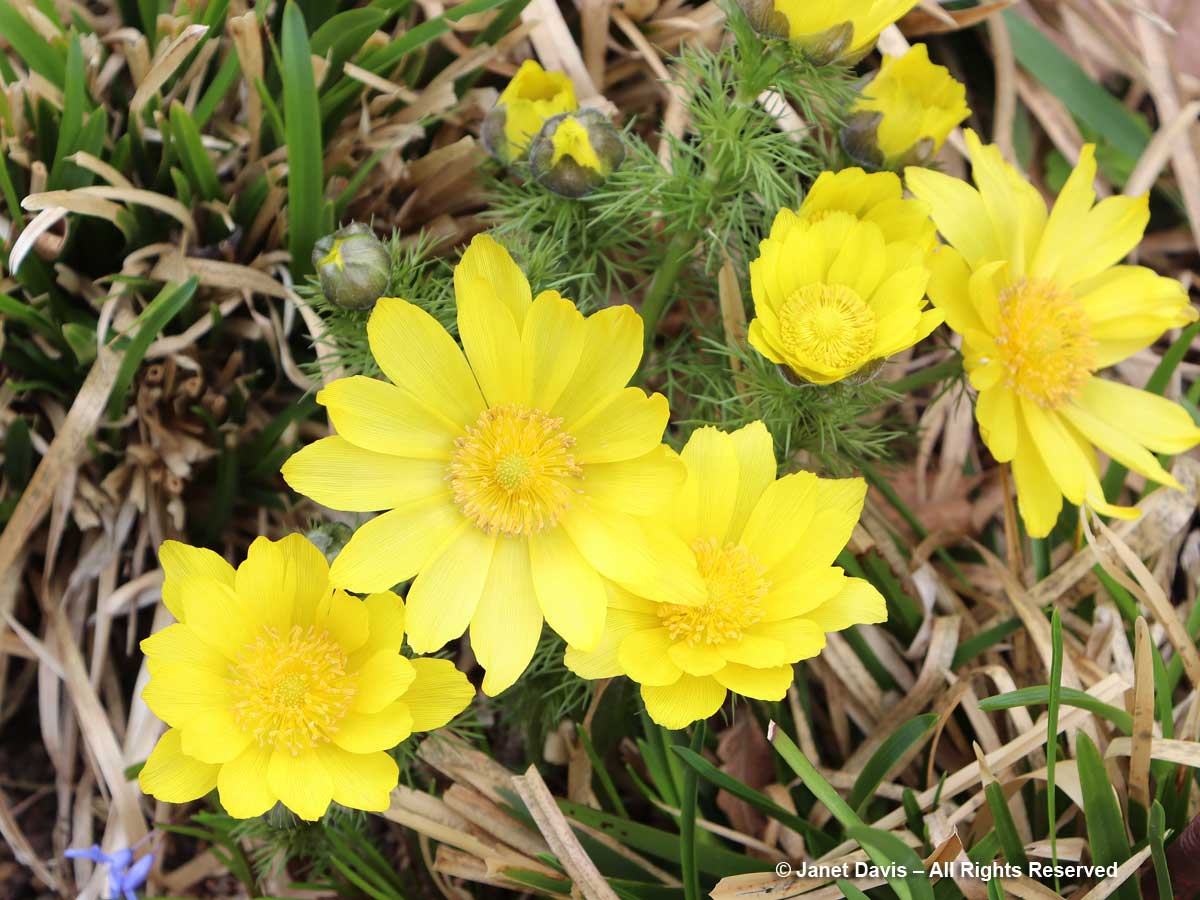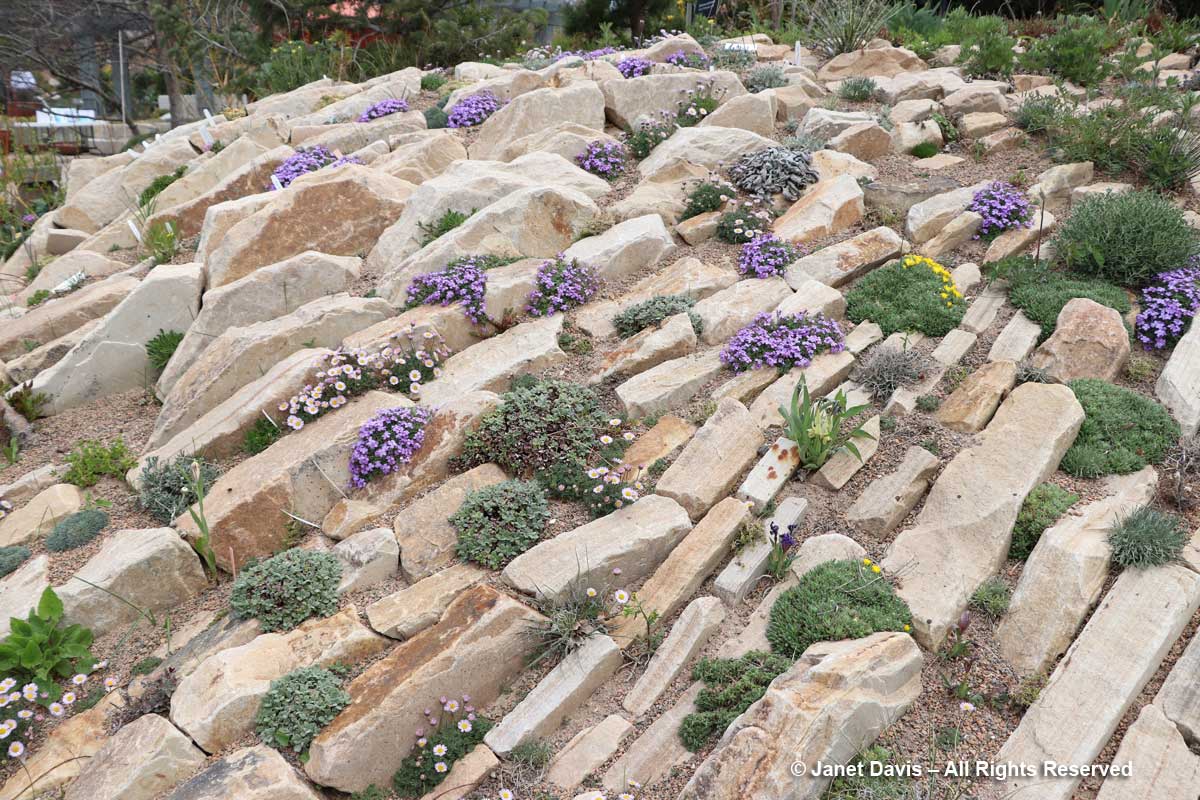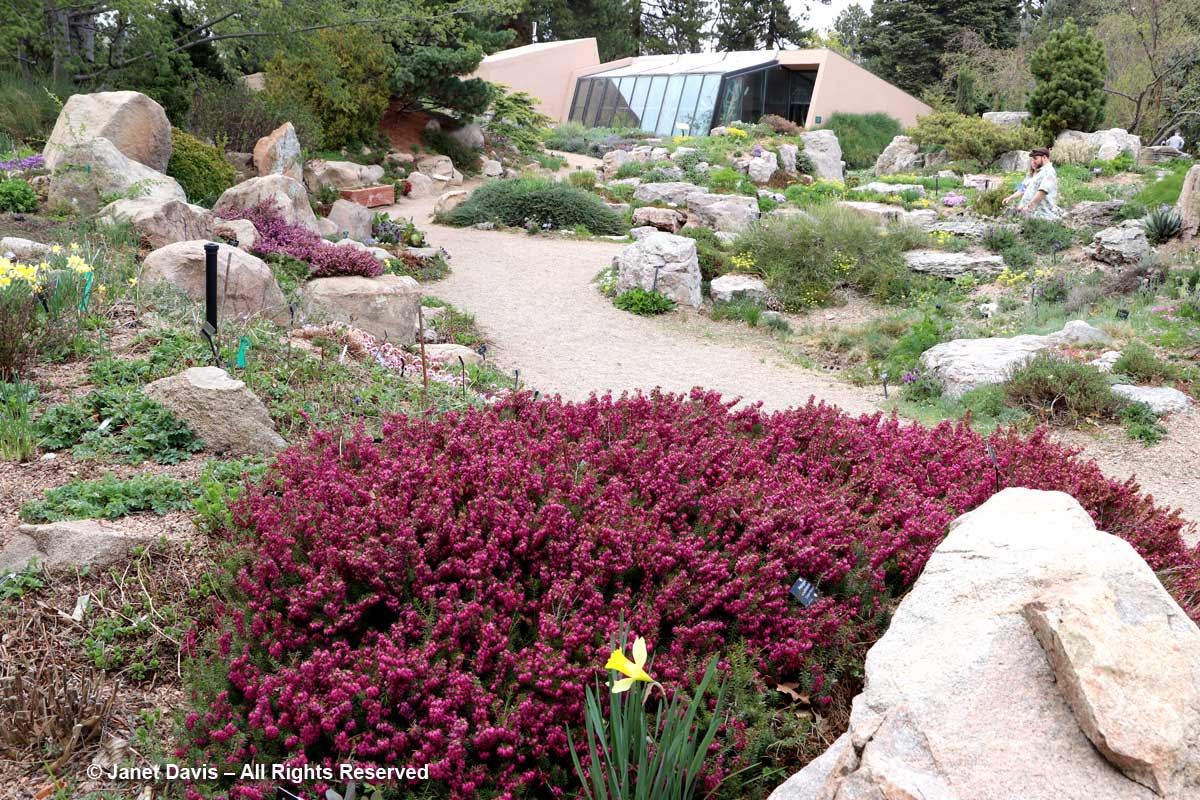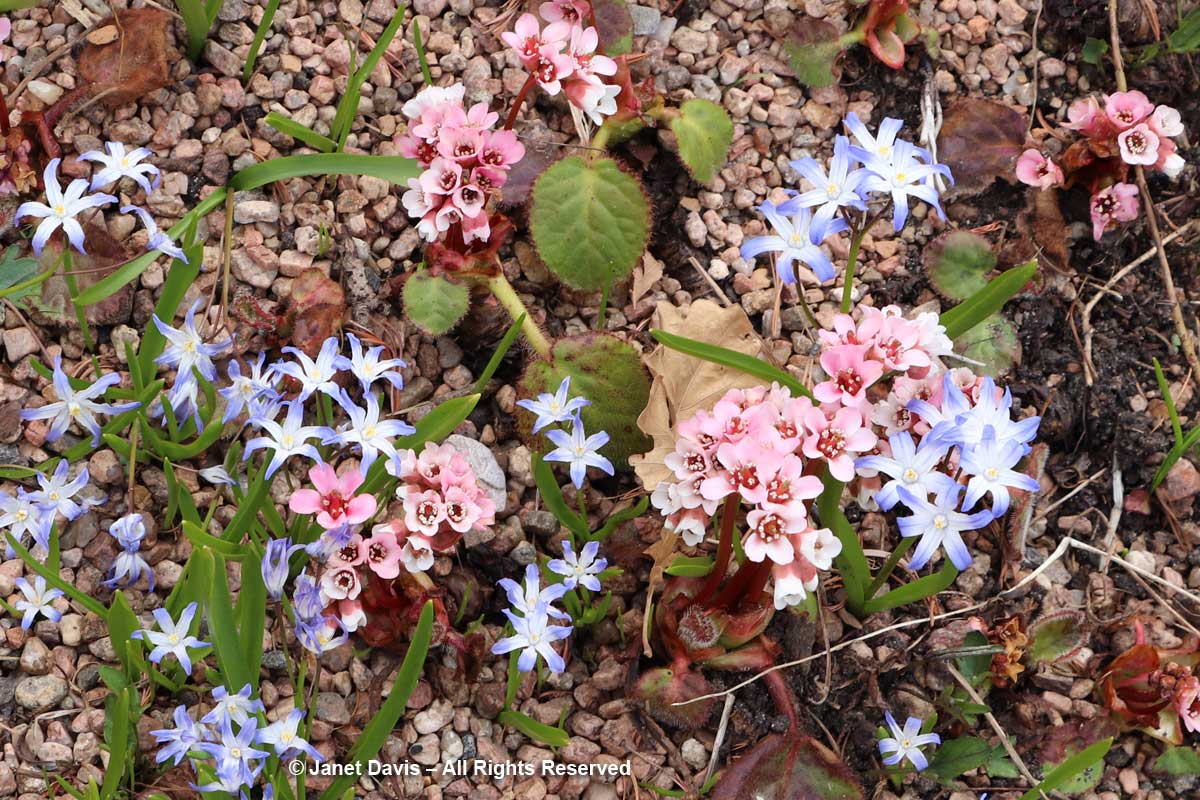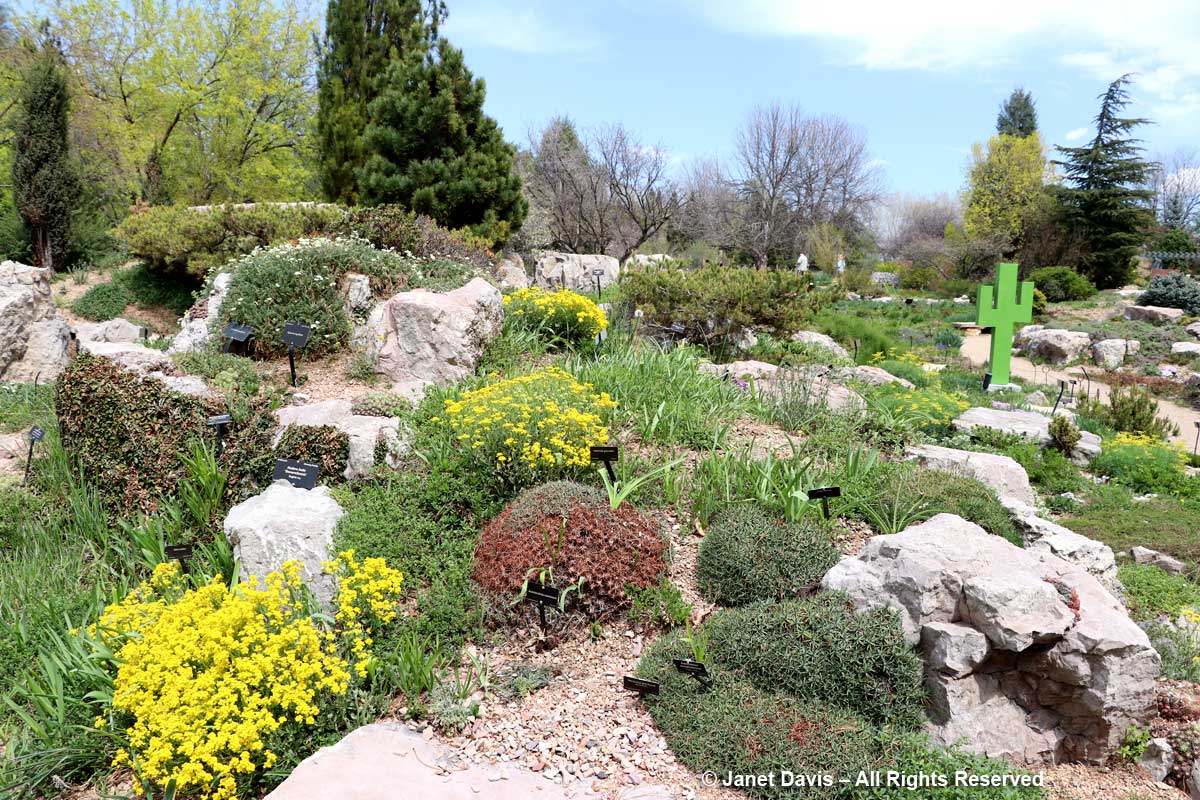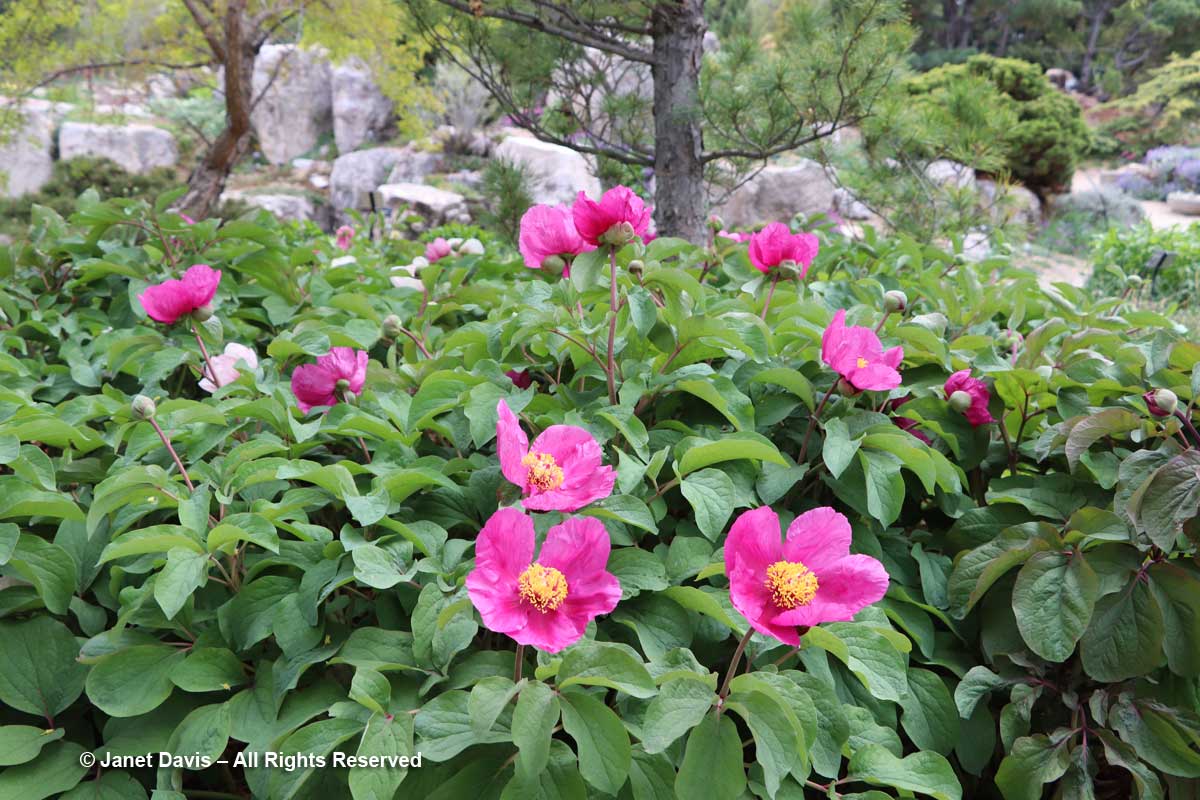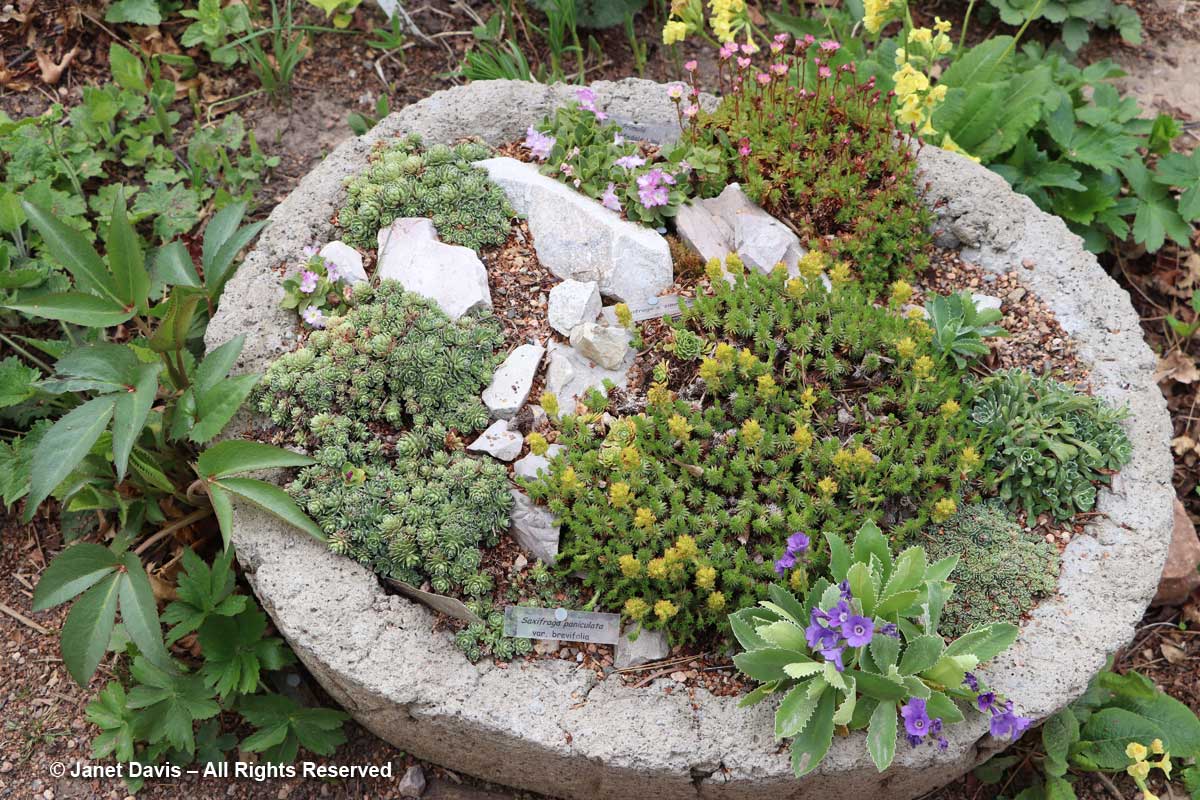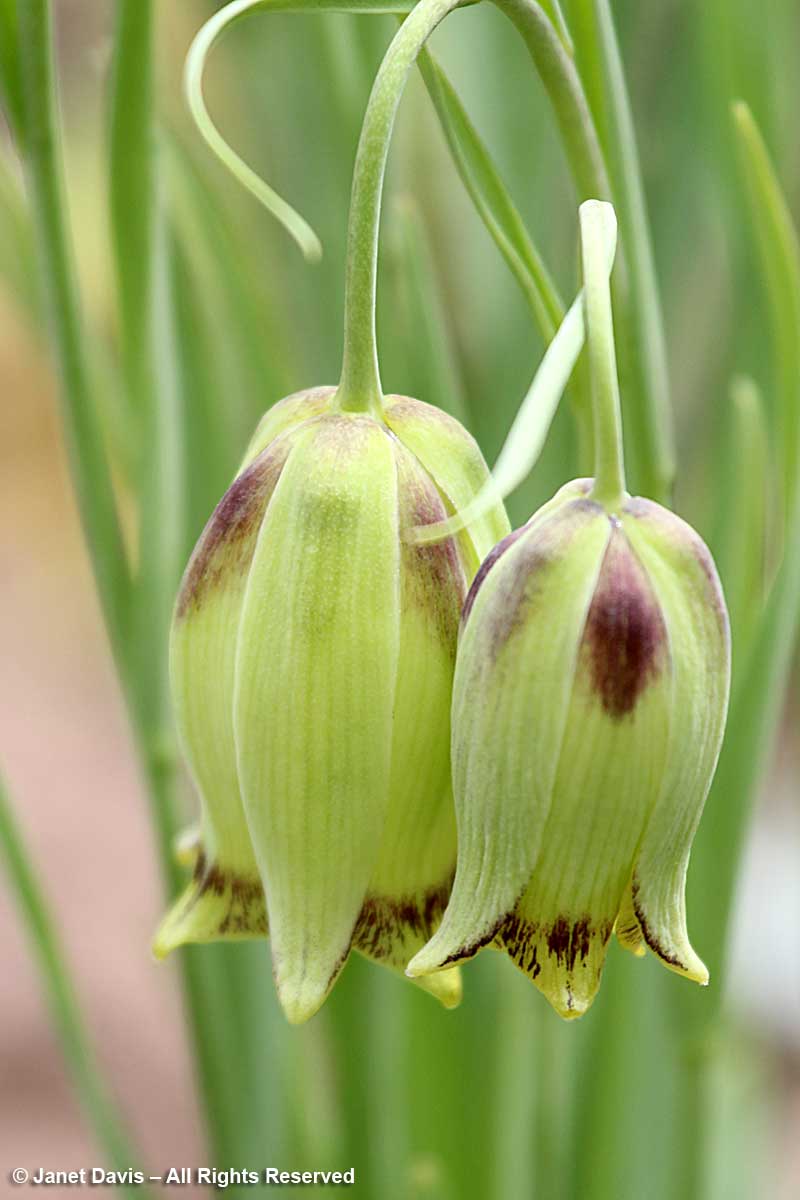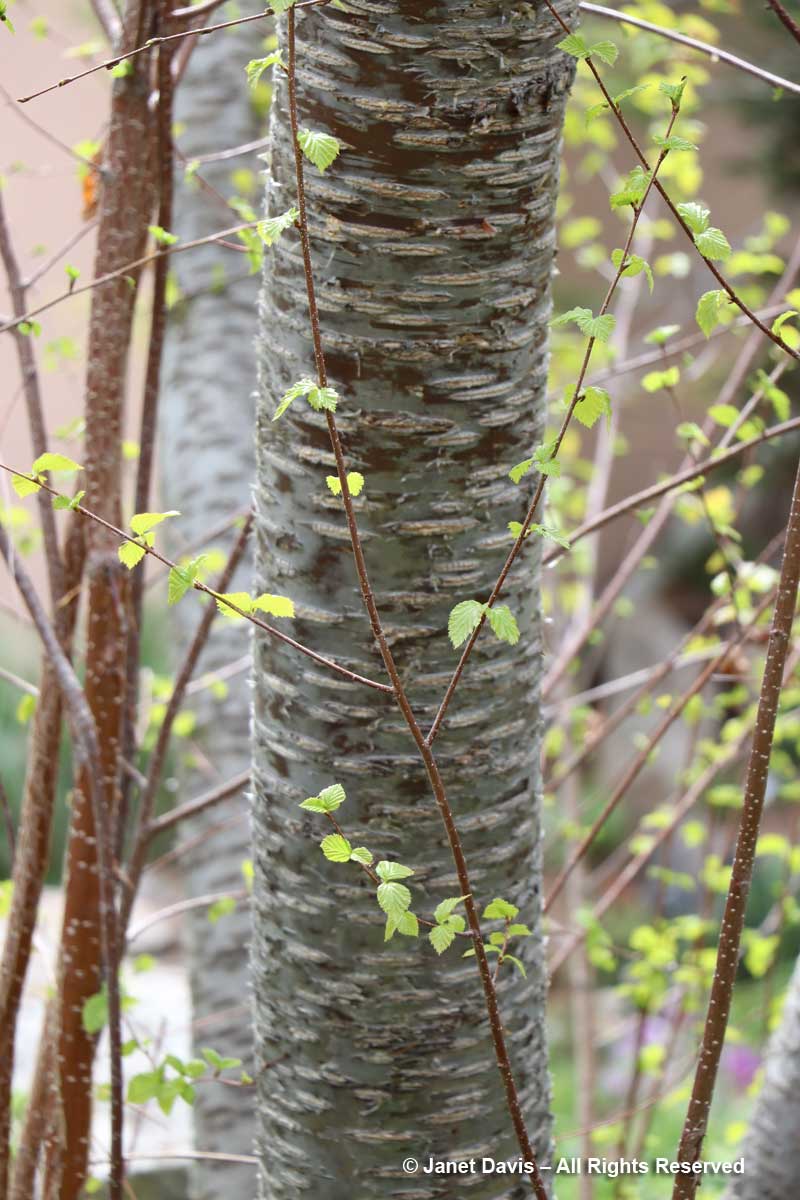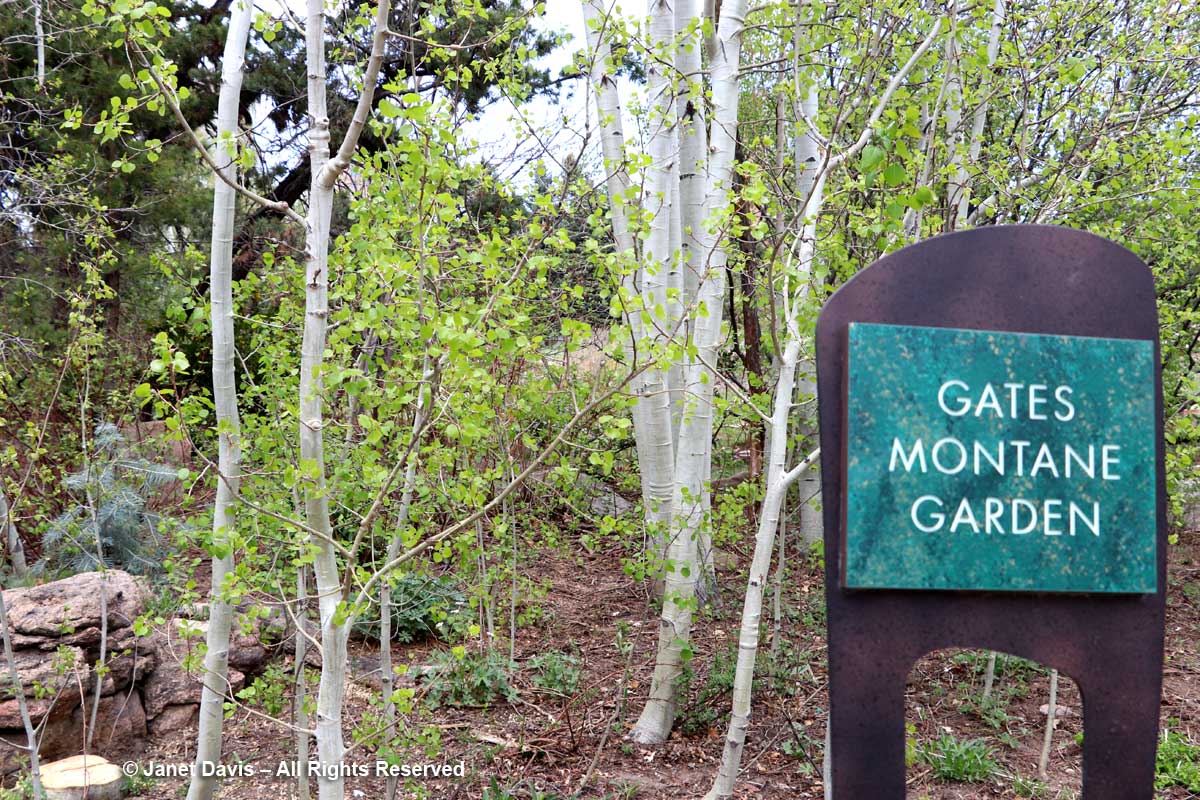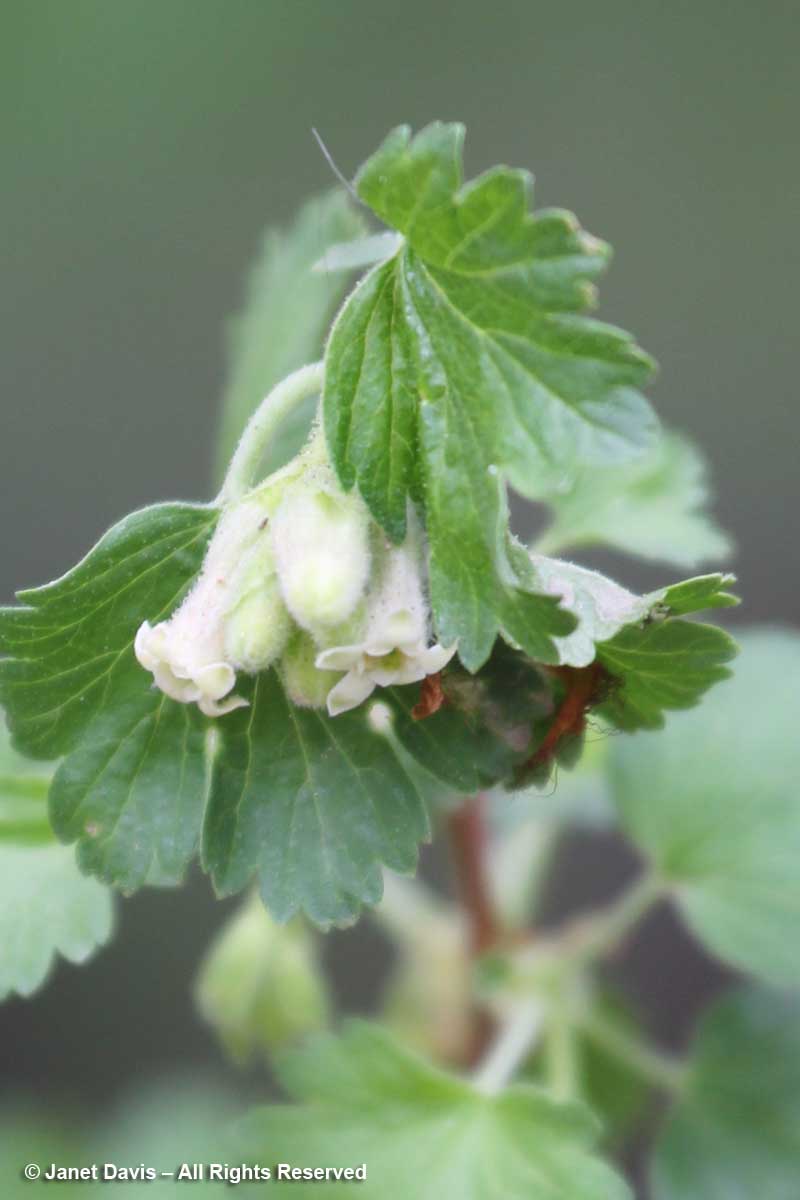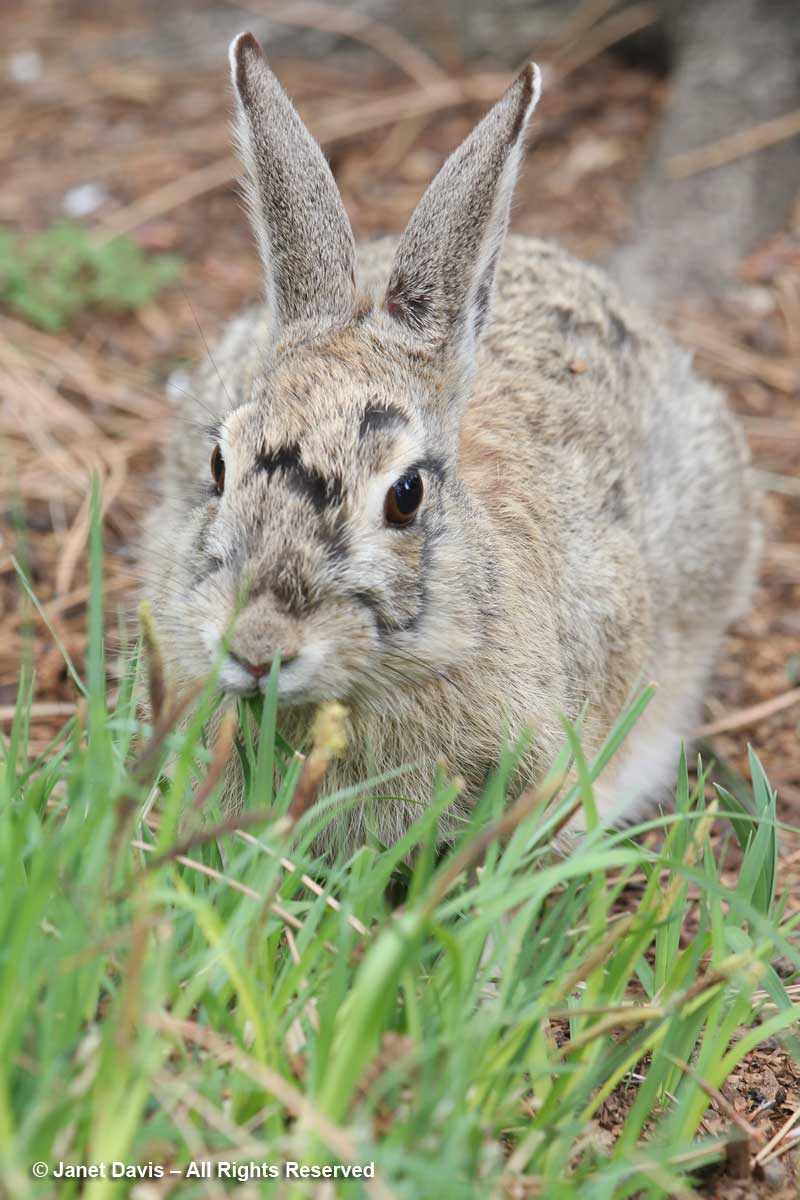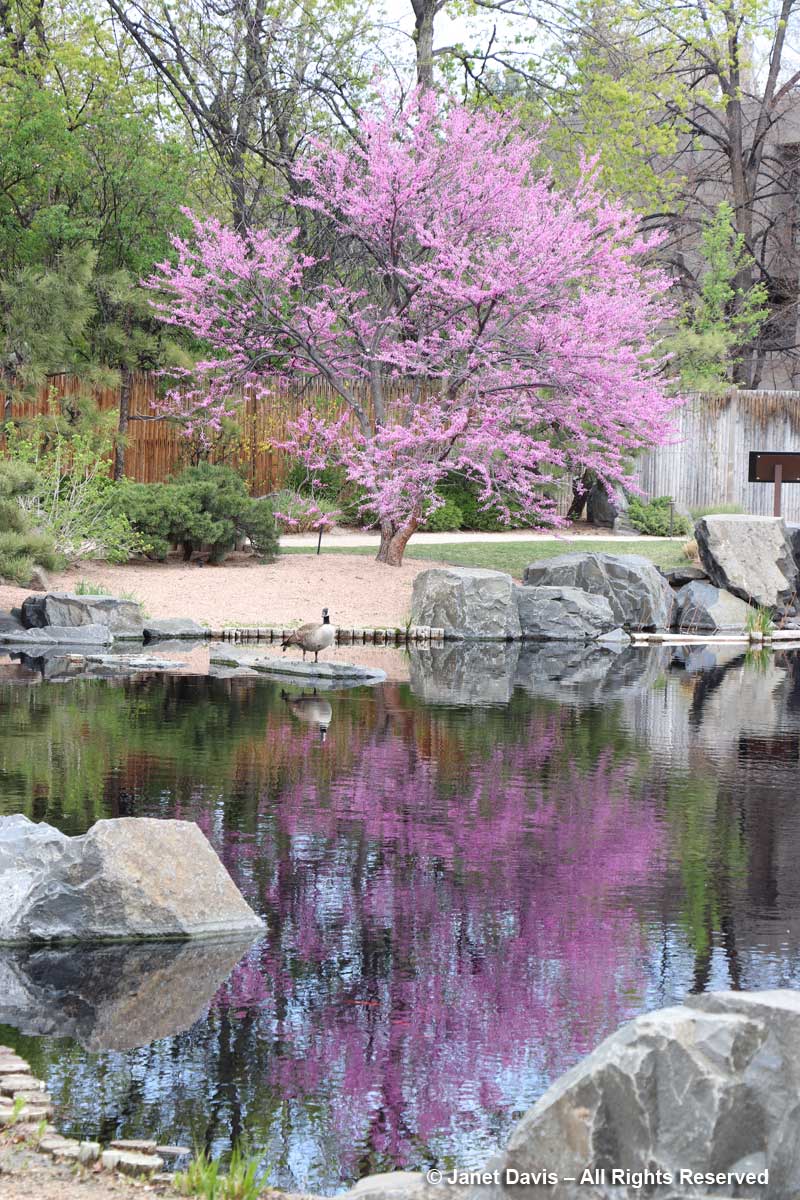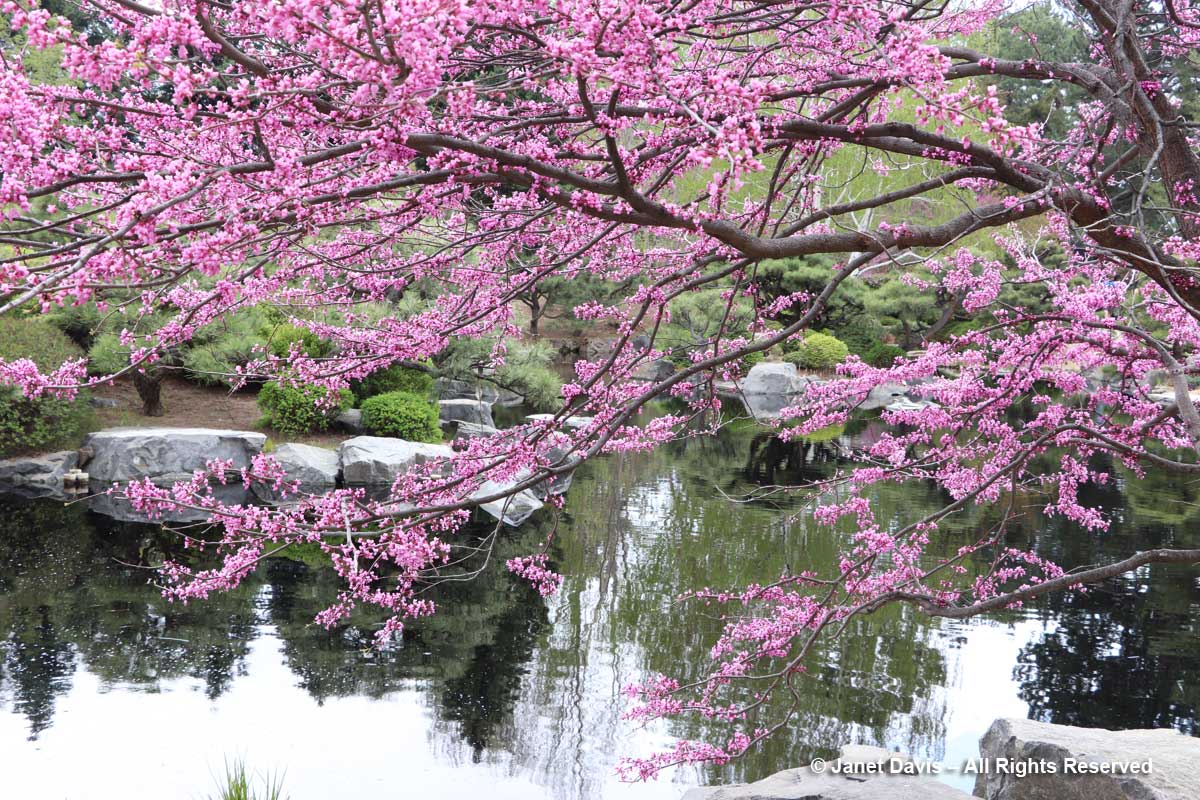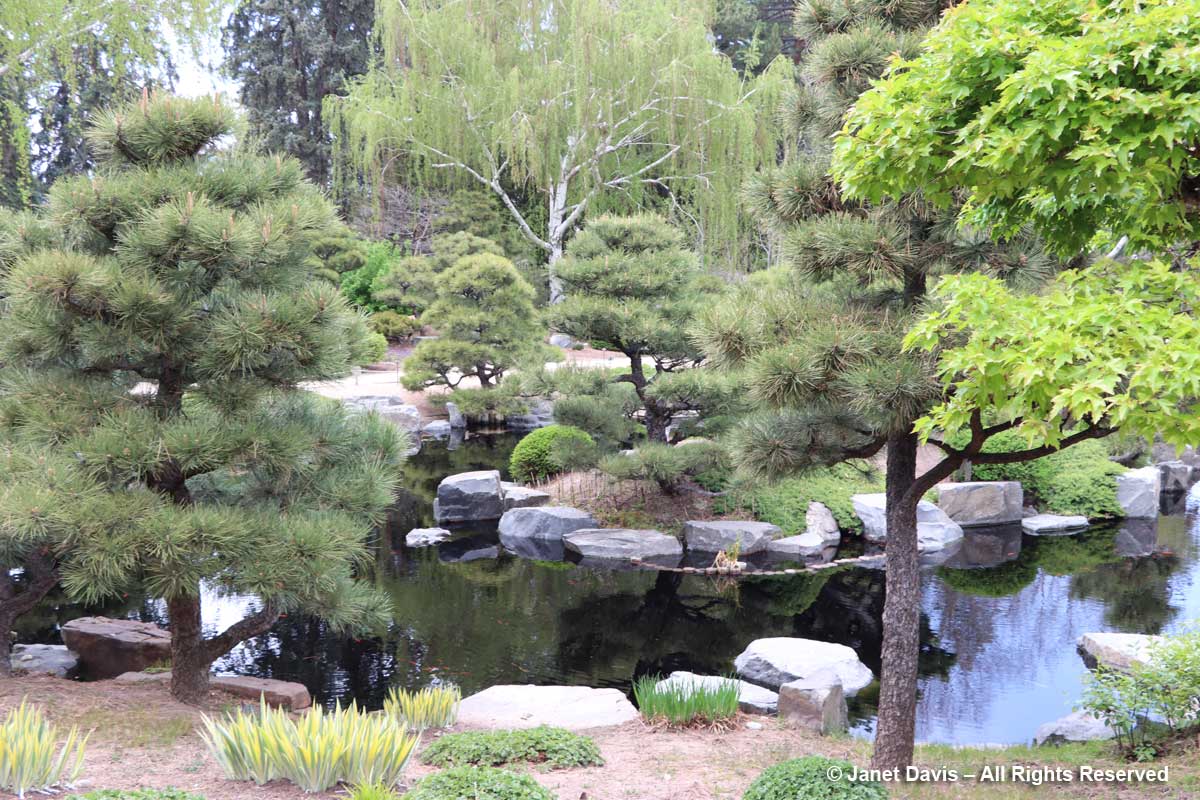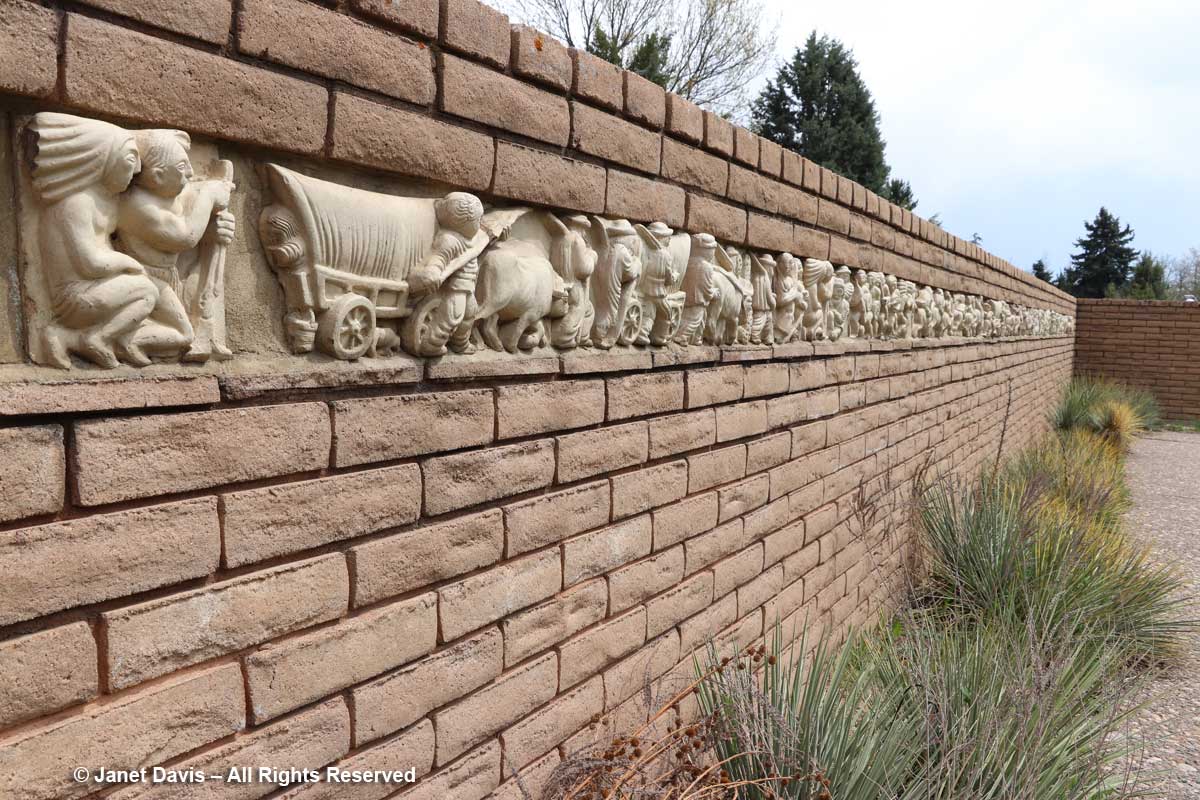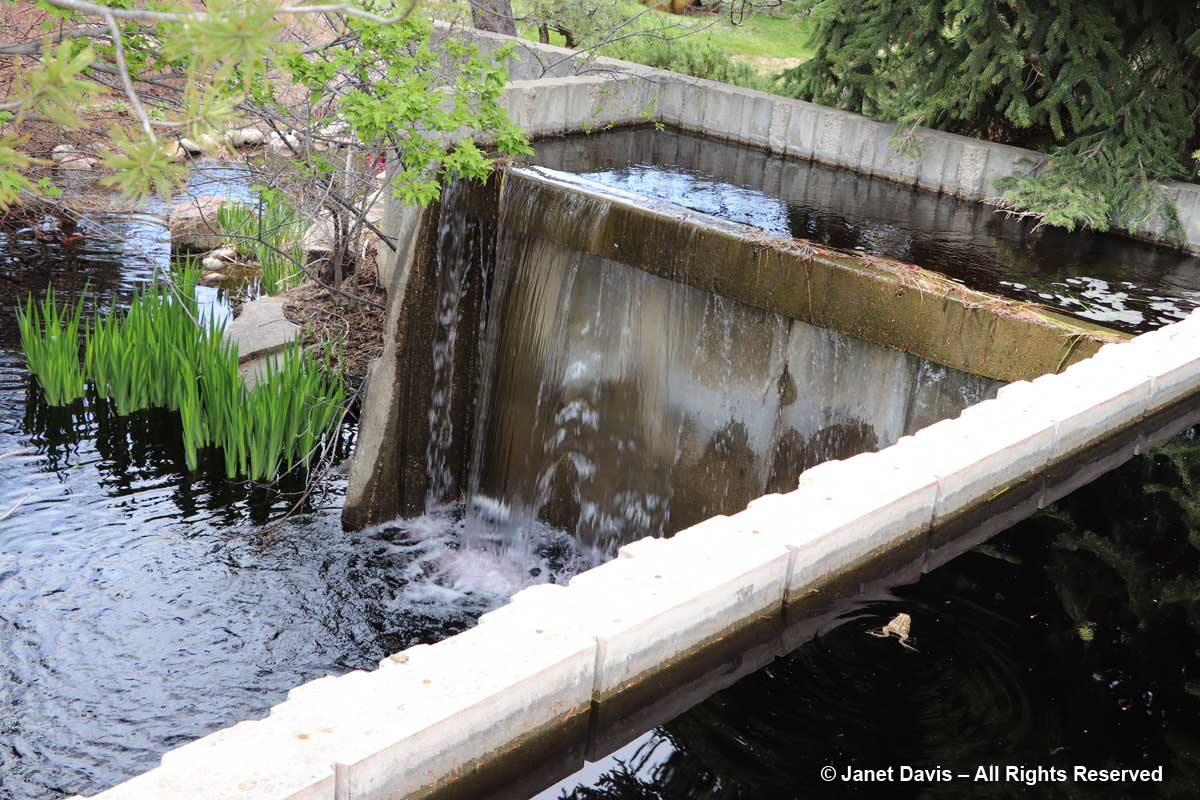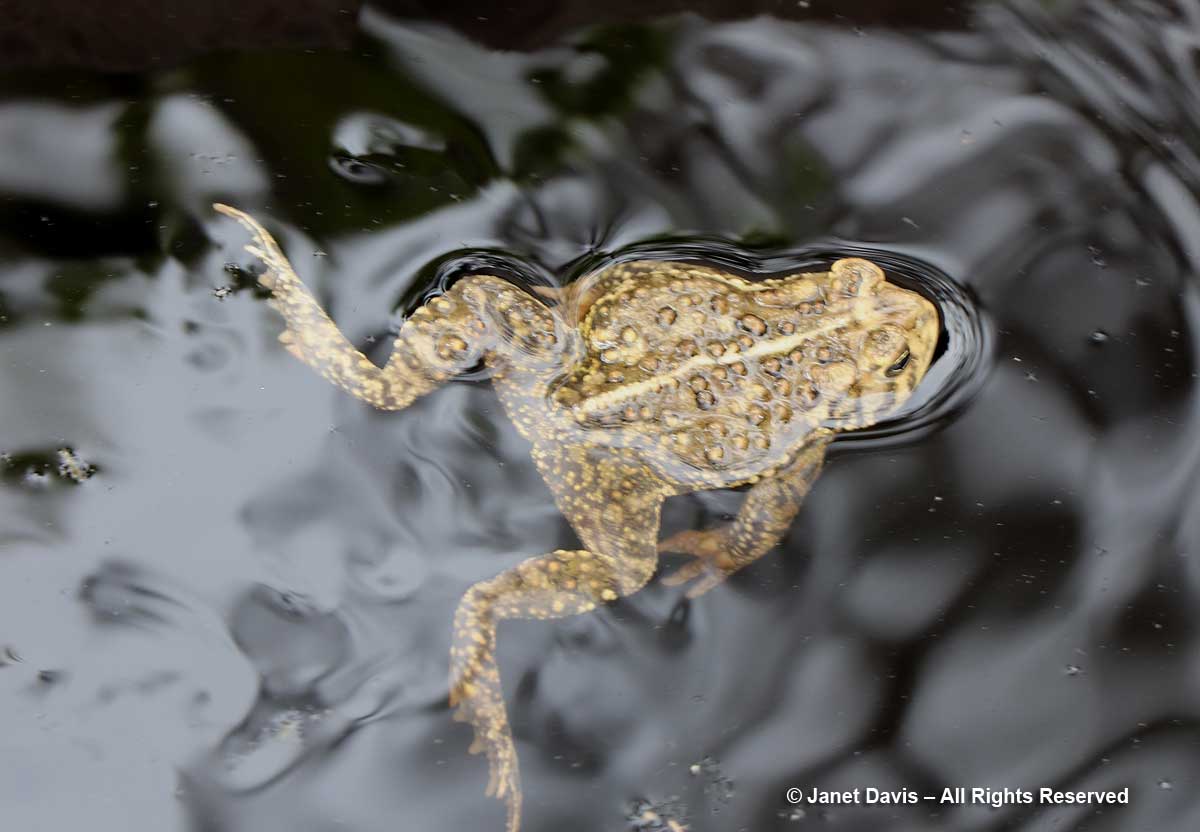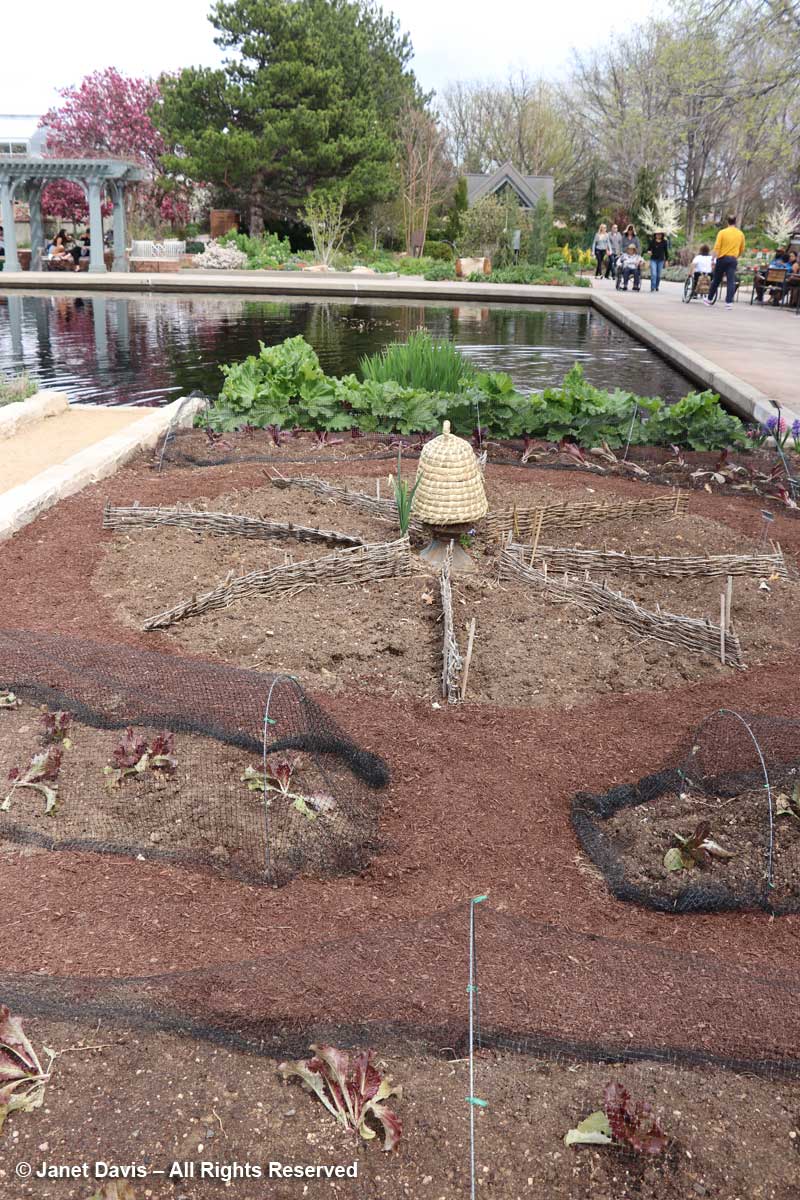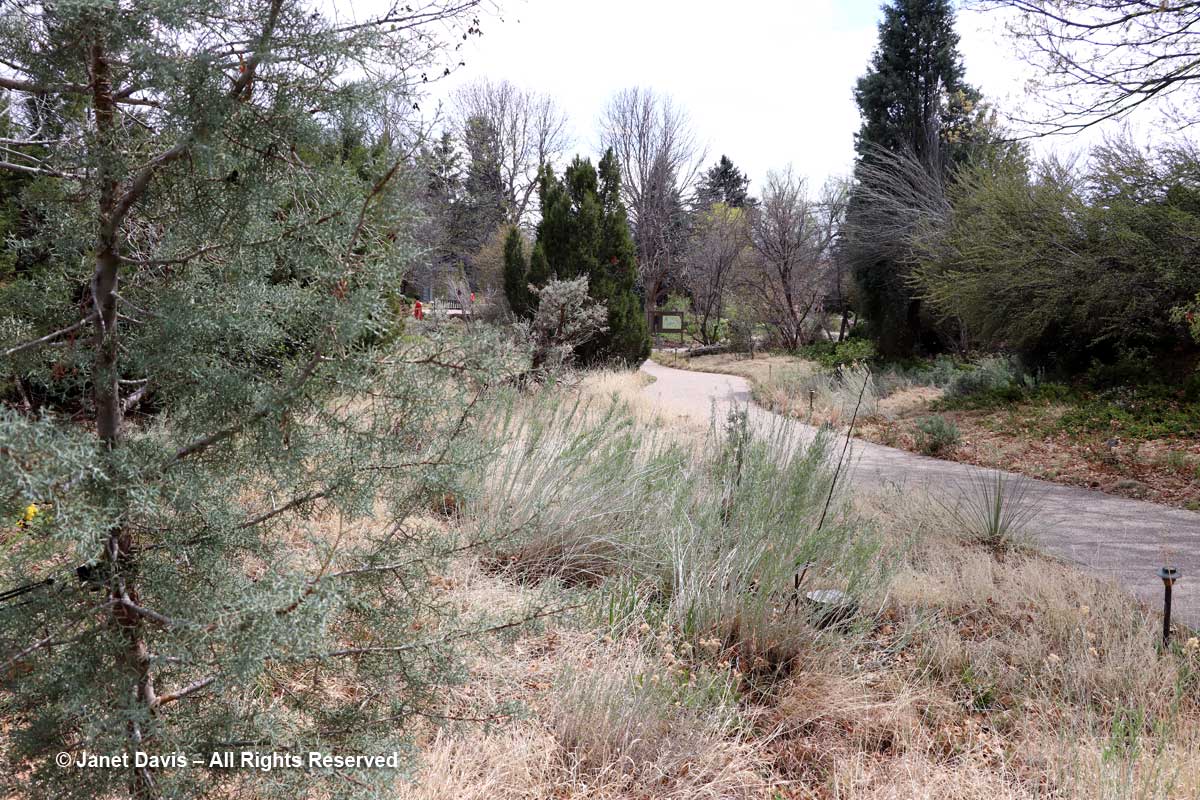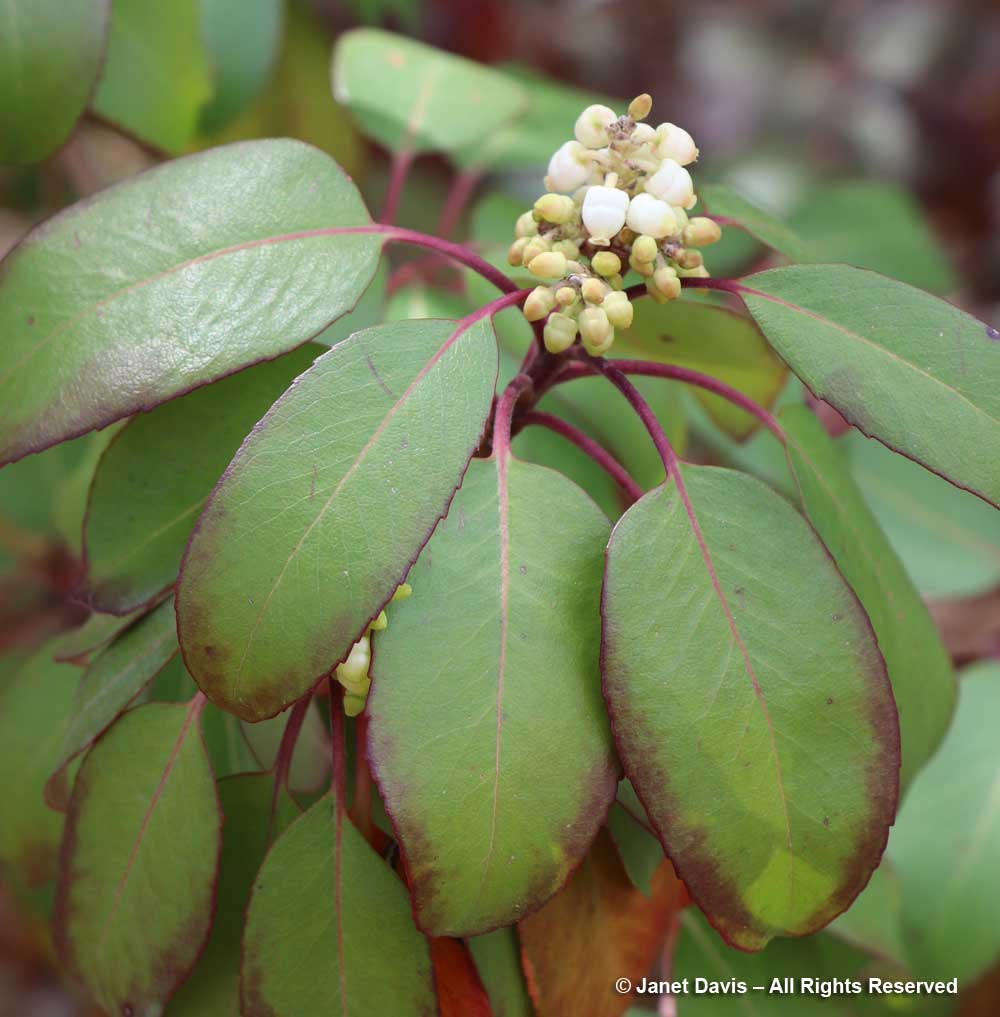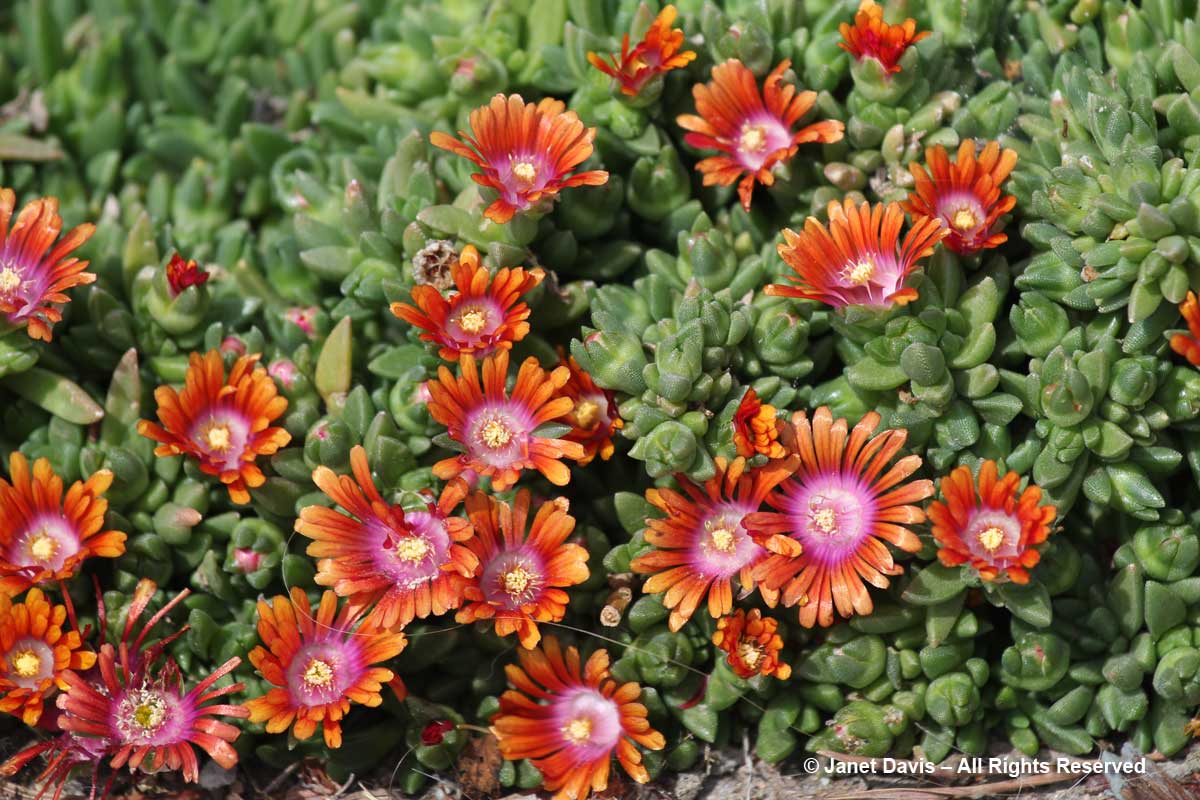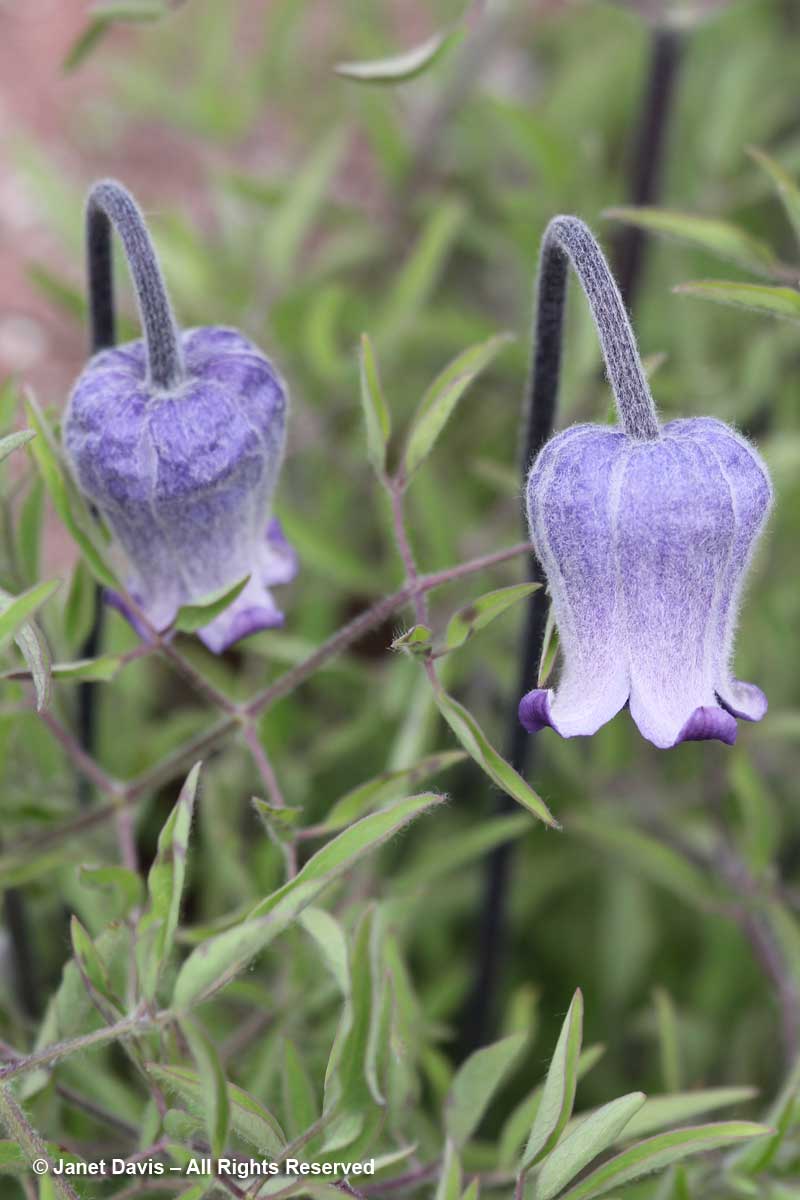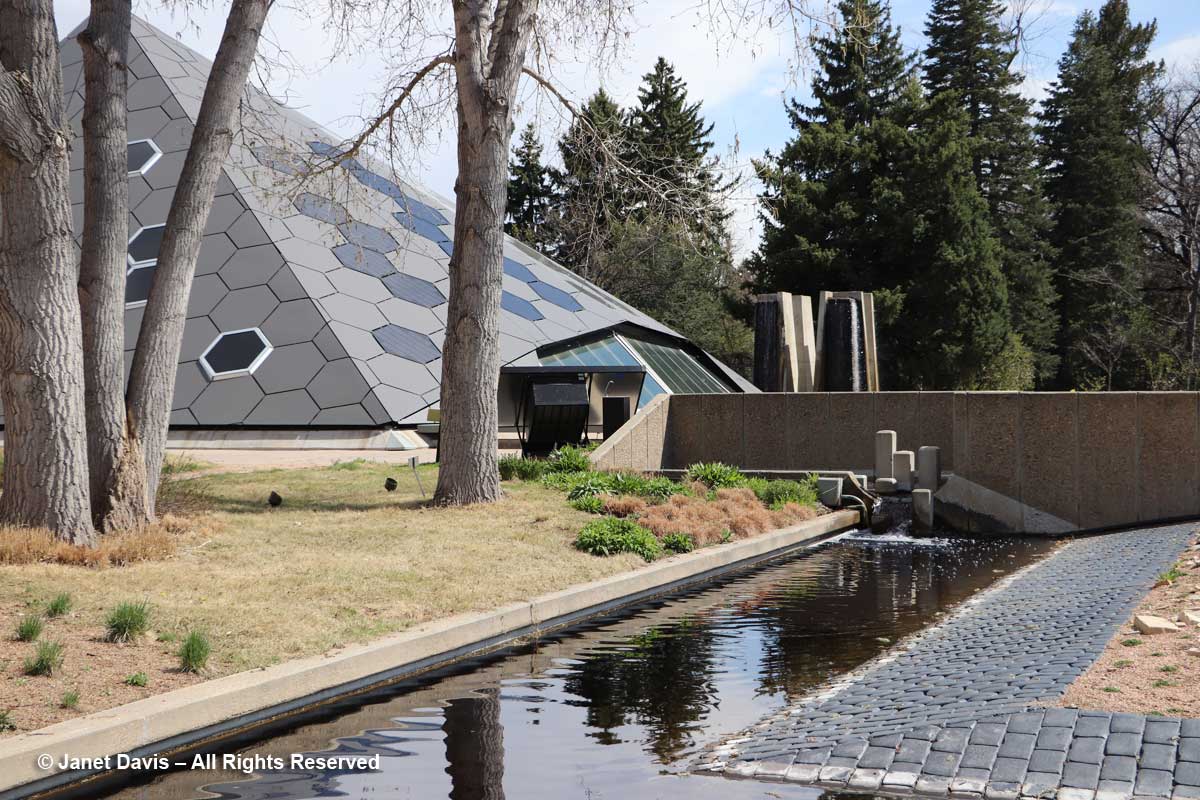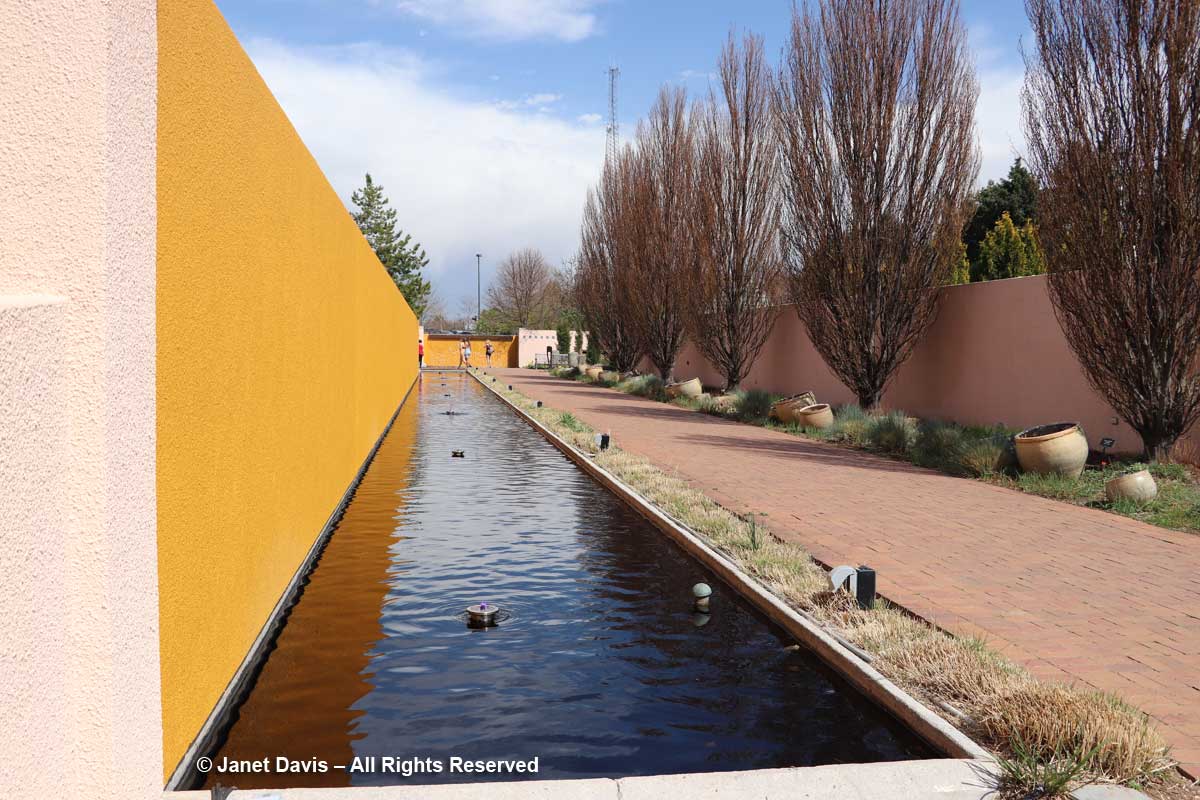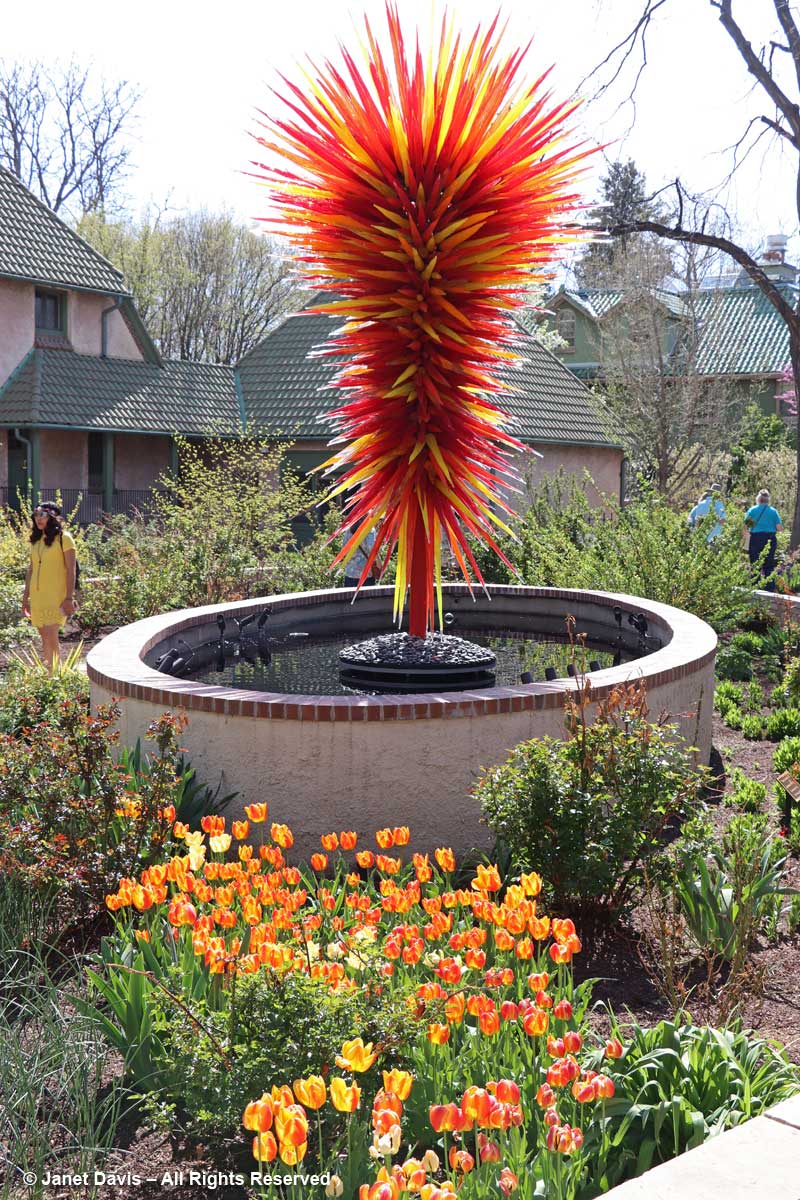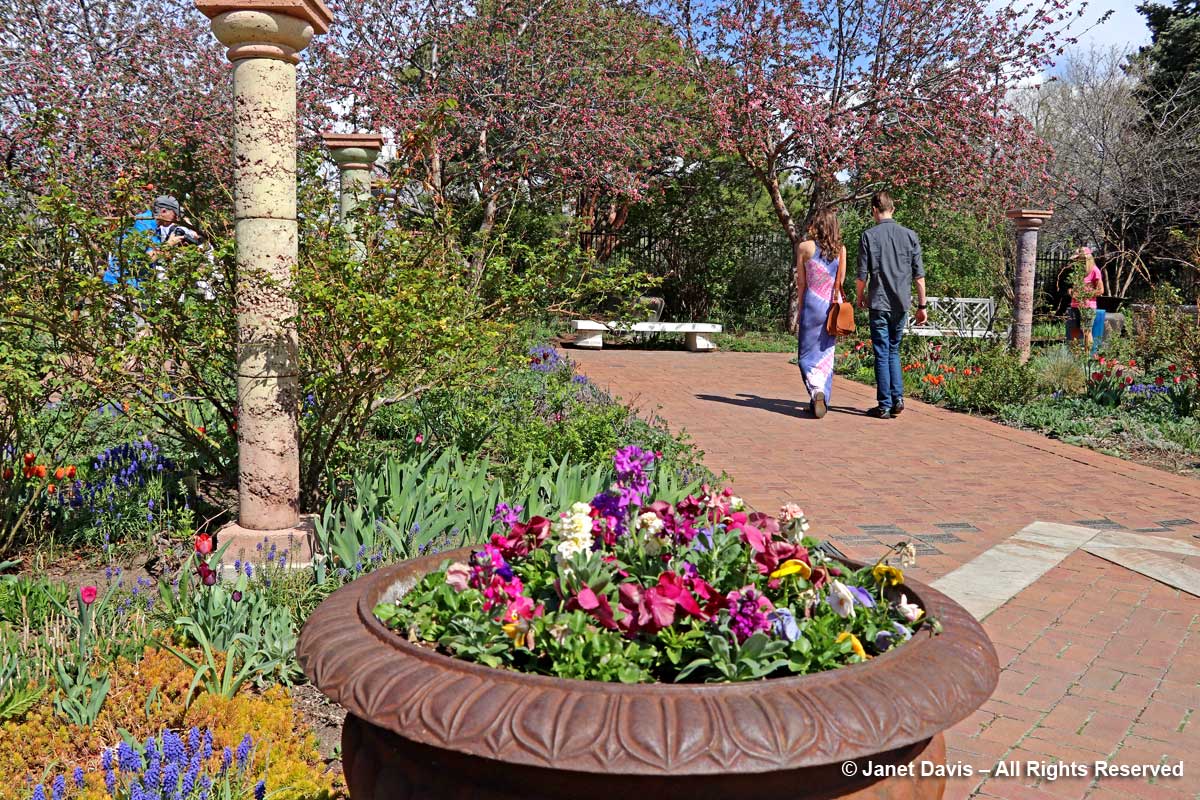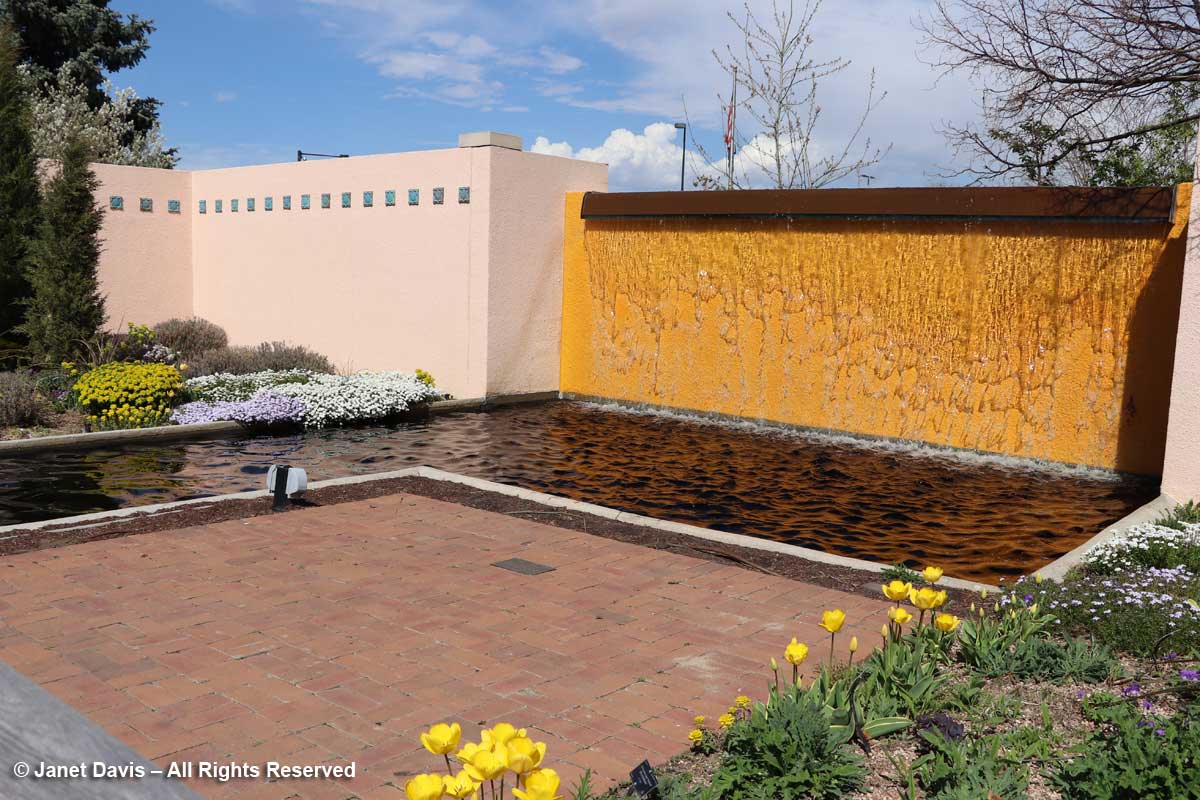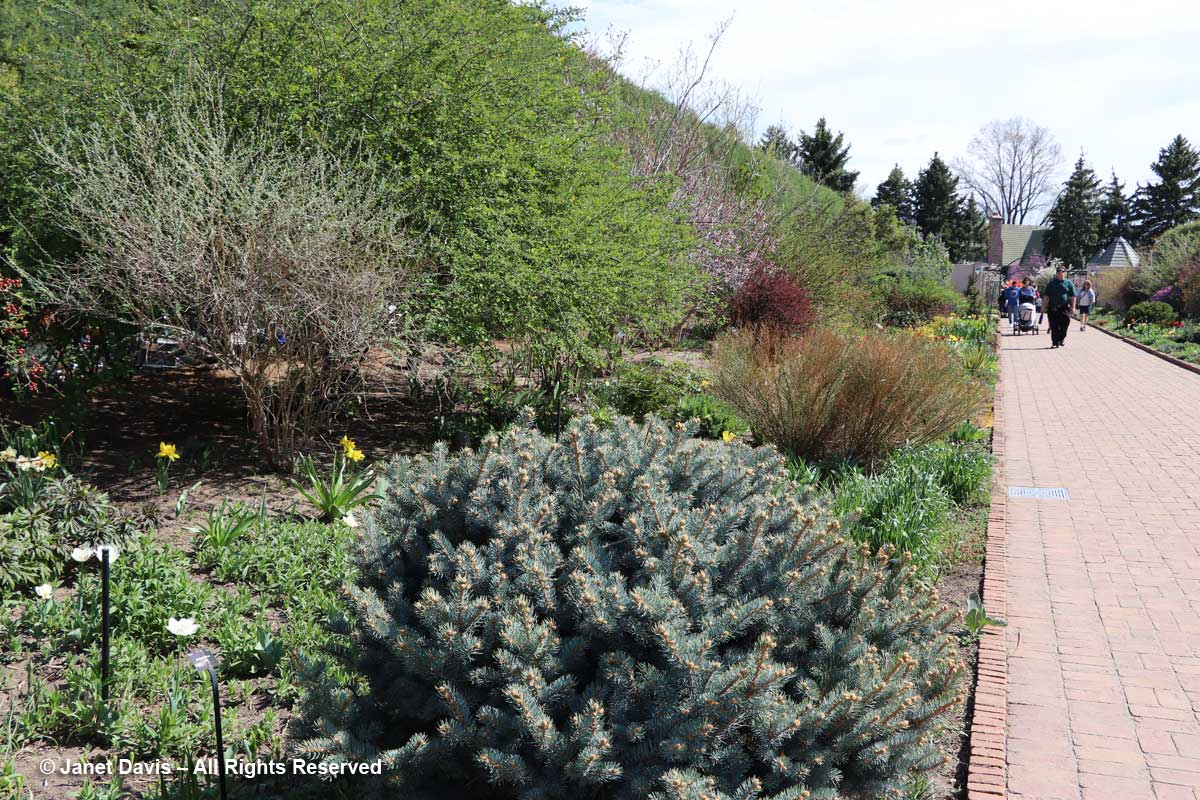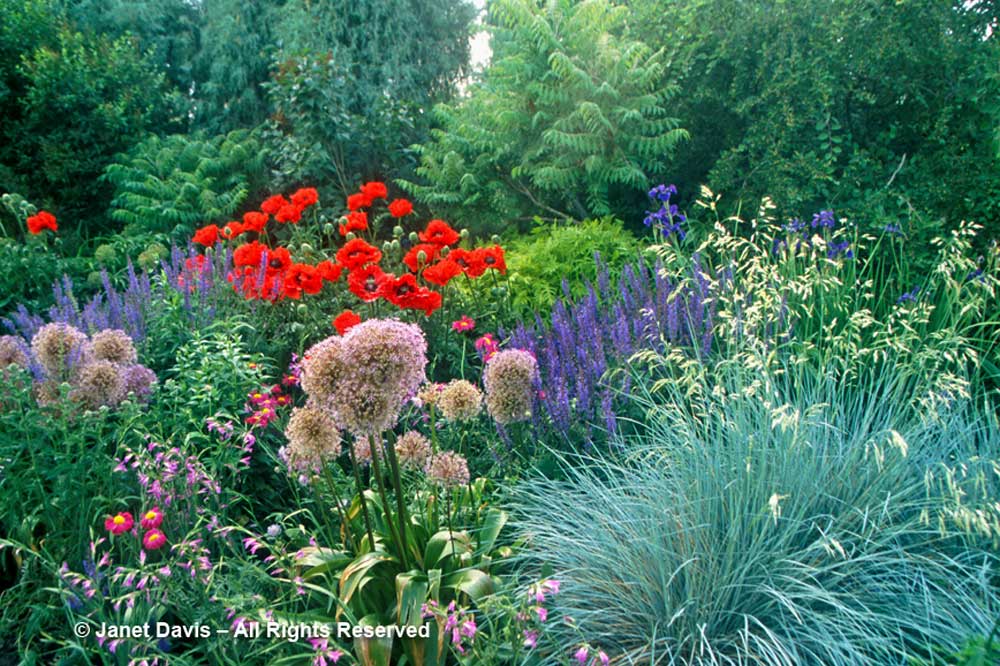Last June, during my visit to Denver with the Garden Bloggers’ Fling, I spent a little extra time in the fascinating Steppe Garden at Denver Botanic Gardens. I had been there once before during a late April visit when wild Tulipa greigii, Fritillaria pallidiflora and Iris bucharica from the Central Asian steppe were in flower. I blogged about my 2018 spring visit at the time.
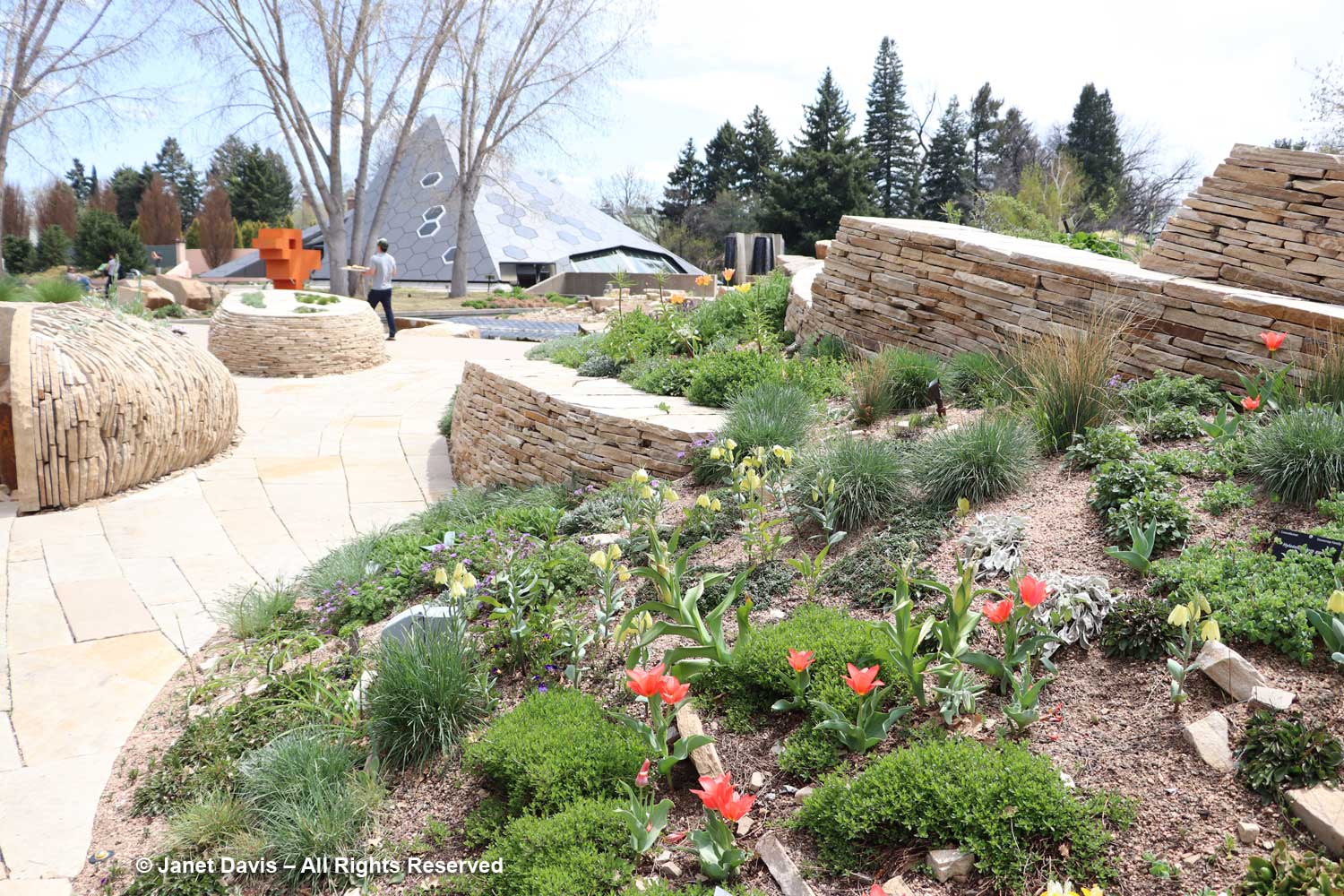
But a year later, it had filled in nicely and I was fascinated with all the unusual plants. As DBG says on its website, “The Steppe Garden is an ambitiously diverse collection of tough and unique plants from steppe biomes, some of the most rugged habitats on Earth. This quarter-acre garden brings together the North American, South American, Central Asian and Southern African steppes to explore the diversity and similarities of their cold, dry grasslands and shrublands”. Designed by Didier Design Studio and installed in 2016, the garden is still filling in. The photo below (courtesy of Denver Botanic Gardens) shows an aerial view of the Steppe Garden as it was in 2017. I have numbered the individual gardens: 1) Patagonia; 2 and 3) Central Asia; 4) cultivated steppe (hybrids and plants influenced by human hands; 5) Southern Africa; and 6) Intermontane steppe of North America.
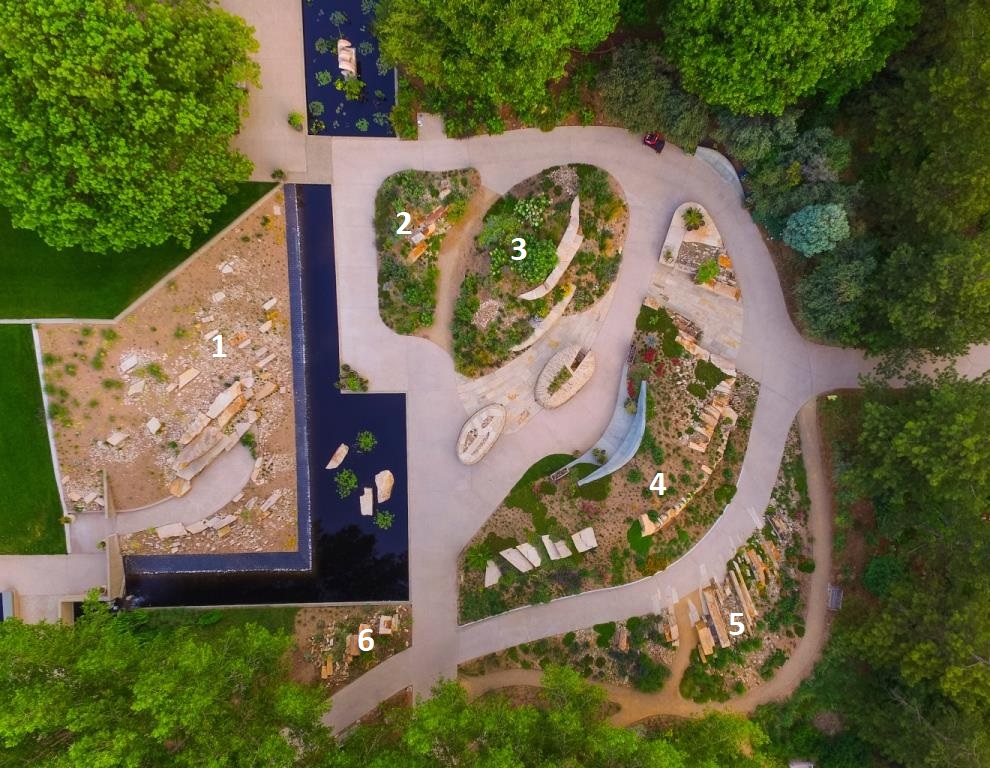
Let’s take a walk through, below. That’s South Africa on the left and the Central North American steppe of the Great Plains on the right. Denver, of course, is part of that steppe biome and DBG has focused on the unique ecology of steppe plants in this space.
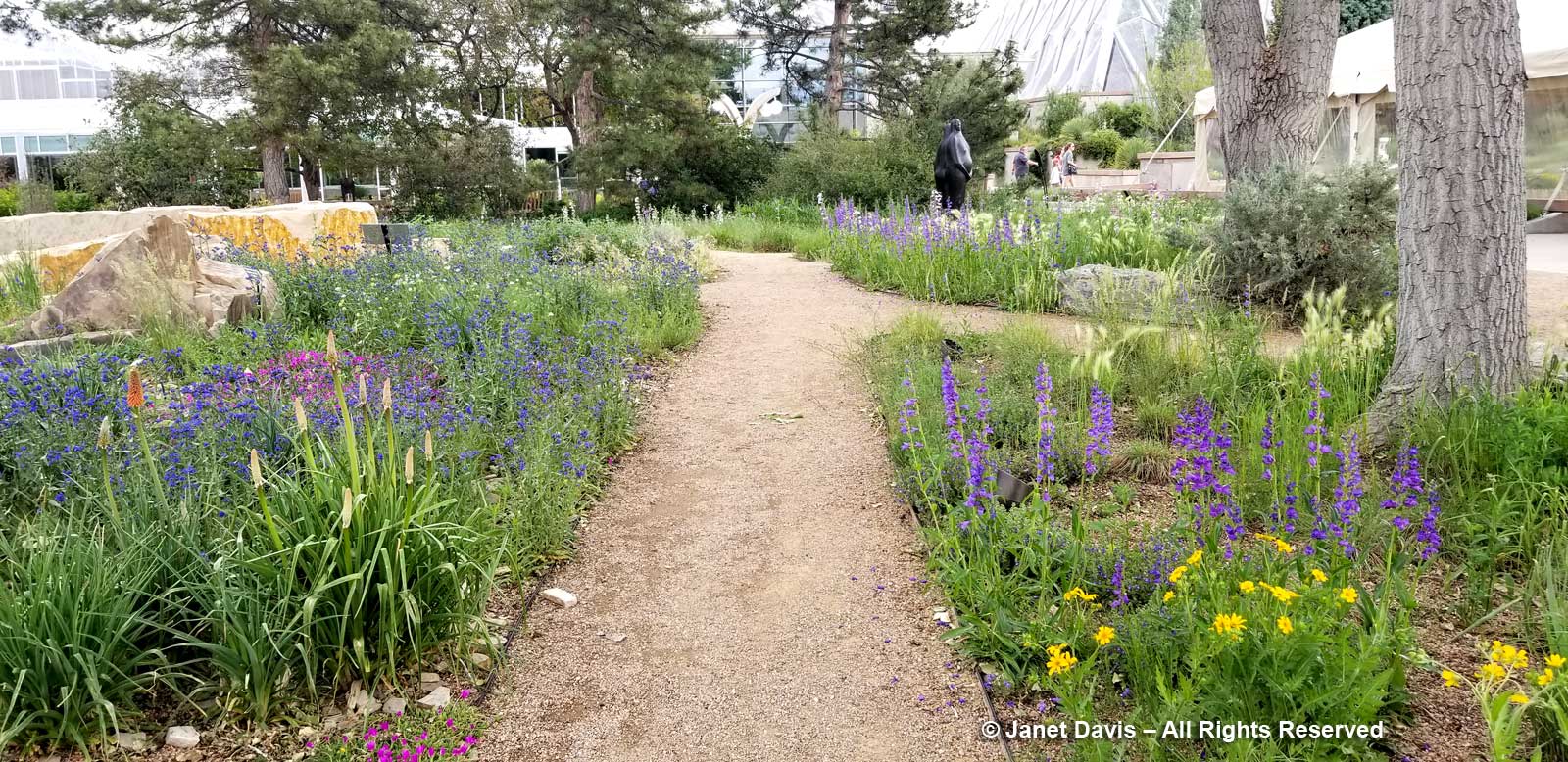
As the sign says, the plants found in this garden are native to eastern Colorado and grow in the rain shadow of the Rocky Mountains.
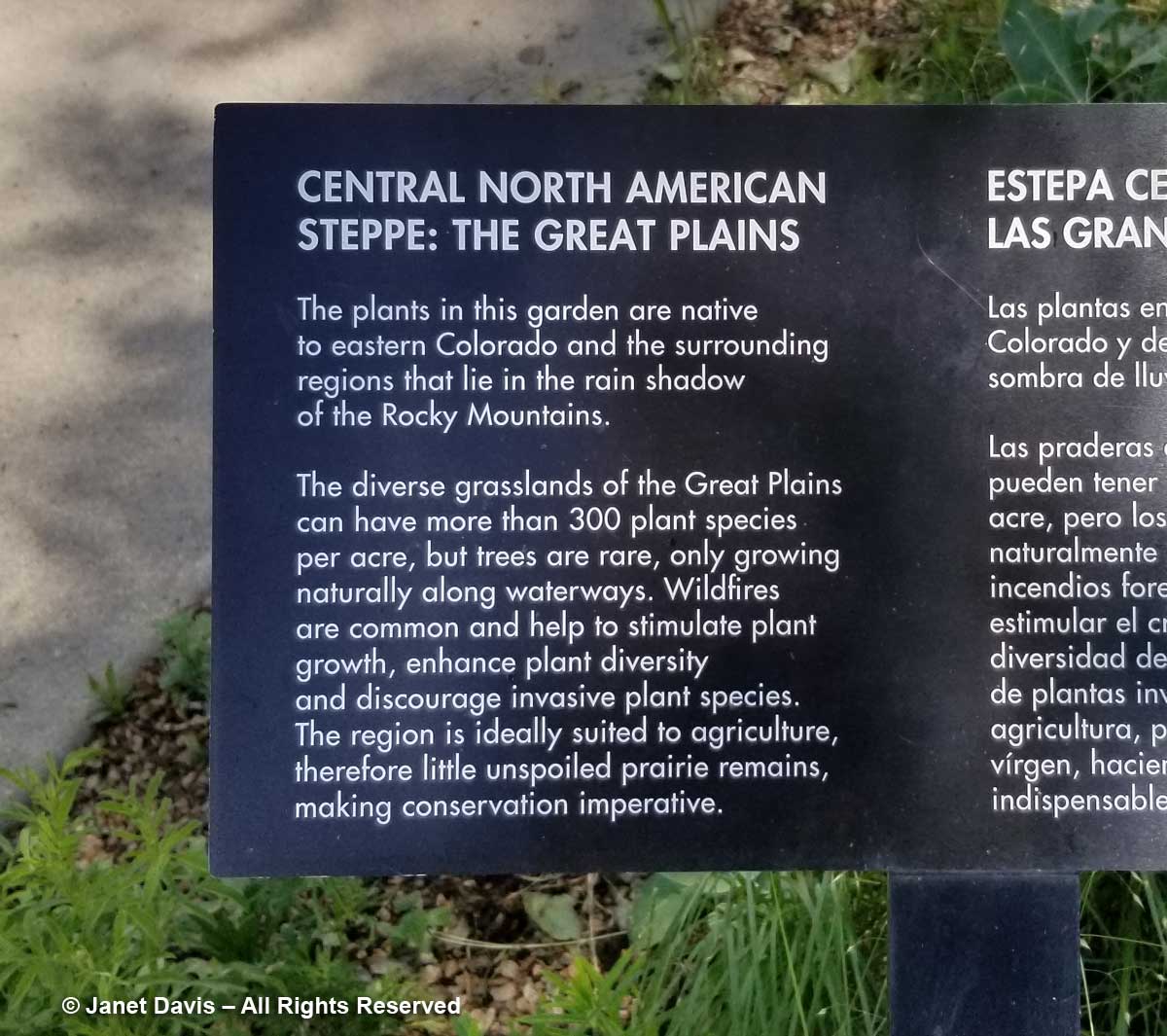
In June, that means penstemons! Here we see a mix of lavender-purple Rocky Mountain penstemon (P. strictus), pink showy penstemon (P. grandiflorus) and wispy foxtail barley (Hordeum jubatum).
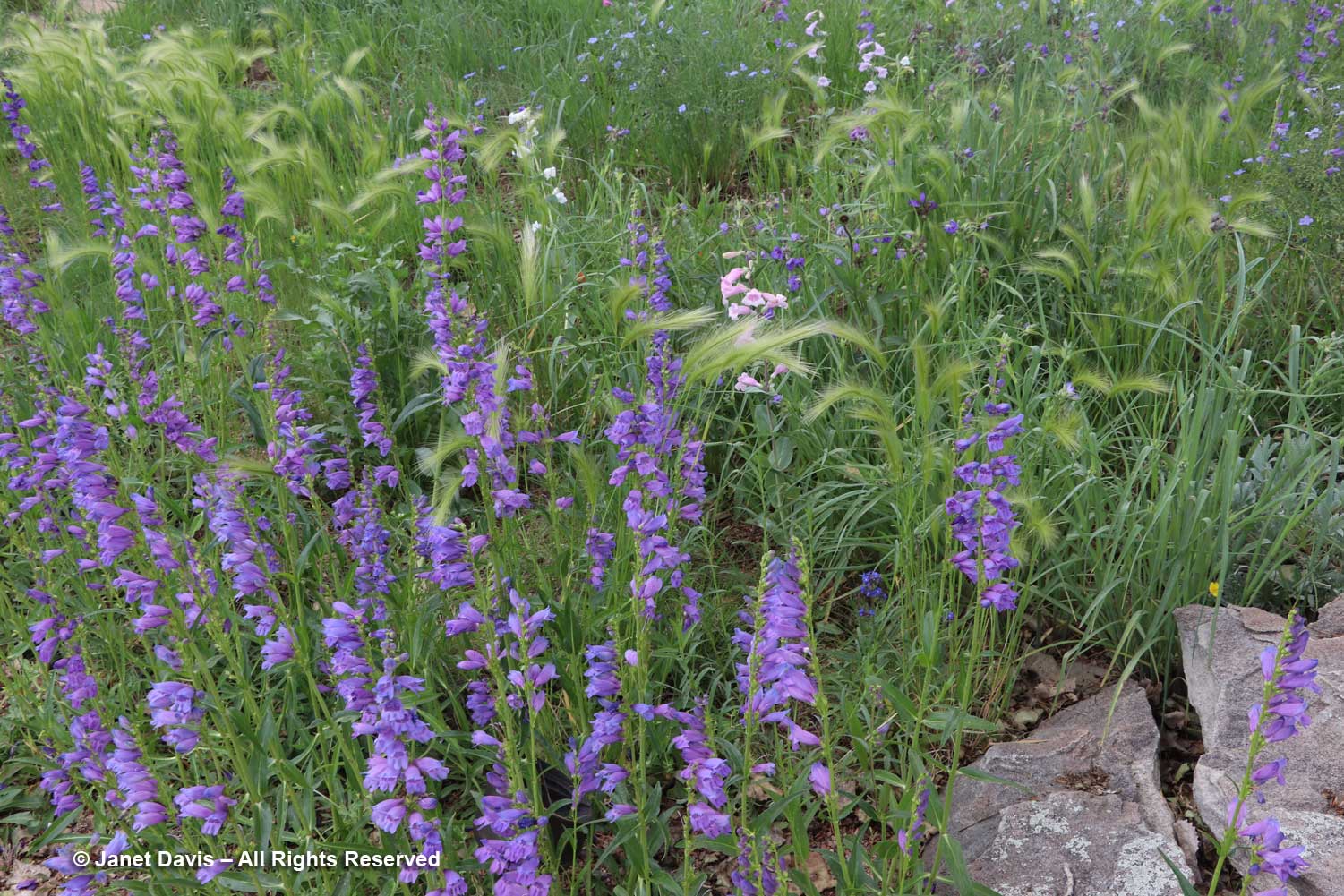
I grow showy penstemon myself at our cottage north of Toronto and I know what a tough hombre it is for dry, stony soil. But it looks so refined in the Steppe Garden, below.
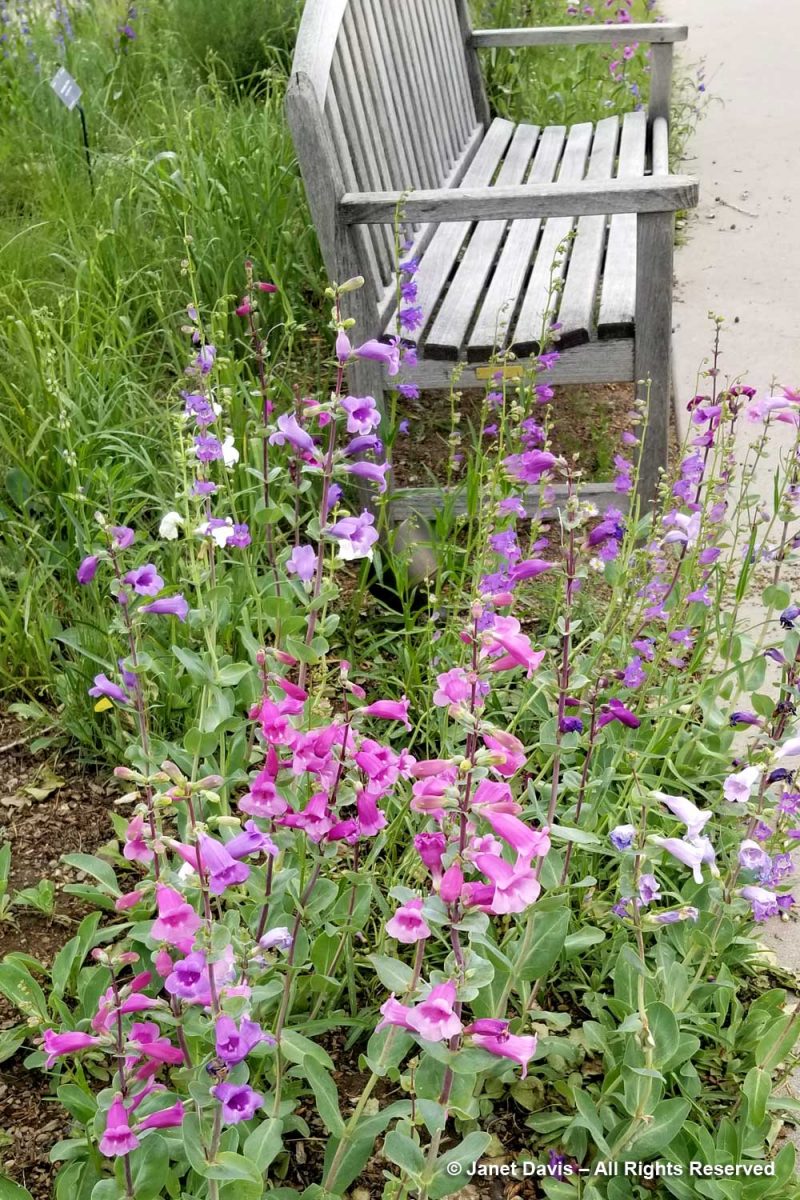
Just outside the Steppe Garden itself is the Laura Smith Porter Plains Garden, featuring plants endemic to what was once native shortgrass prairie, with seeds sourced within 30 miles of Denver. Under the frieze here is soapweed yucca (Yucca glauca) and blue Nuttall’s larkspur.
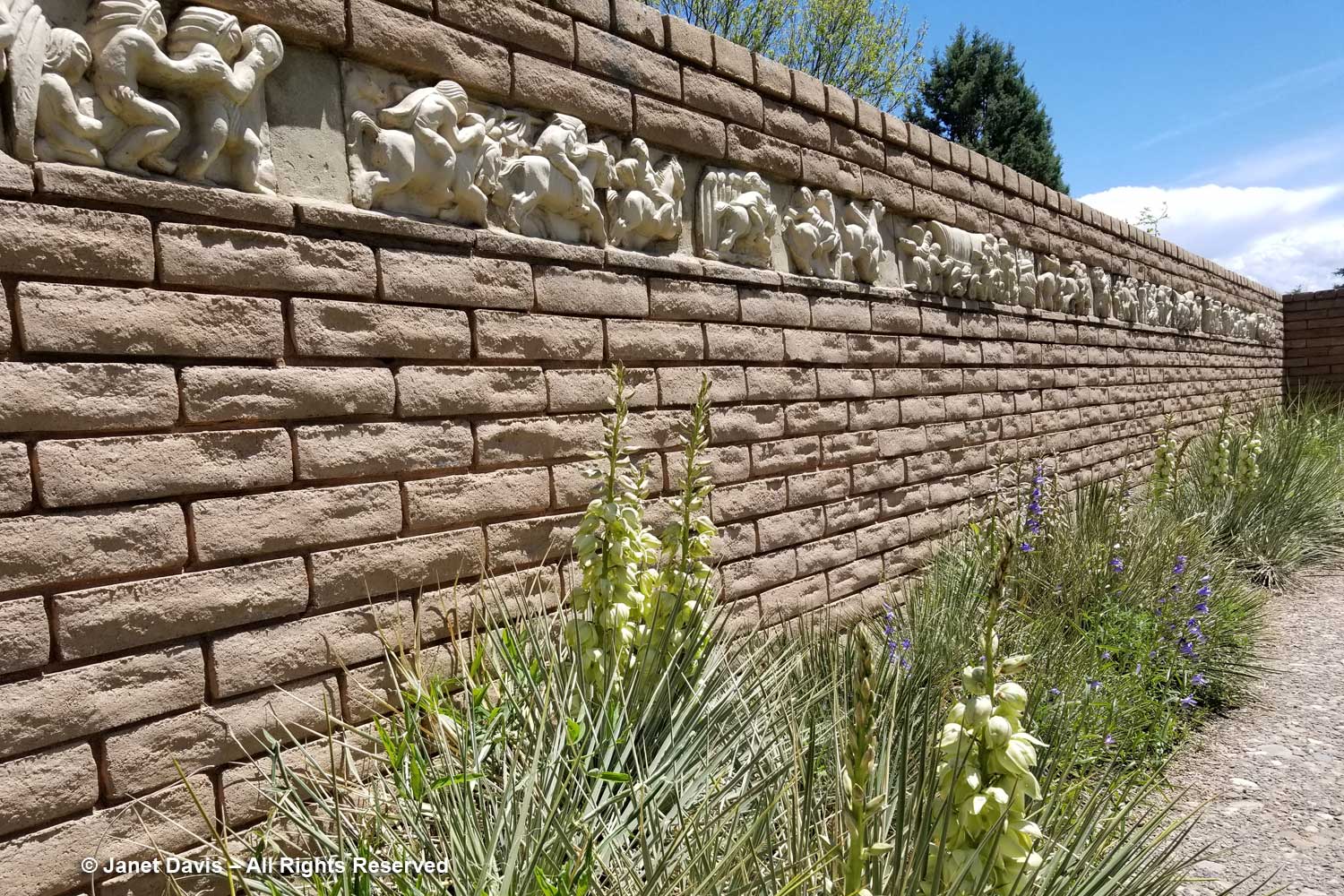
Walk out the path and you get a feel for the shortgrass steppe or shortgrass prairie of the Great Plains. It’s these wonderful approximations of ‘what used to be’ that make Denver Botanic Gardens so special.
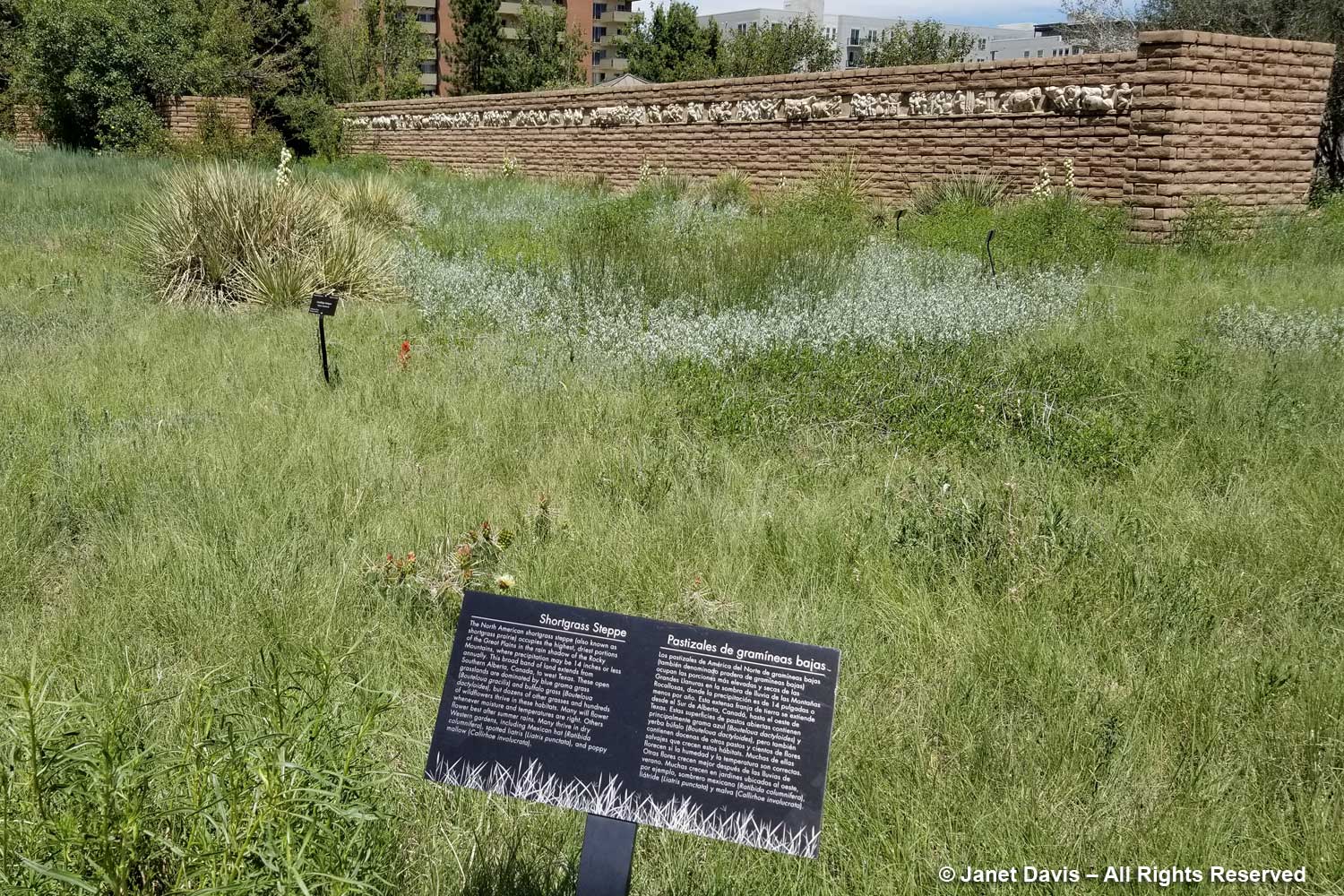
Here is Nuttall’s larkspur (Delphinium nuttallianum), named for Thomas Nuttall, the Yorkshire-born botanist who collected extensively in the United States from the Great Lakes to Kansas, Wyoming and Utah, then to California and Hawaii, followed by time in the Pacific Northwest.
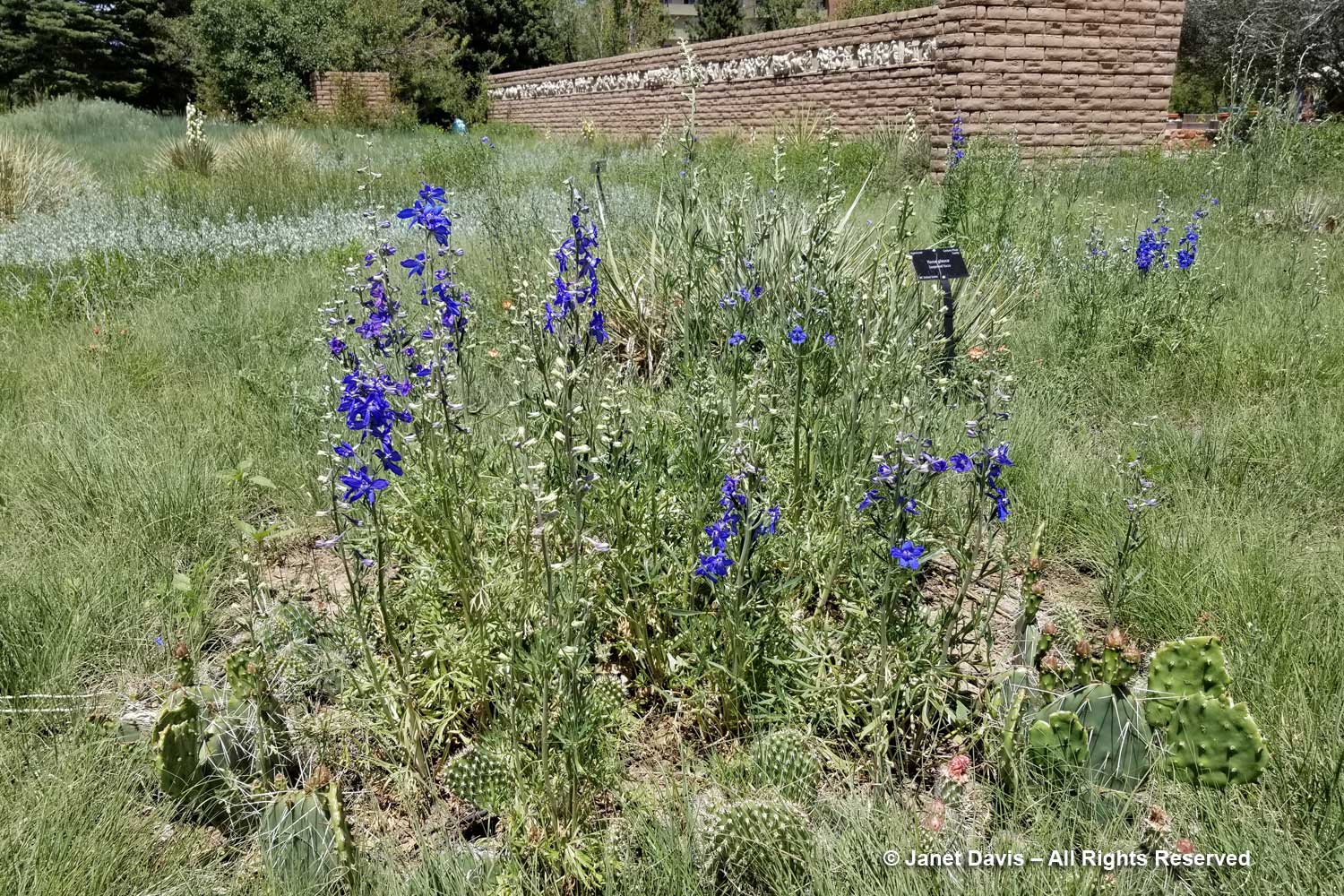
Plains prickly pear cactus (Opuntia polyacantha), another shortgrass native, is in bloom in June.
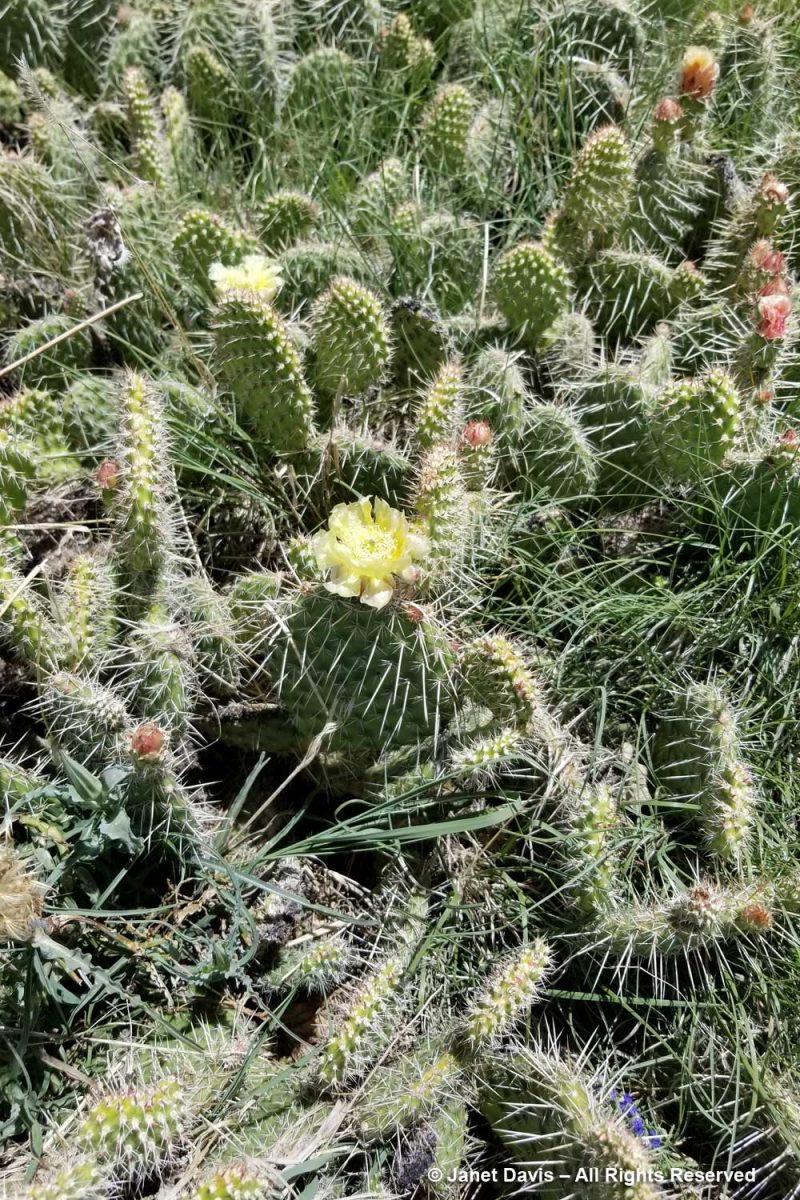
Let’s go back into the Steppe Garden and enjoy this view over the water to the Central Asian Steppe Garden.
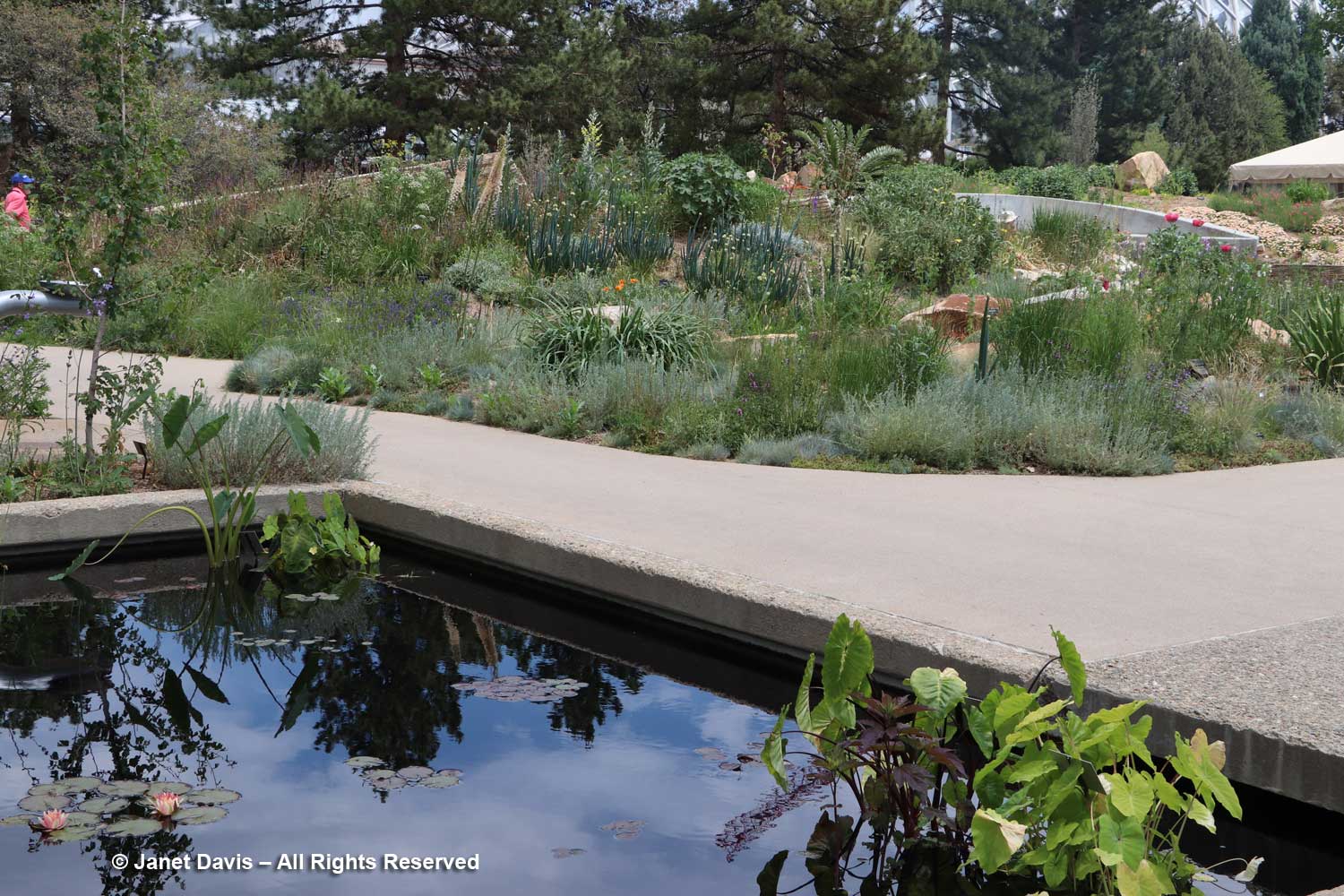
As the sign states, this is the largest steppe on the planet
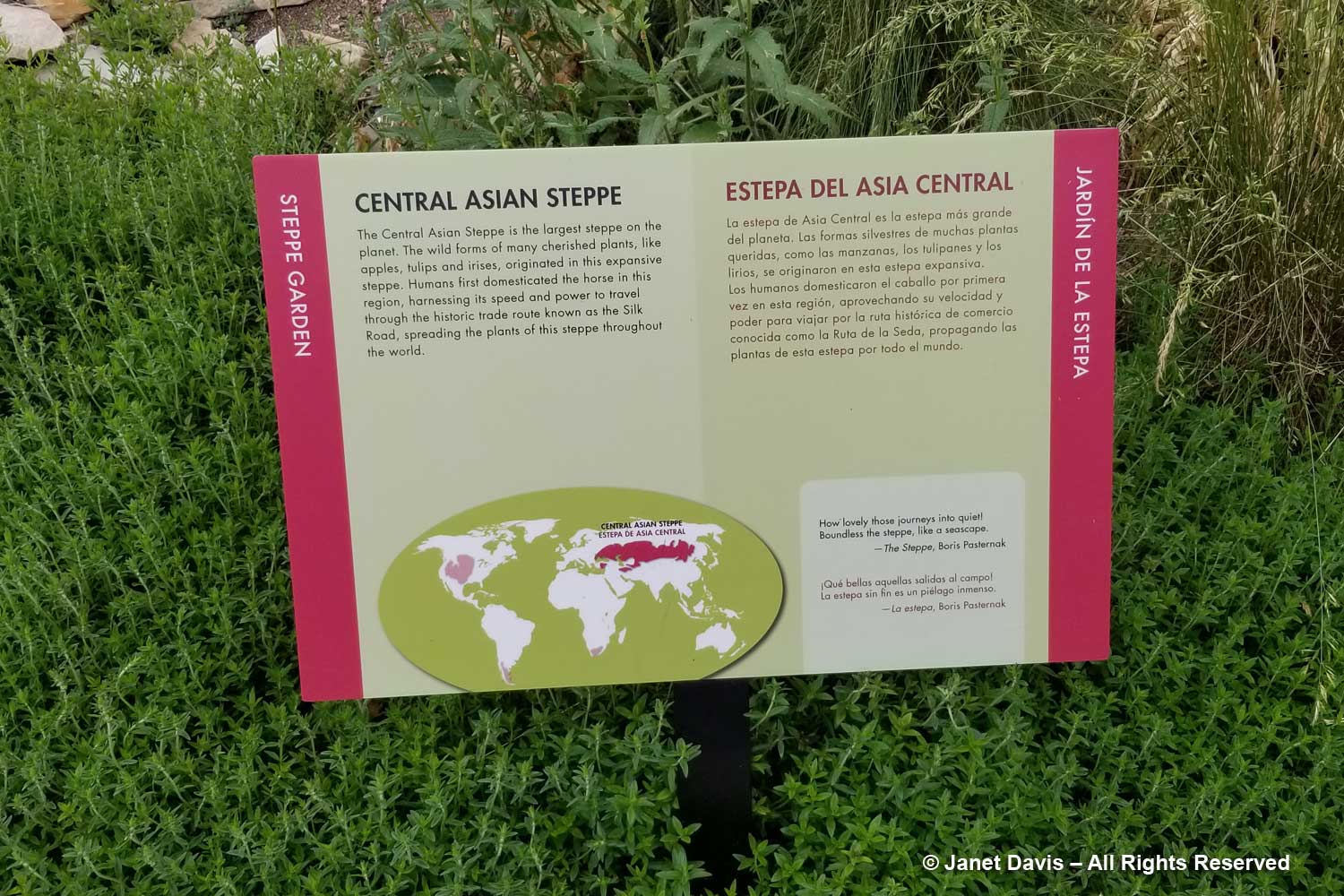
Visitors walk through a microcosm of the species that grow in the Central Asian Steppe. I love that the gardens here look more like meadows than botanical garden collections, but each geographic section has been carefully sourced and the plantings designed by the Steppe Collections curator and plant explorer Michael H. Bone (more on Mike later).
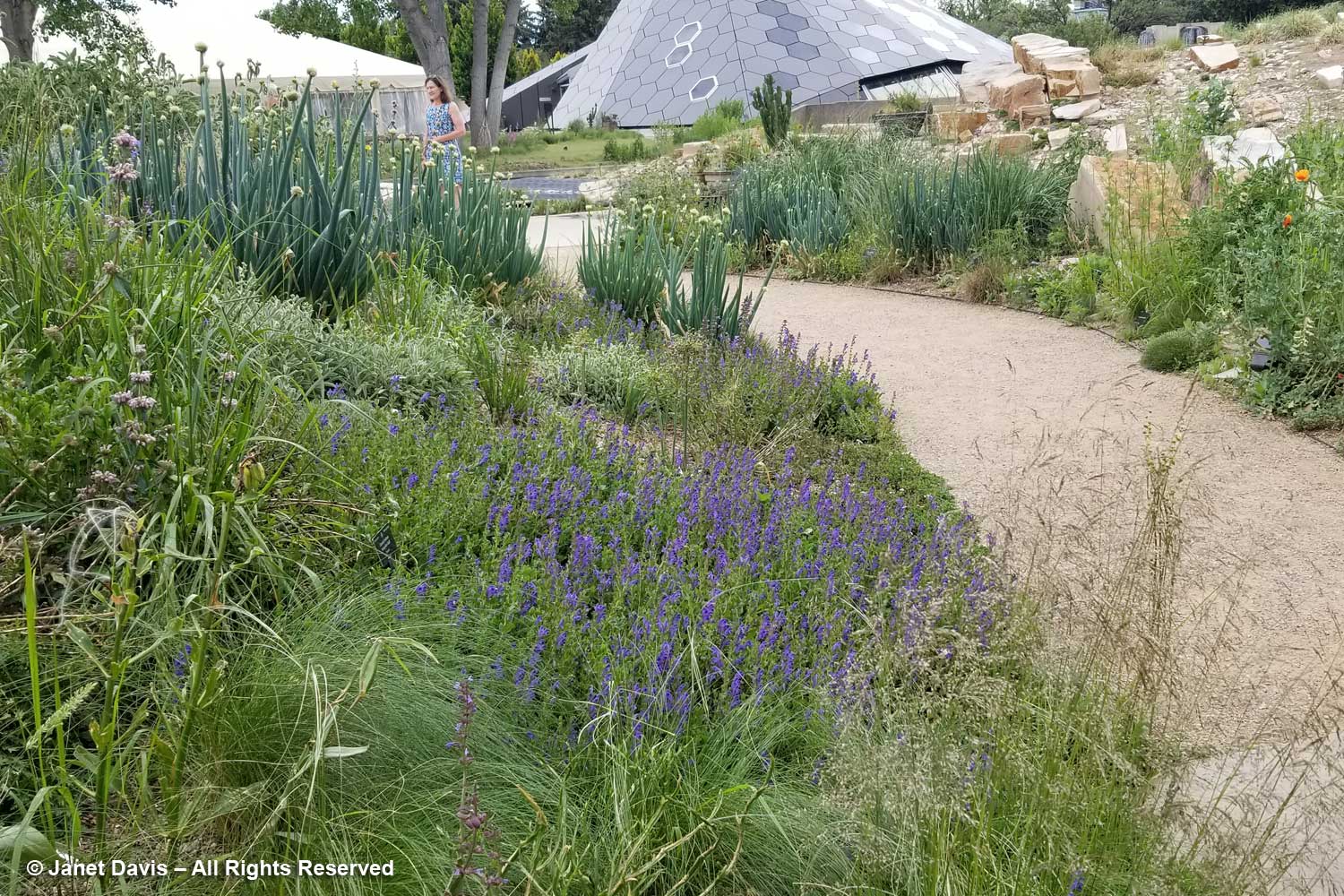
The Altai mountains are in the Central Asian Steppe and located where China, Russia, Mongolia and Kazakhstan come together. And this is the Altai onion, Allium altaicum.
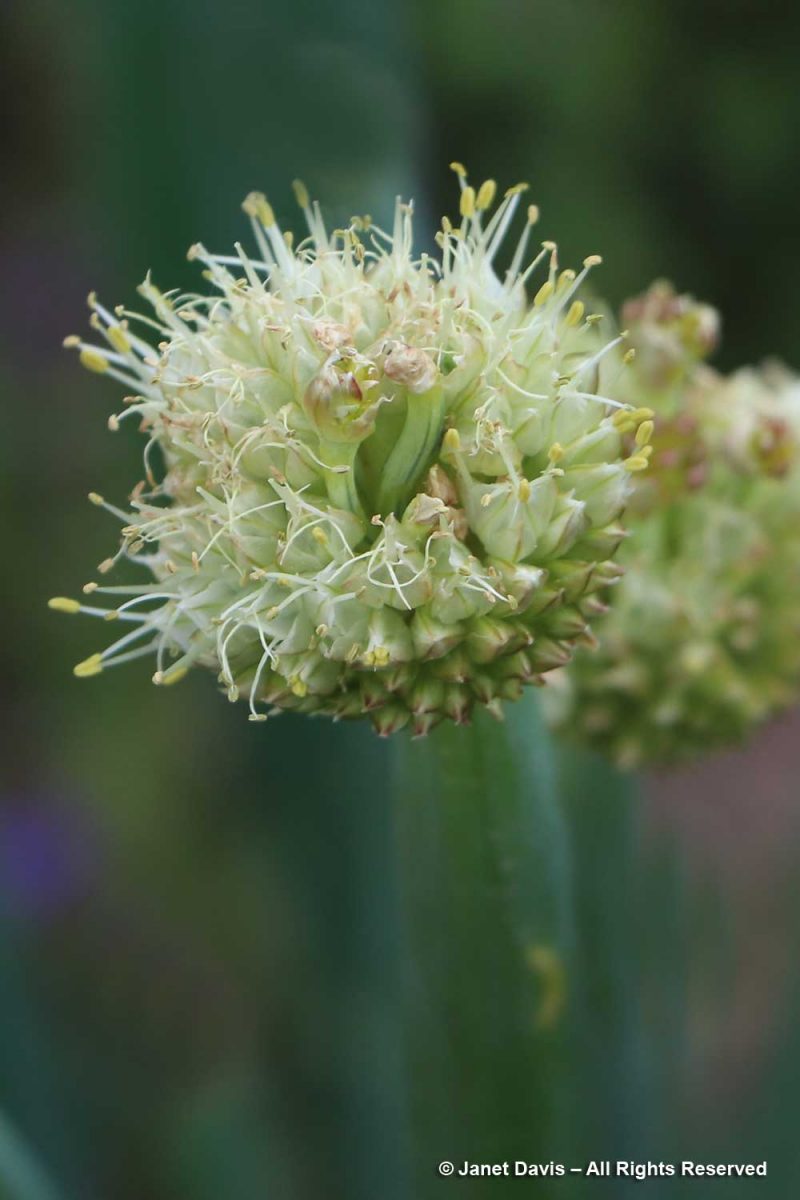
This is Angelica brevicaulis from the mountains of Kyrgyzstan and Kazakhstan.
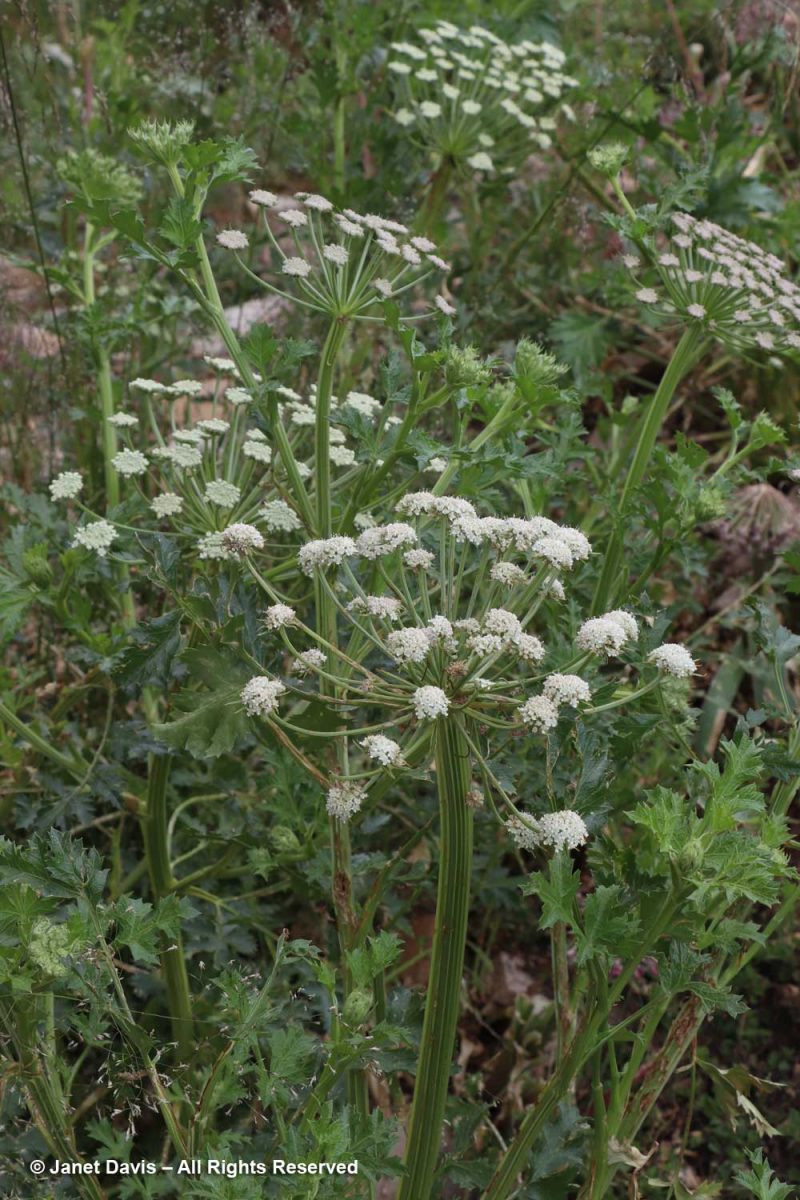
I love the Eurasian horned poppies (Glaucium corniculatum) and photographed them growing with roses in the garden of Panayoti Kelaidis, senior curator and director of outreach at Denver Botanic Gardens. (Read my blog on Panayoti’s Denver garden here.)
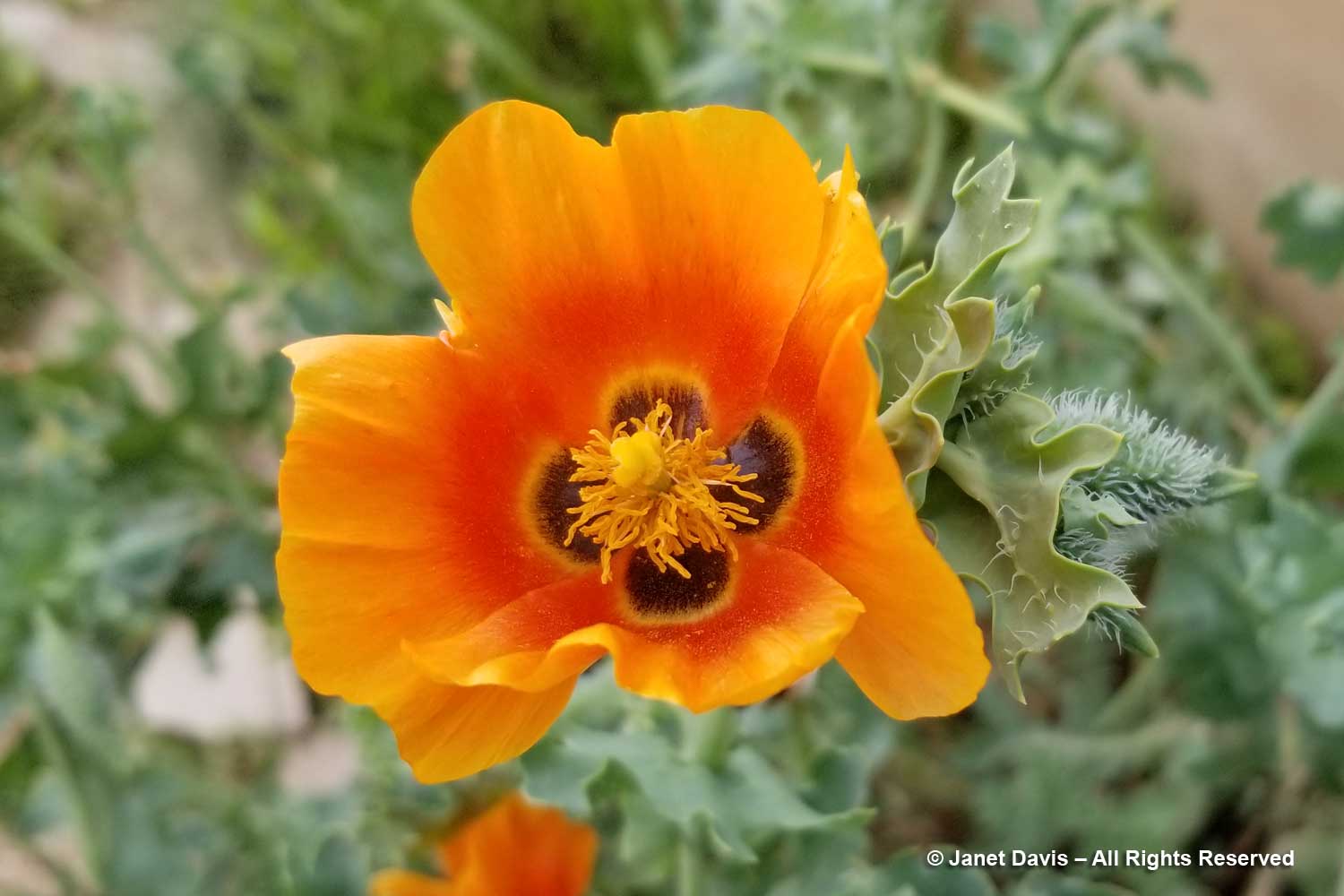
Most gardeners are very familiar with opium poppy (Papaver somniferum), which has long been naturalized in Central Asia, as well as many other regions of the world..
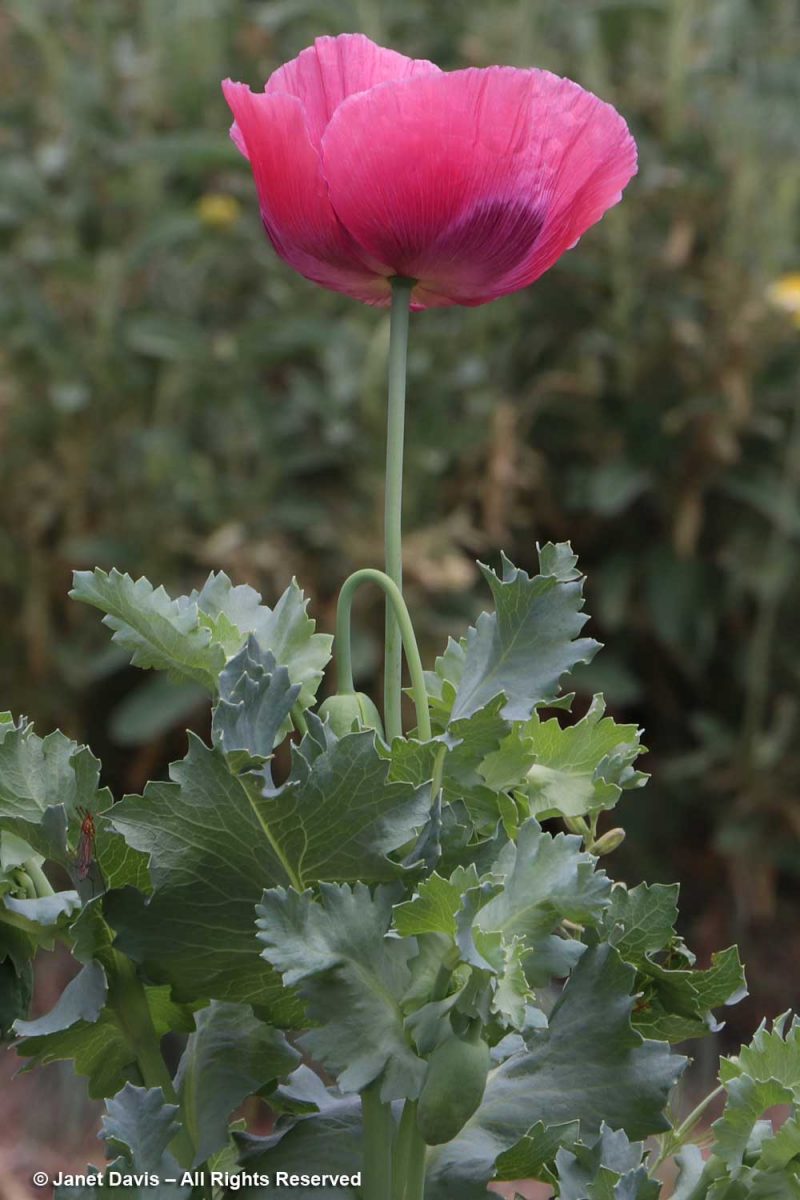
Phlomoides oreophila is a new plant for me, native from Central Asia to Northwest China.
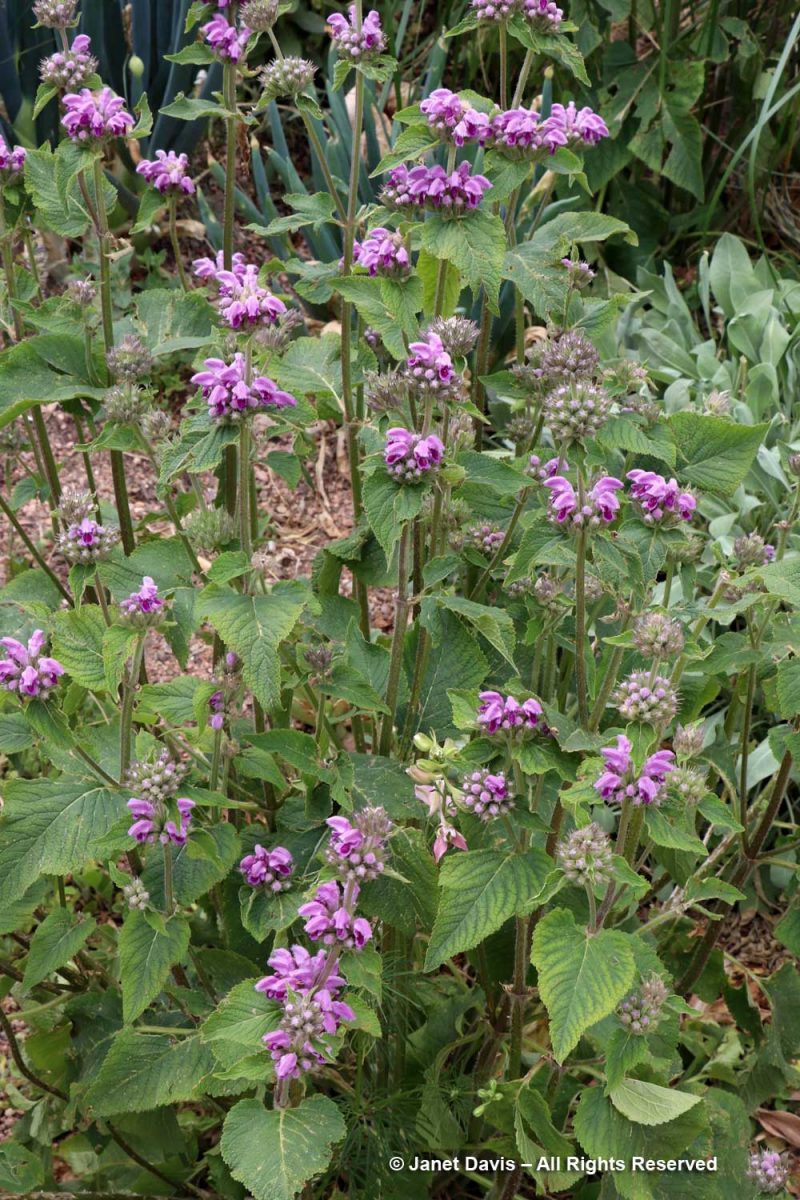
Leaving the Central Asia Steppe, we come to a part of the garden that is still being developed, the South American Steppe, featuring the plants of Patagonia.
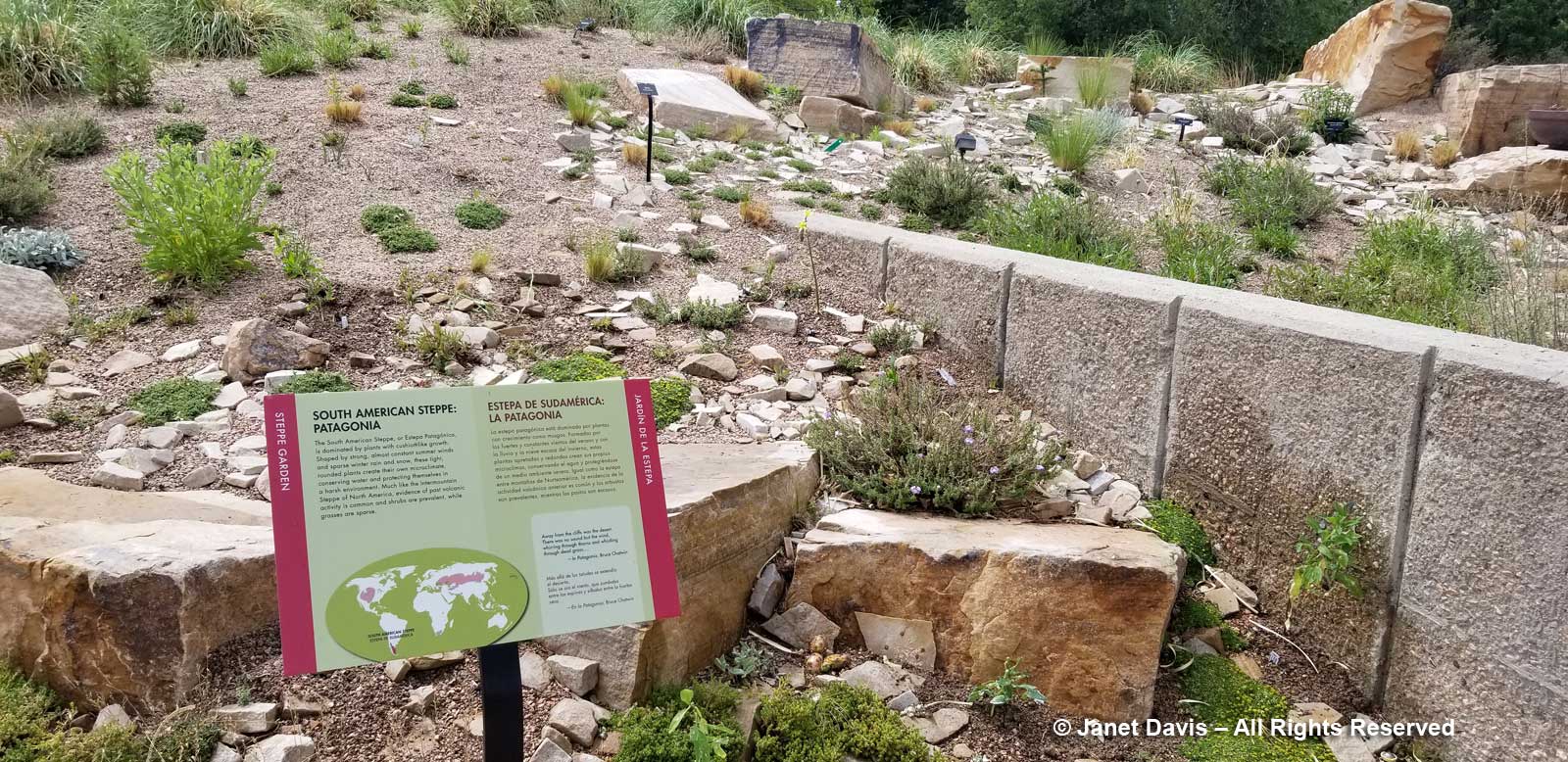
Looking over the water again, we see the main path through the Steppe Garden featuring two beautifully crafted stone sculptures. Behind is the South African Steppe.
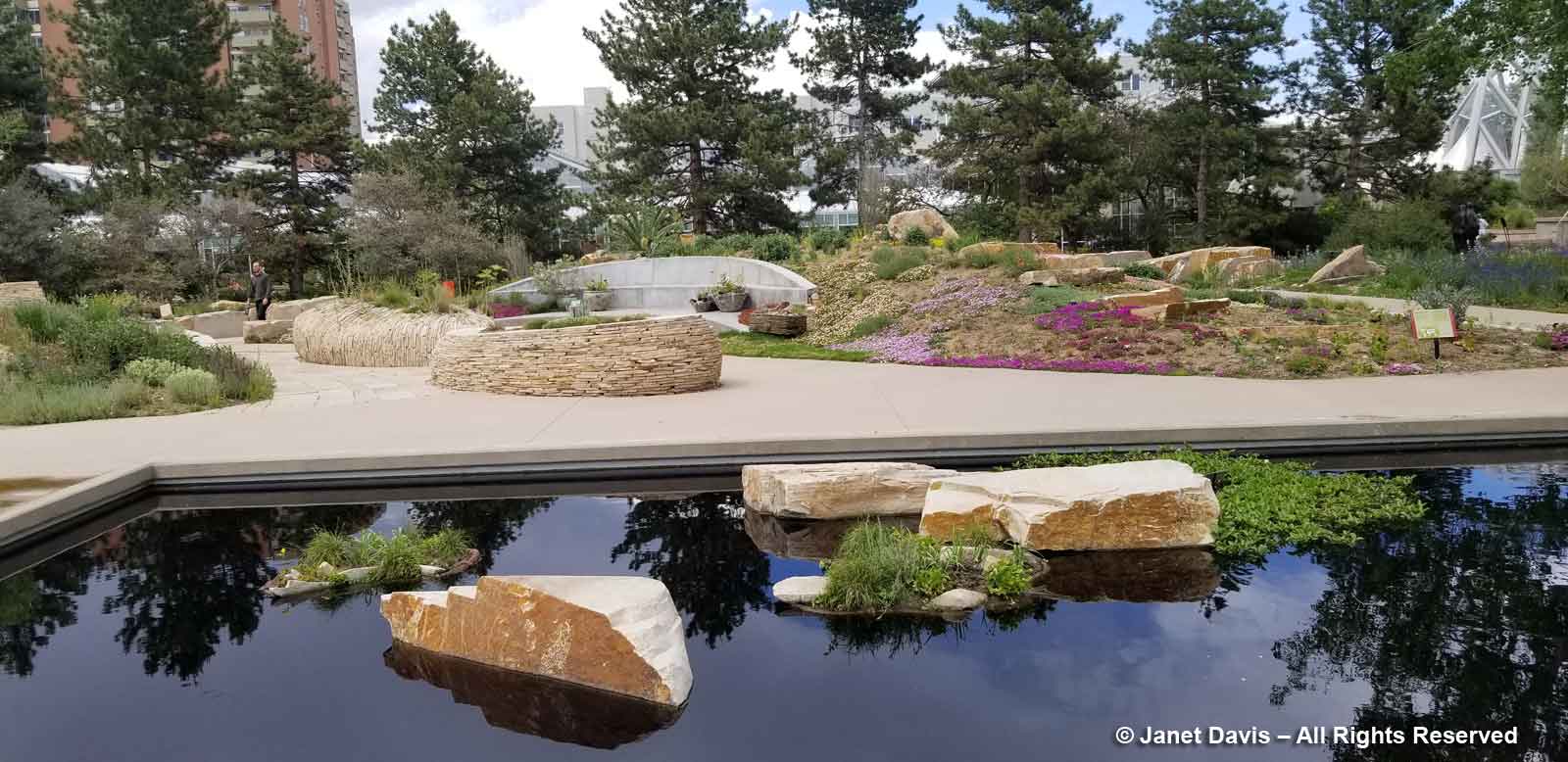
Let’s take a closer look at the farthest sculpture, which is actually a beautiful water feature that serves as a special crevice garden for chasmophytes, i.e. plants that make their homes in narrow openings in rocky outcrops in the steppe regions. The open part is a trickling water fountain.
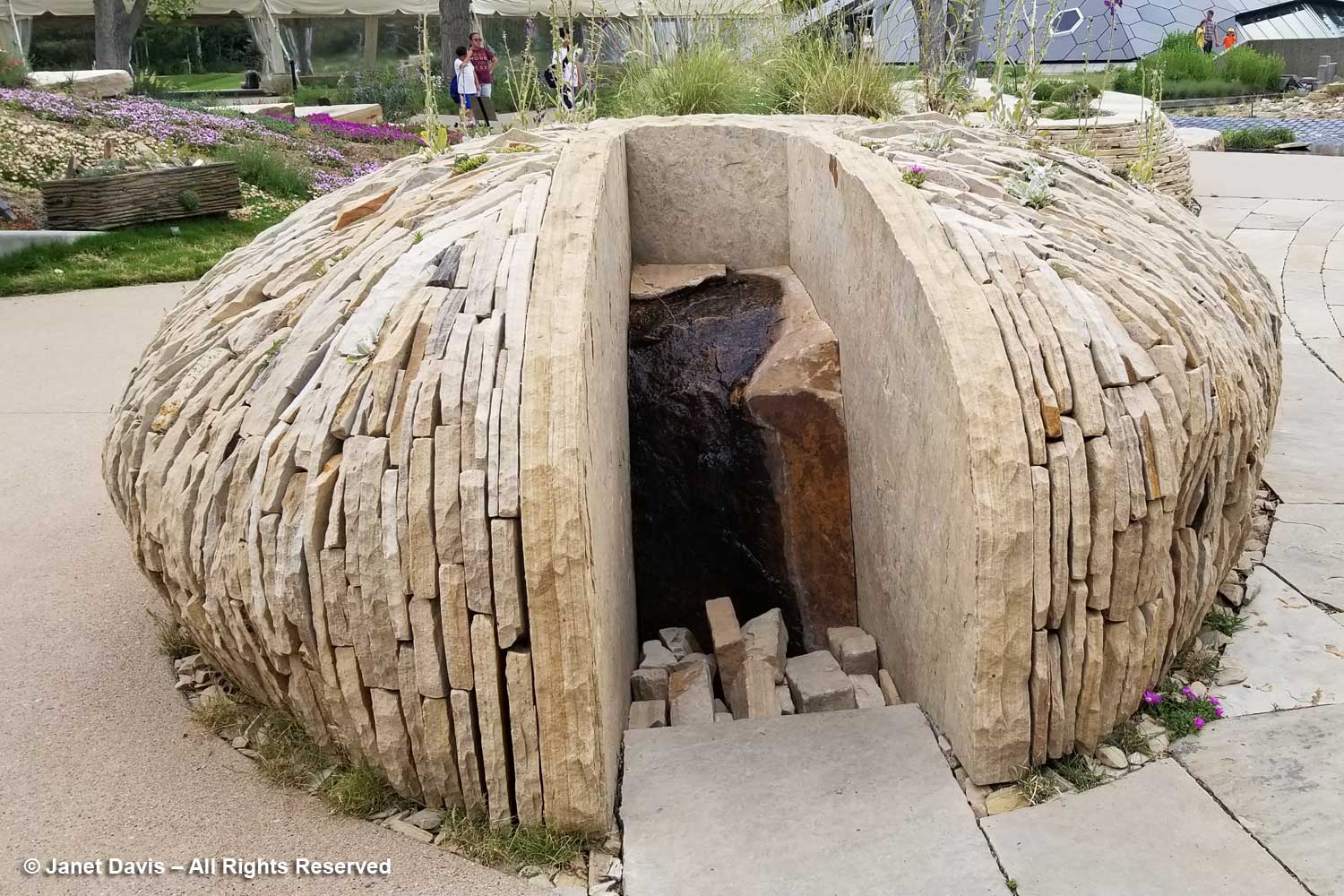
Look at these little jewels! I photographed the plants below, including the lilac-flowered Iberis simplex (I. taurica), in April 2018. It grows in the Taurus Mountains in Southern Turkey.
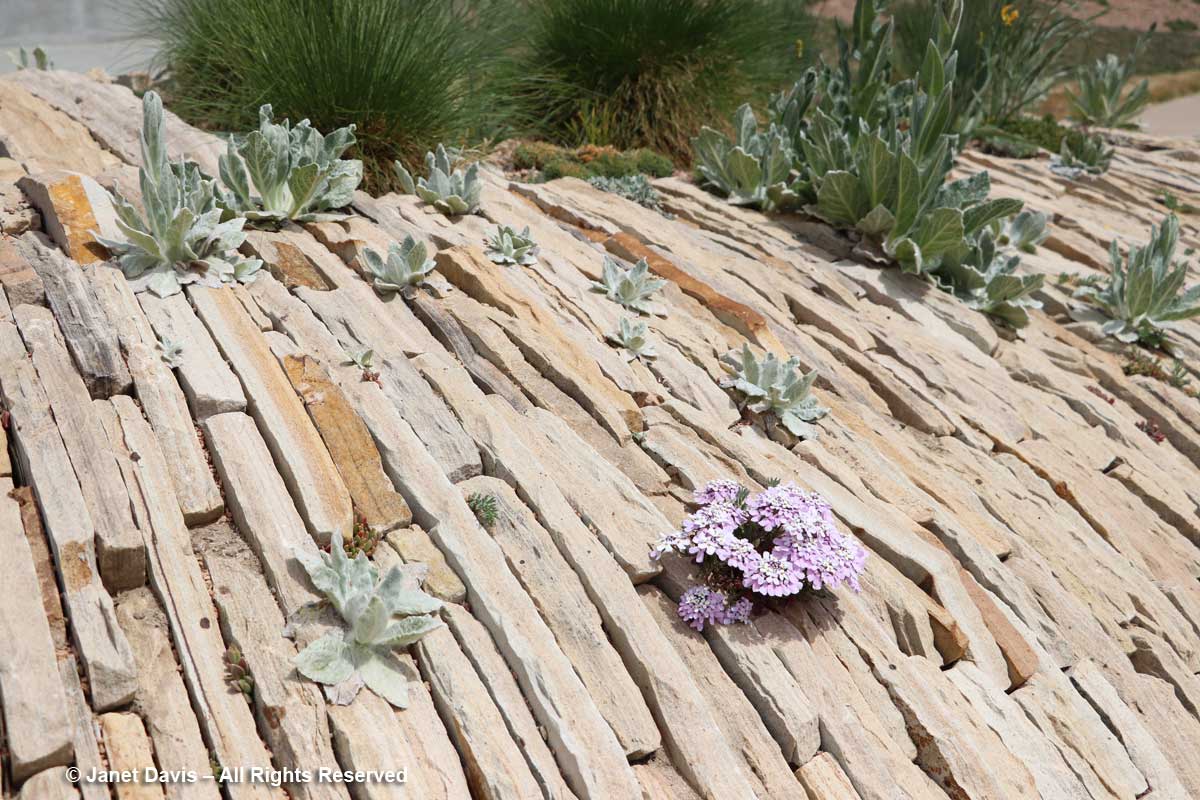
Here is the top of the water feature in June 2019….
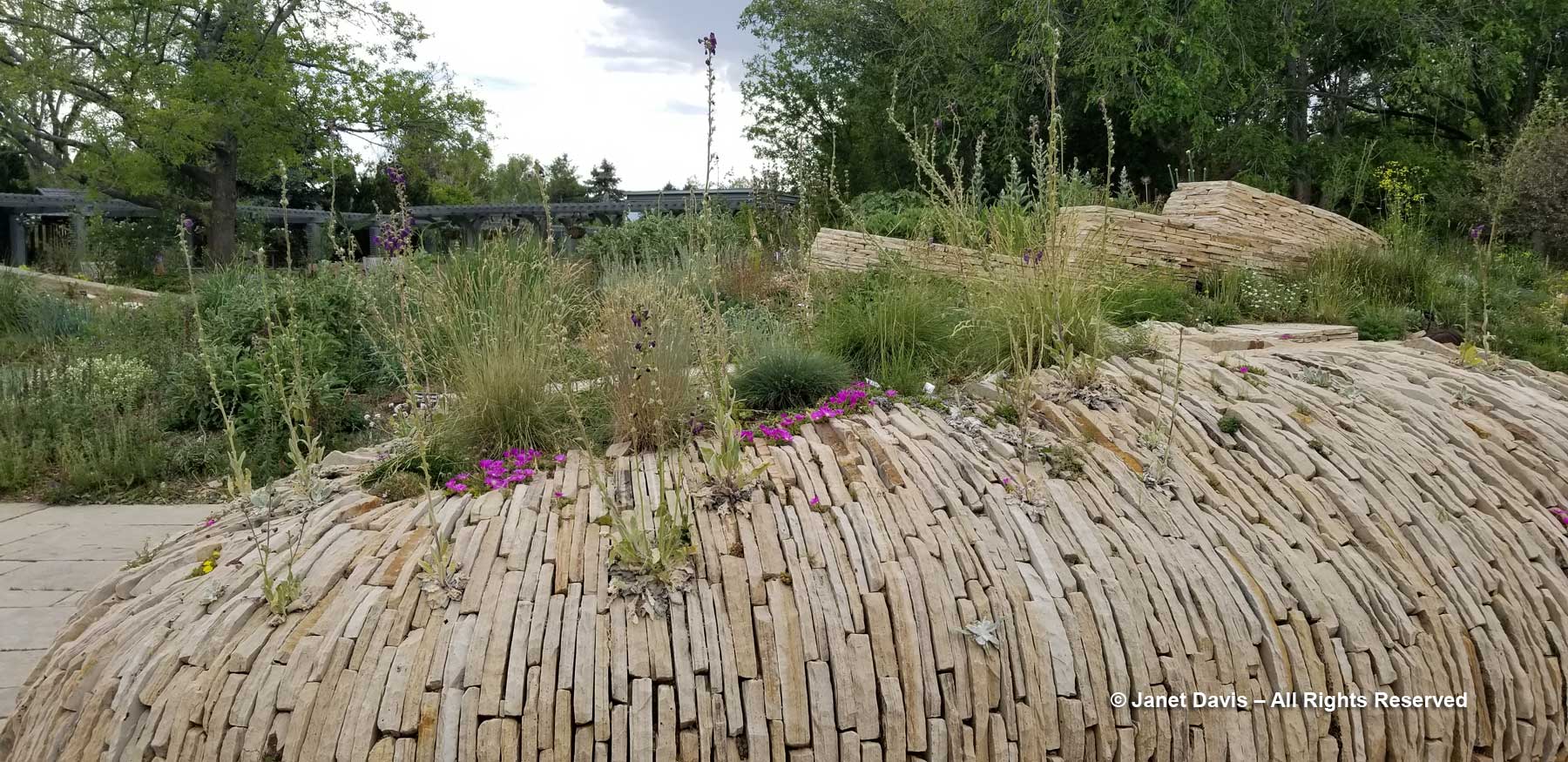
….. and another view. What exquisite stonework!
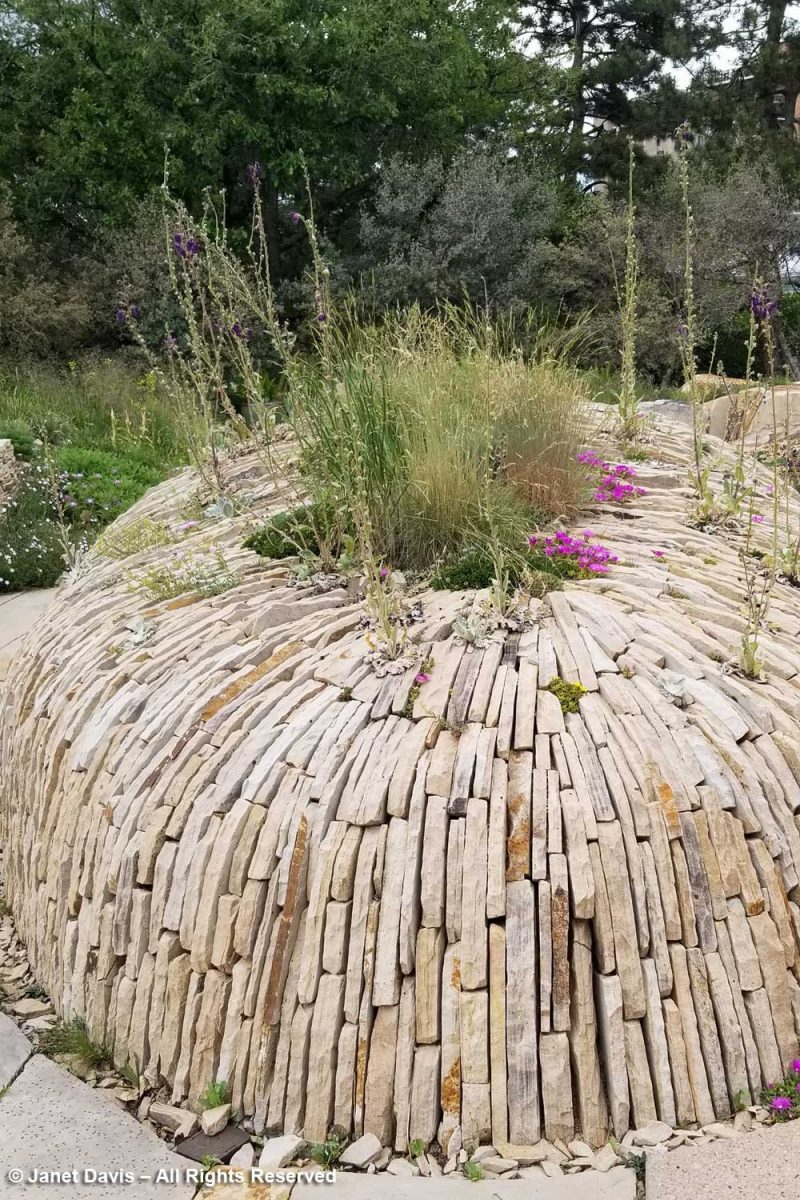
The South African Steppe is the star here, in my opnion, given DBG’s long history with plants from the region.. Let’s have a look at some of the plants, such as….
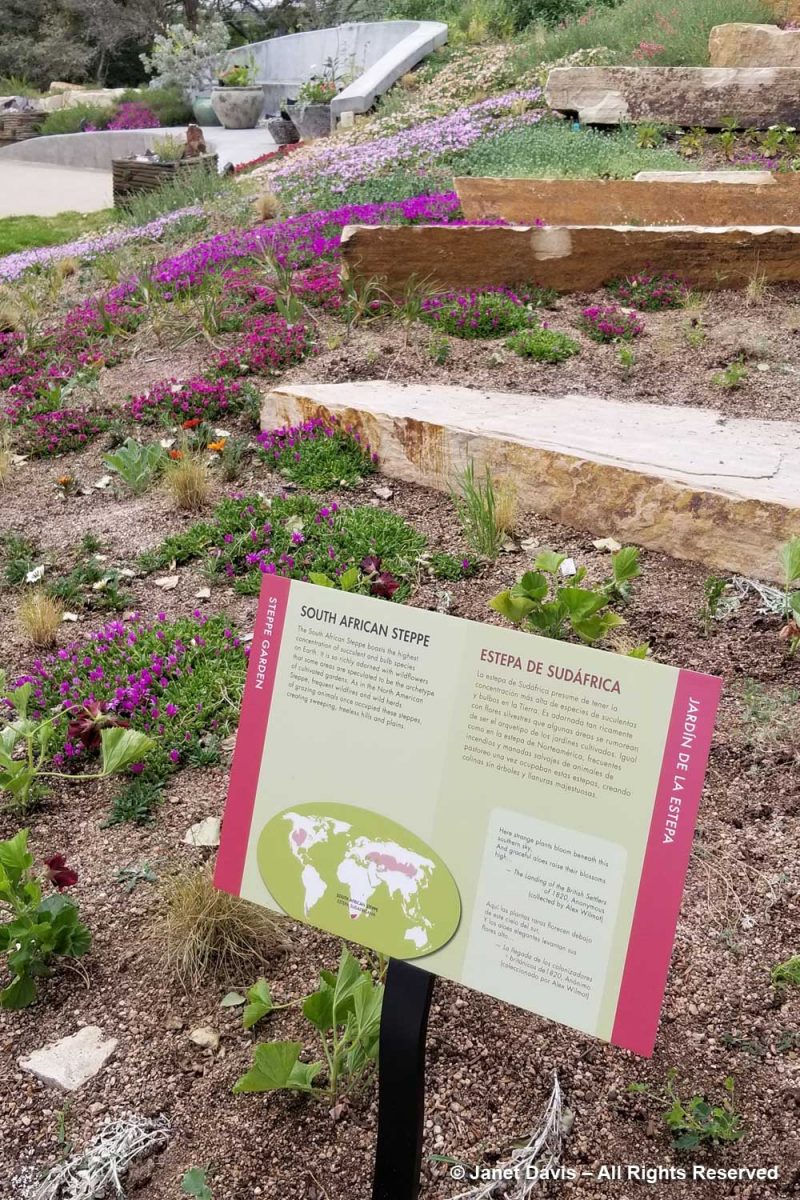
…. the strange-looking caterpillar grass (Harpochloa falx).
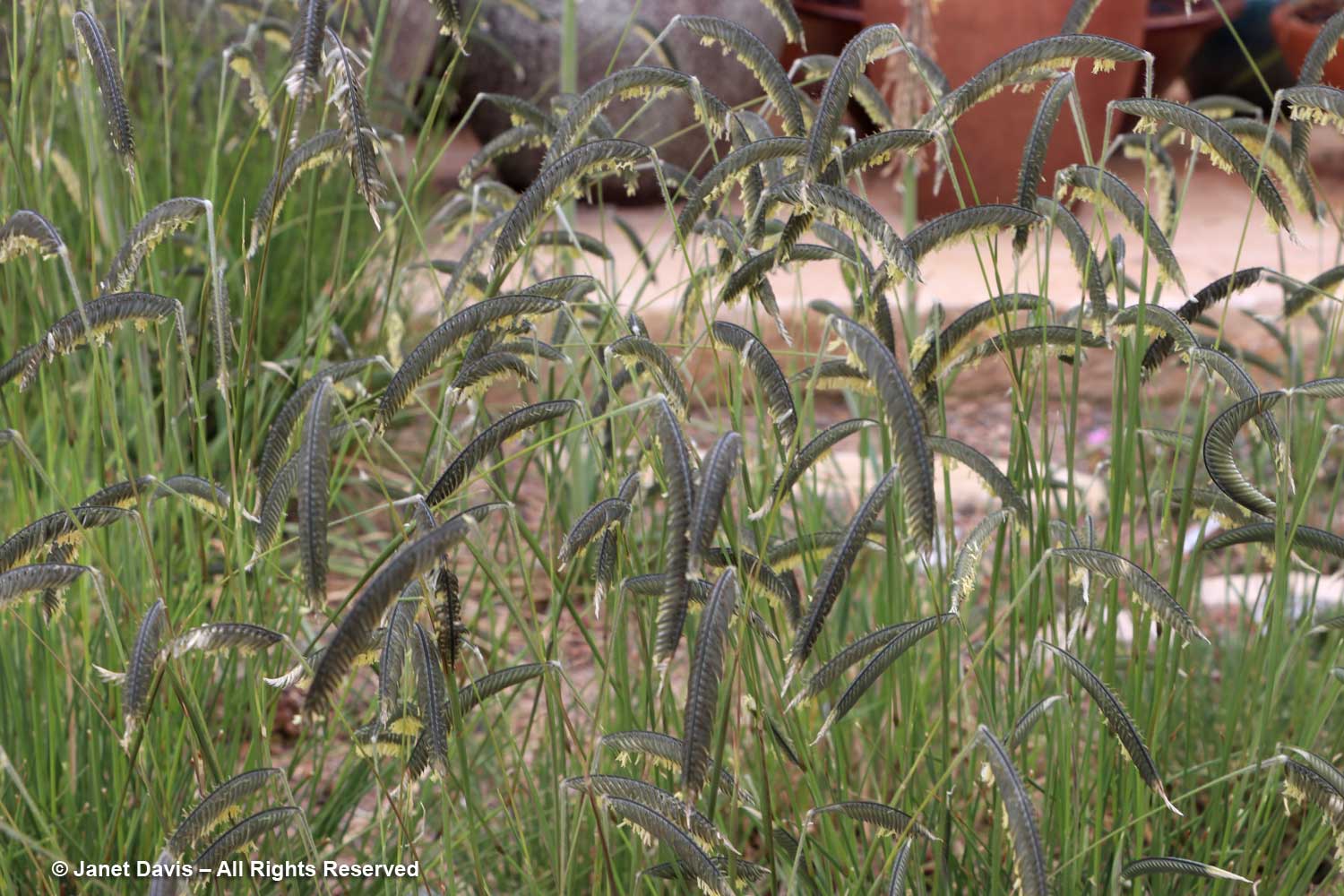
Apart from plants growing in the large, rocky structures, there are some beautiful container vignettes that will inspire visitors with restricted space – like this assemblage of species from southern Africa.
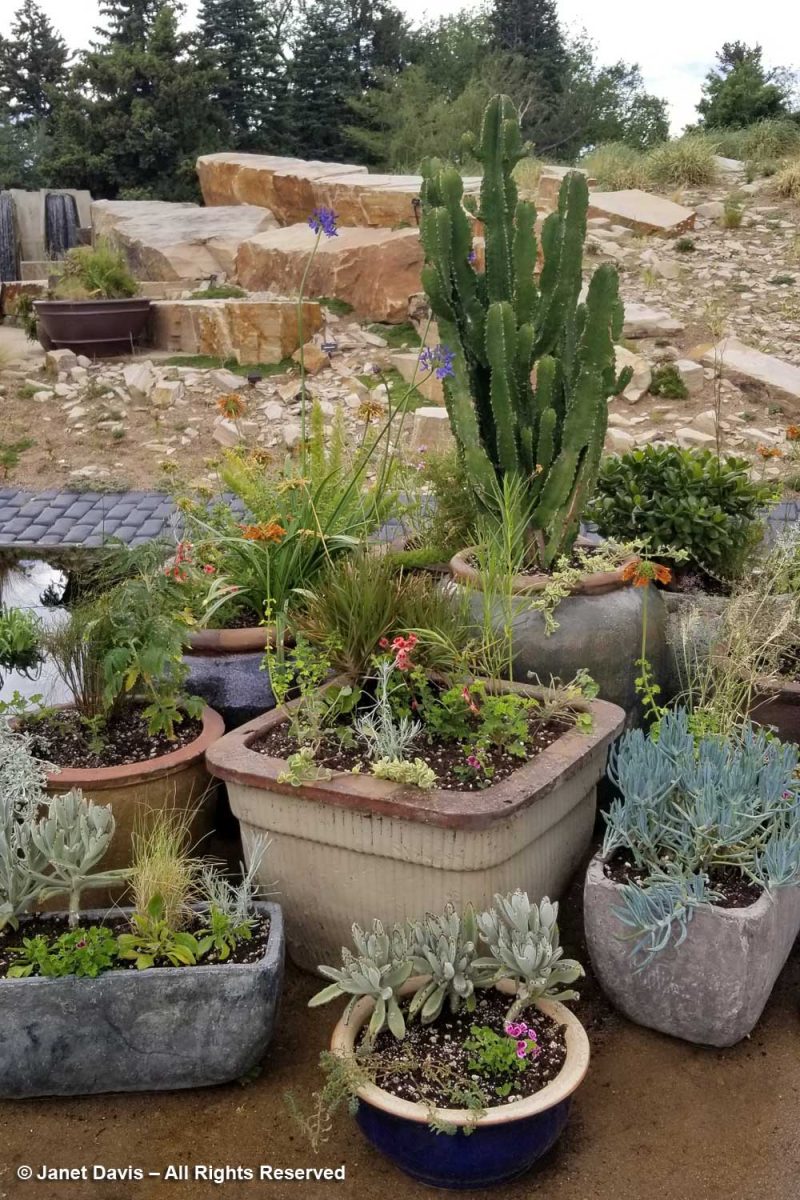
I love this border with blue cape forget-me-not (Anchusa capensis)and magenta ice plant (Delosperma cooperi).
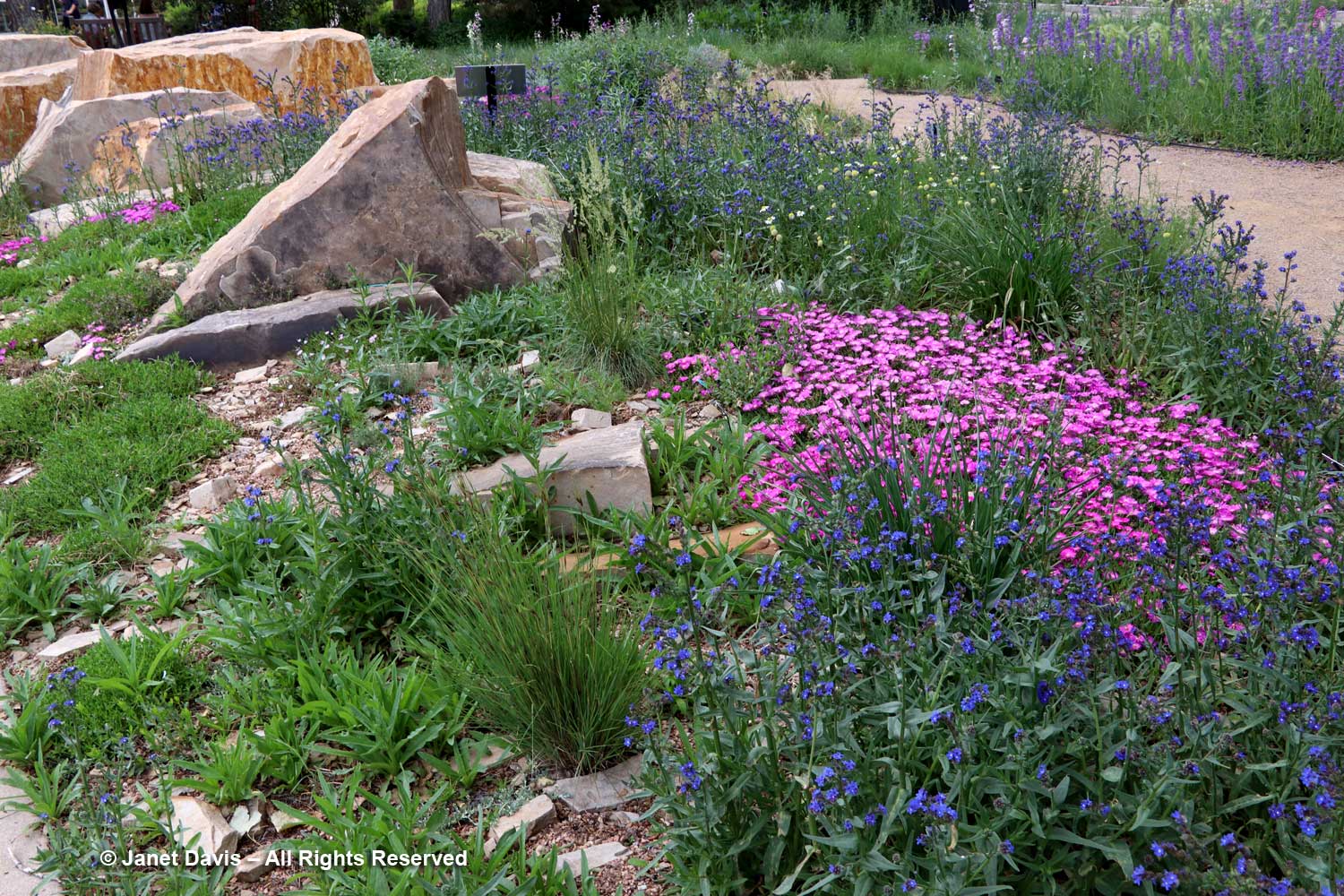
And as a confirmed bee photographer, it was fun to capture a honey bee nectaring on the anchusa.
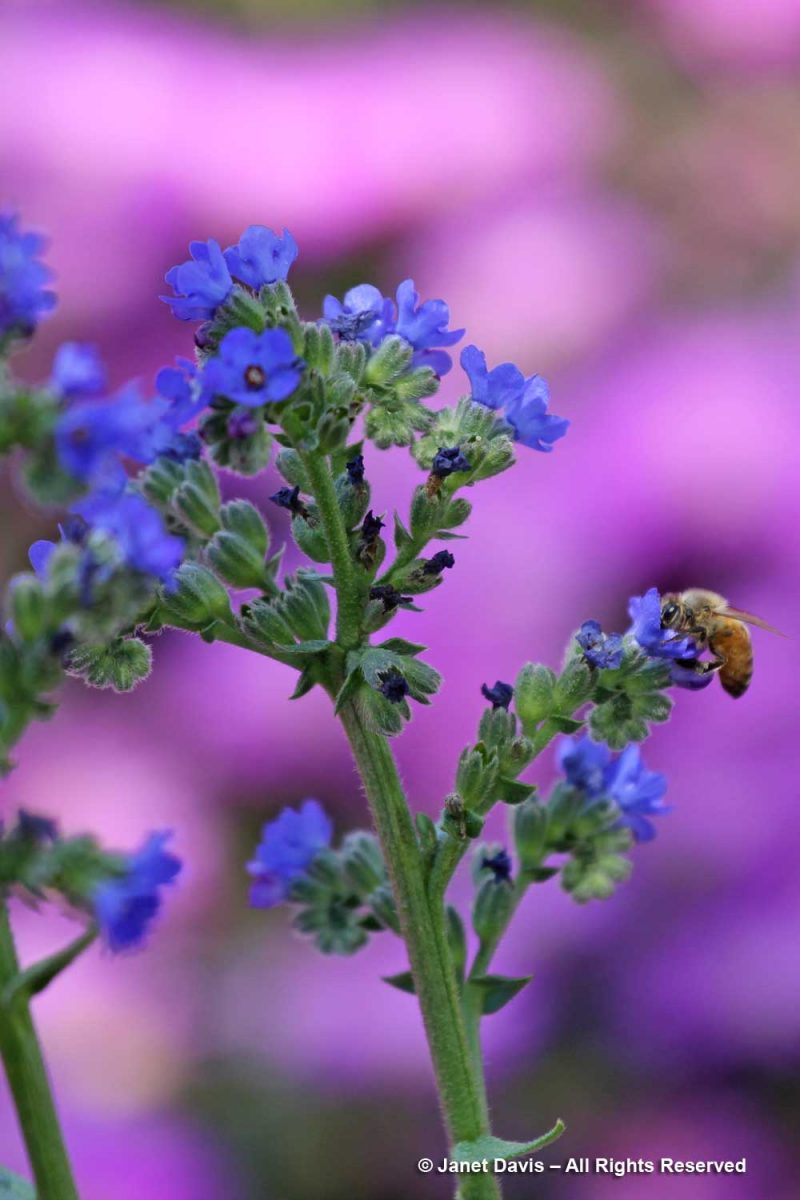
Here’s a long view of this section in the South African Steppe.
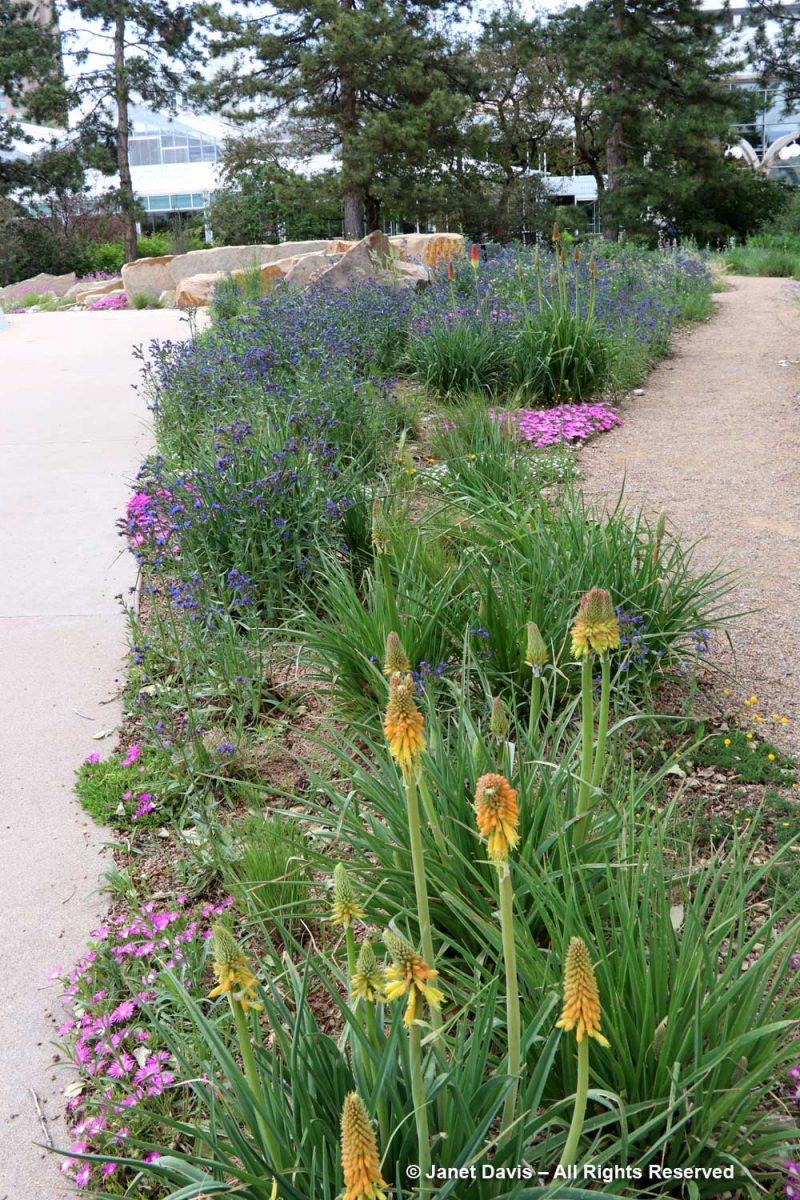
South Africa, of course, represents the largest floristic province in the world, and the Steppe Garden divides plants into the Western South African Steppe….
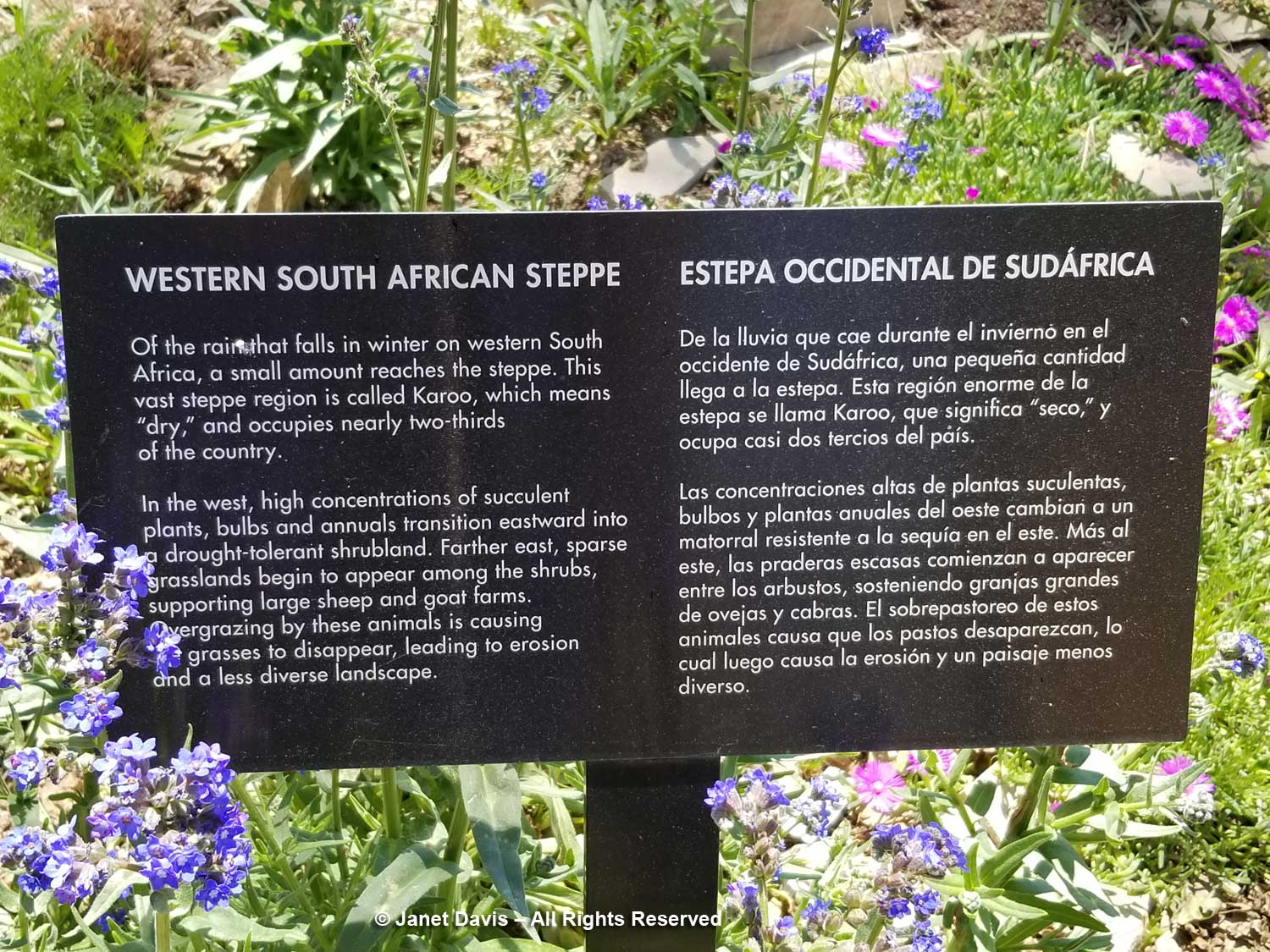
…. and the much more lush Eastern South African Steppe.
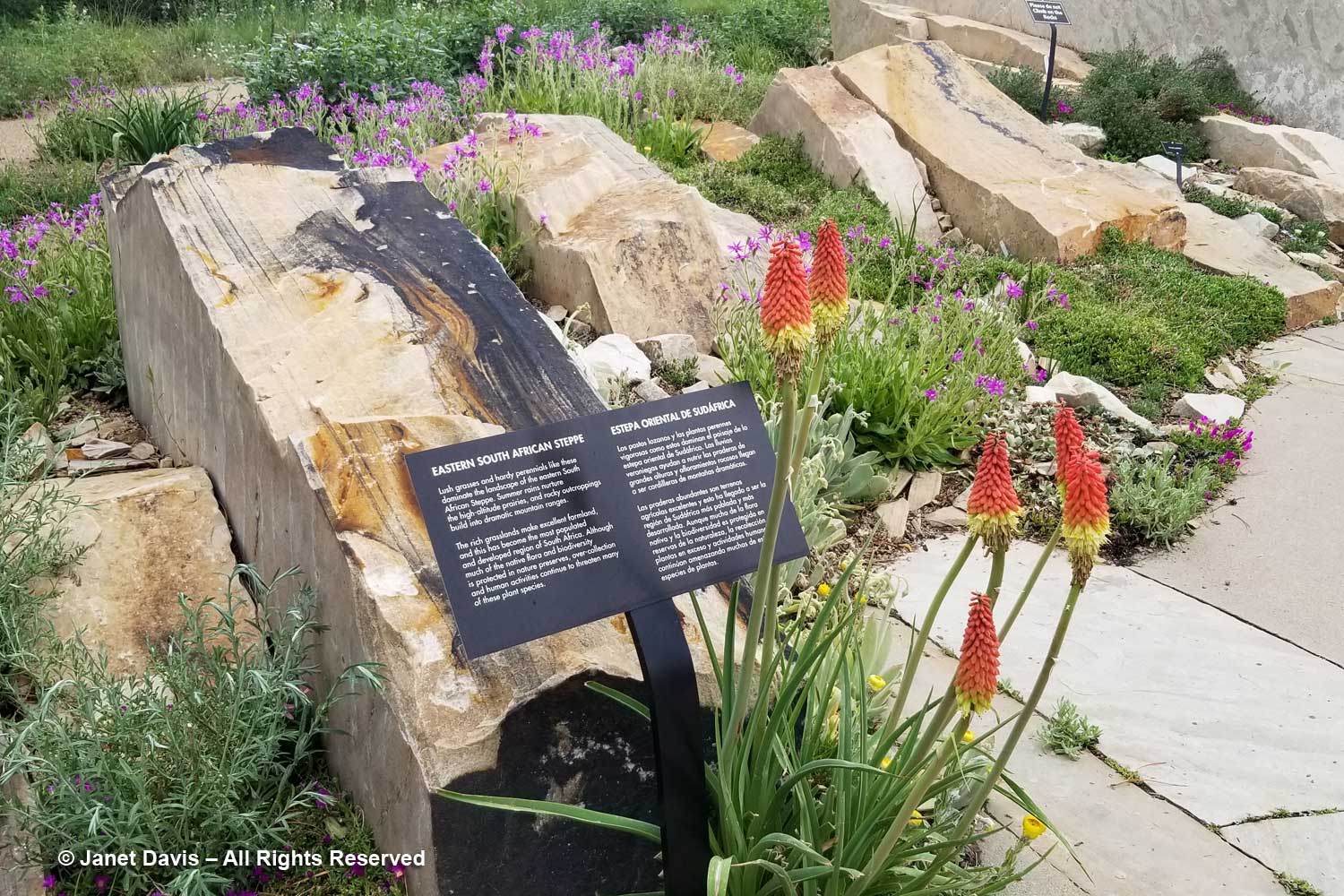
There is a lot of fireweed (Senecio macrocephalus) in bloom in the eastern steppe in June.
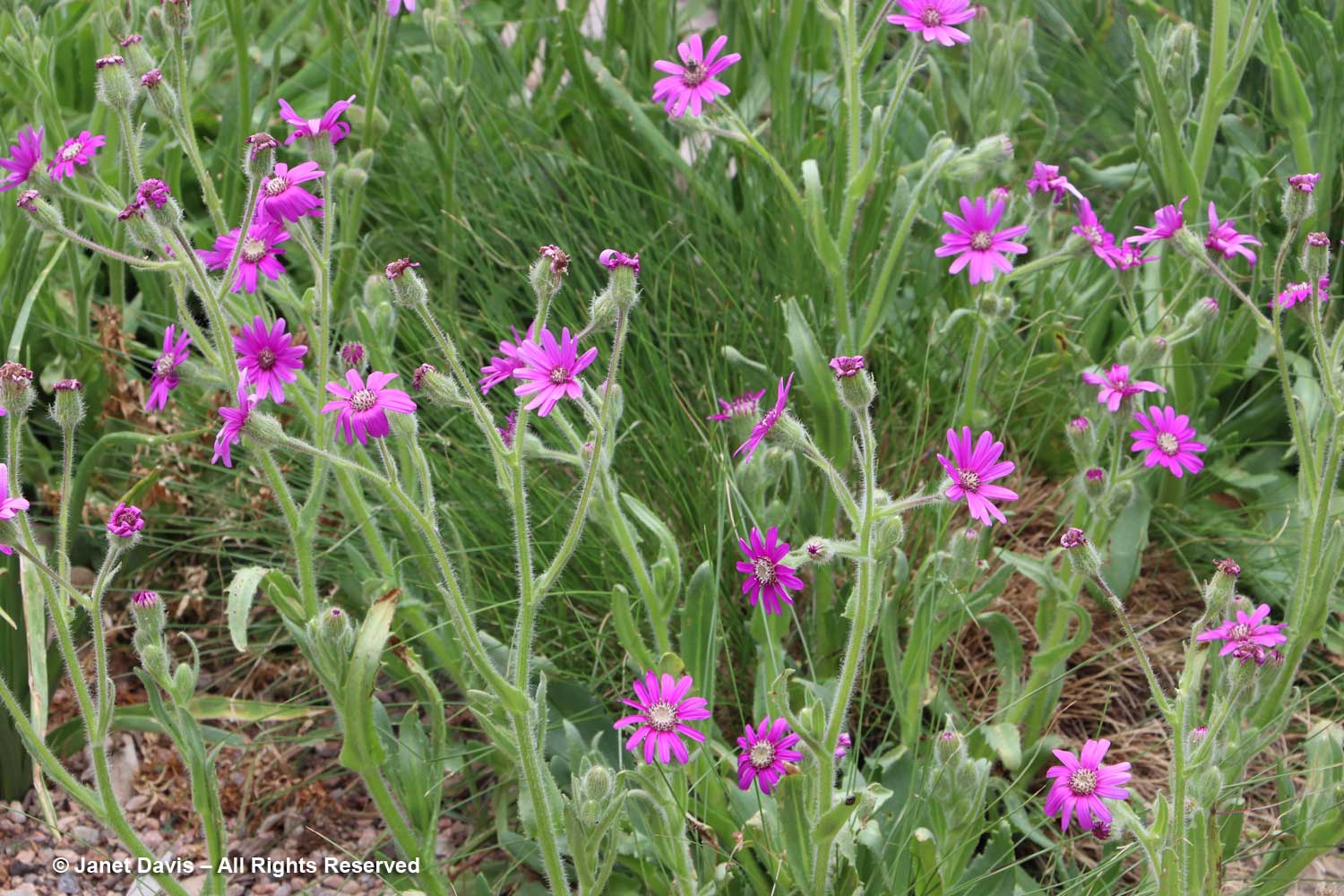
And kniphofias, of course, are signature South African plants.
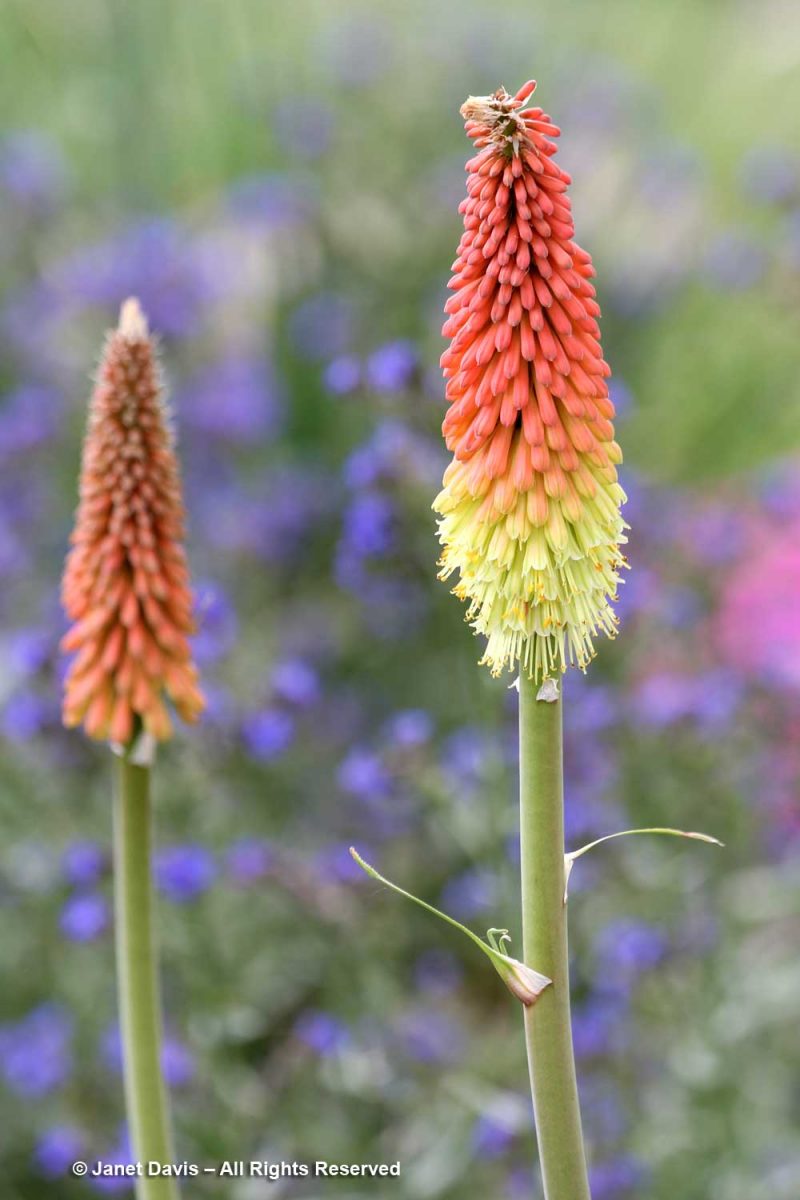
Look at this brilliant stone work.
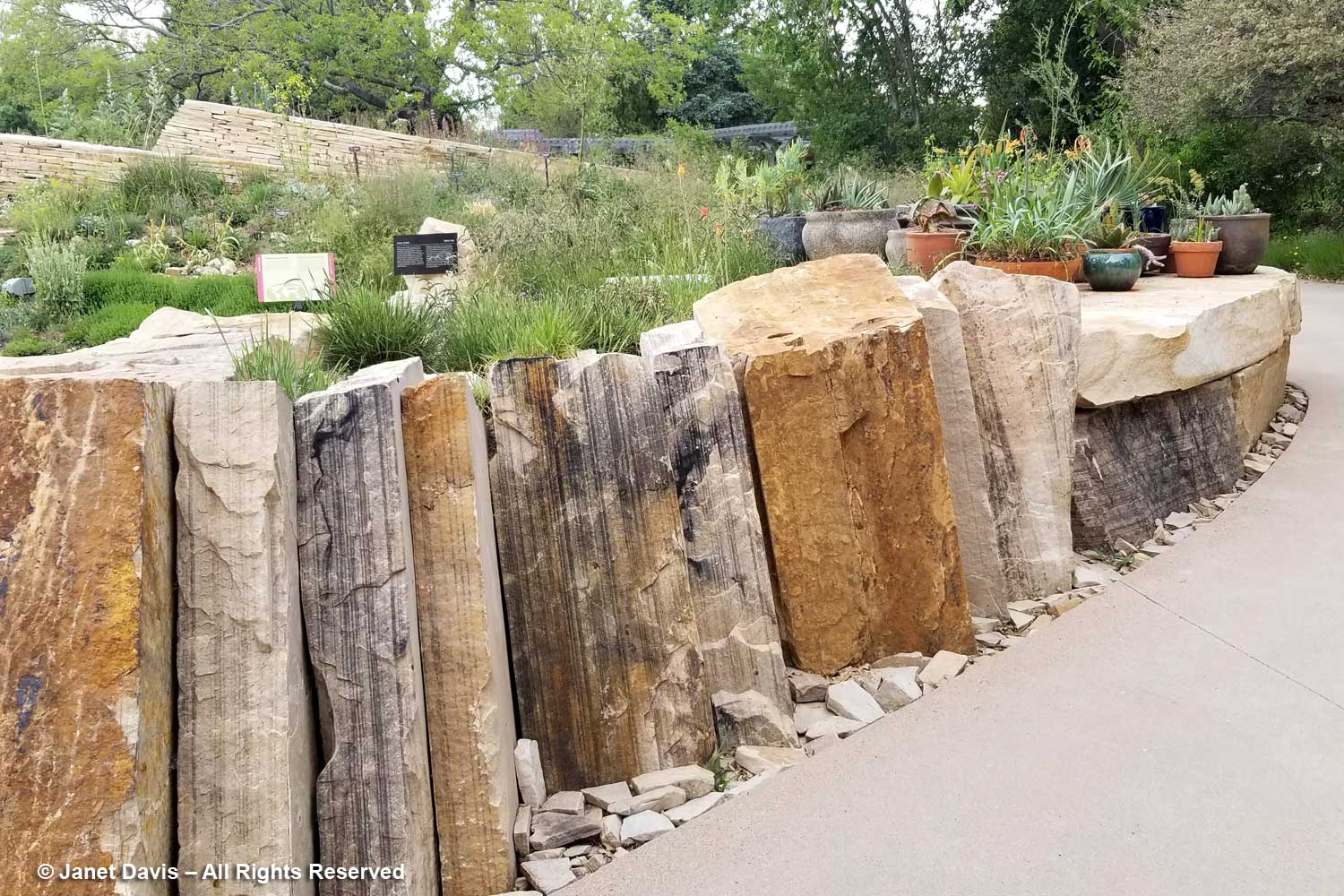
Another grouping of containers highlights plants of the Eastern South African Steppe.
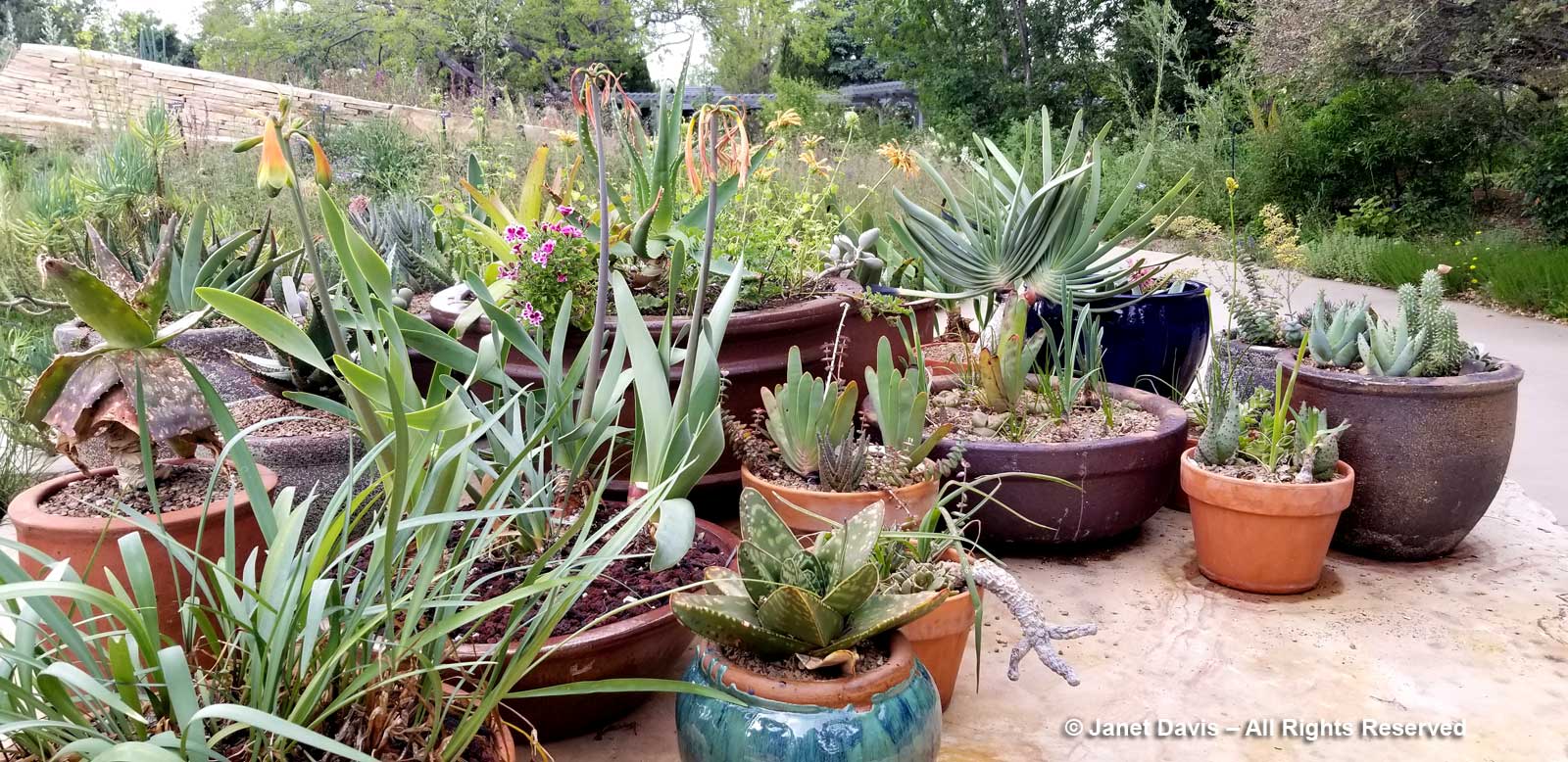
But Denver Botanic Gardens is famous for its ice plants, and they are featured prominently here in the part of the Steppe Garden devoted to garden introductions.
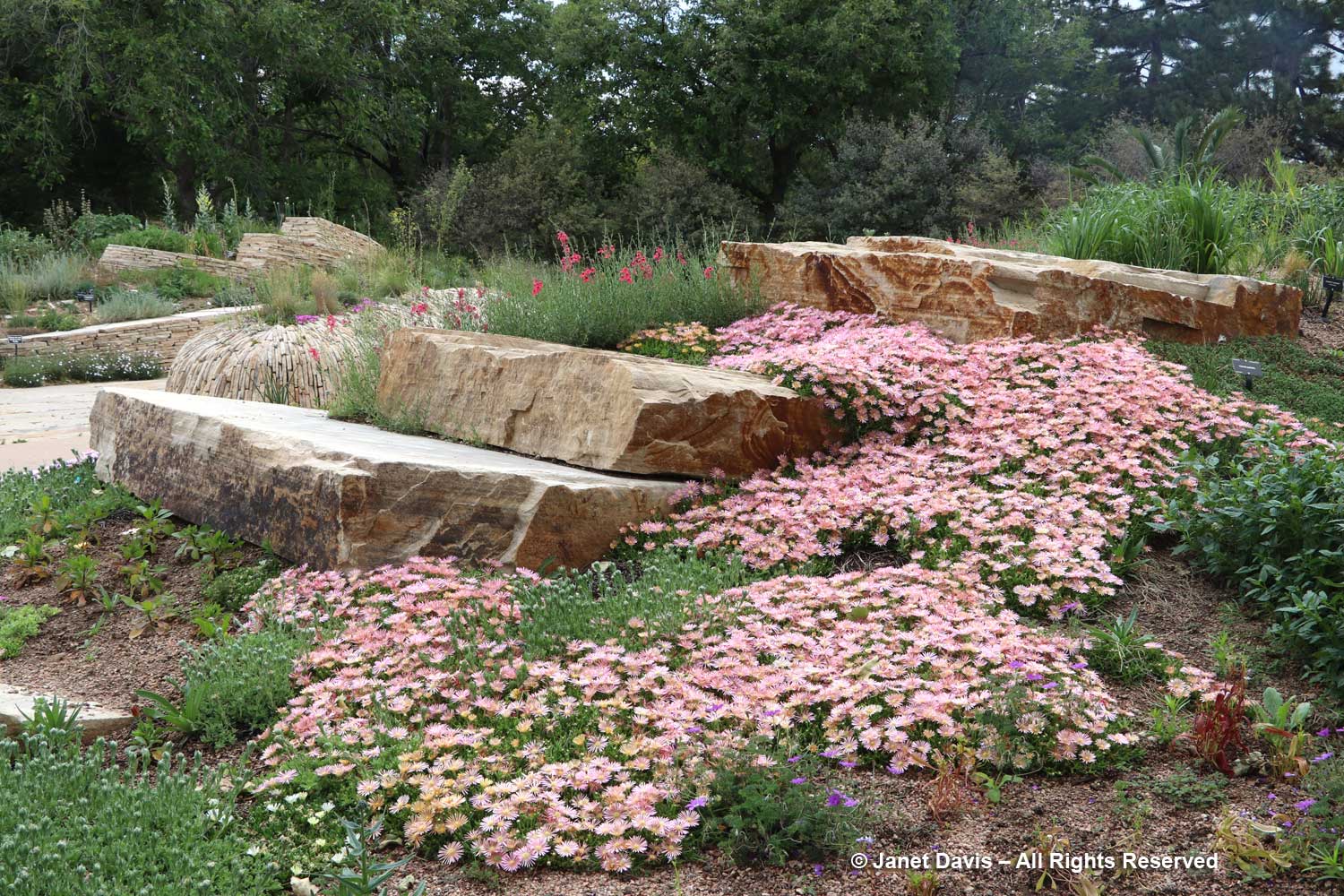
This one is called Delosperma Jewel of Desert Grenade. Isn’t it lovely?
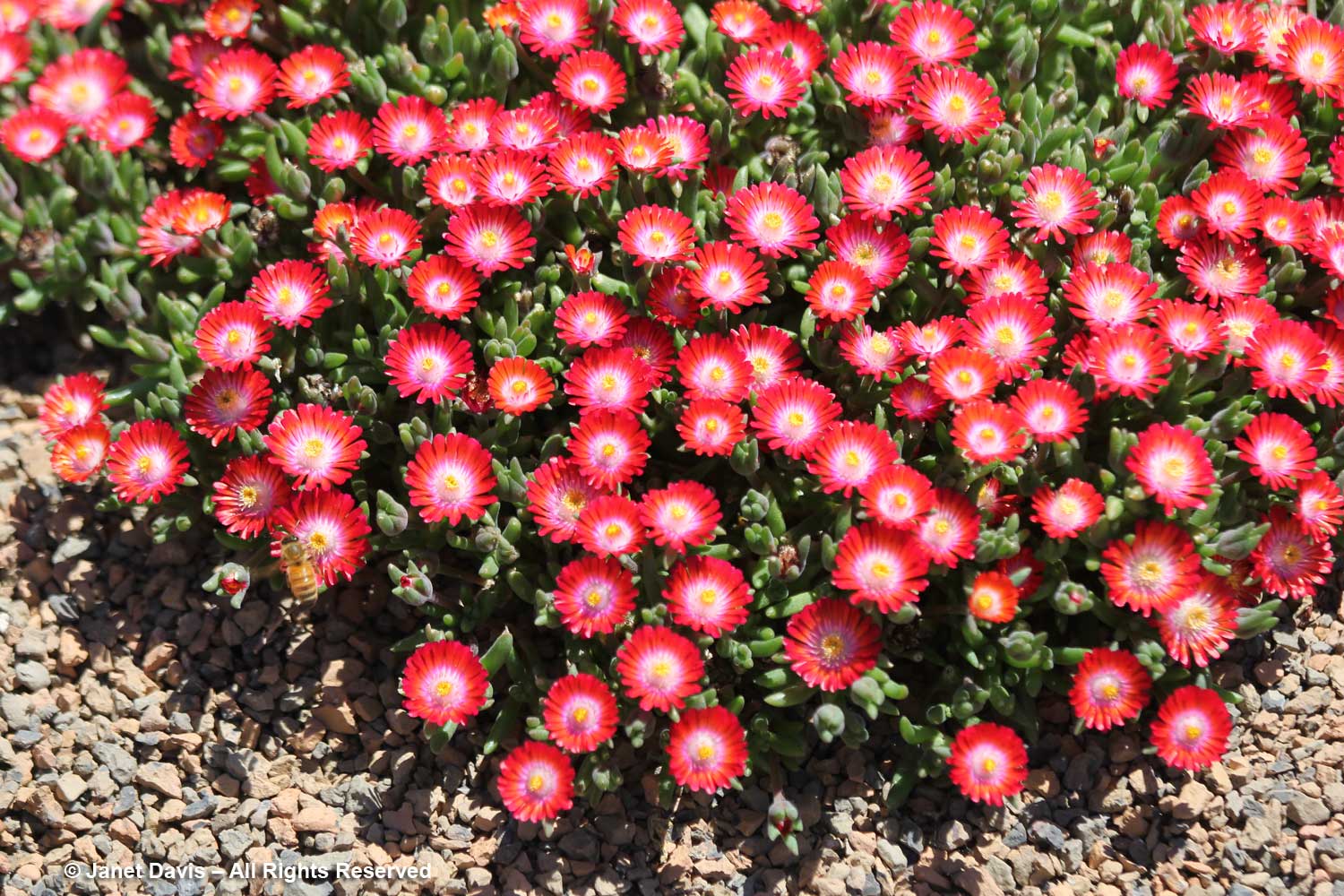
More examples of the delosperma cultivated rainbow of colours, as seen in the South Africa Steppe.
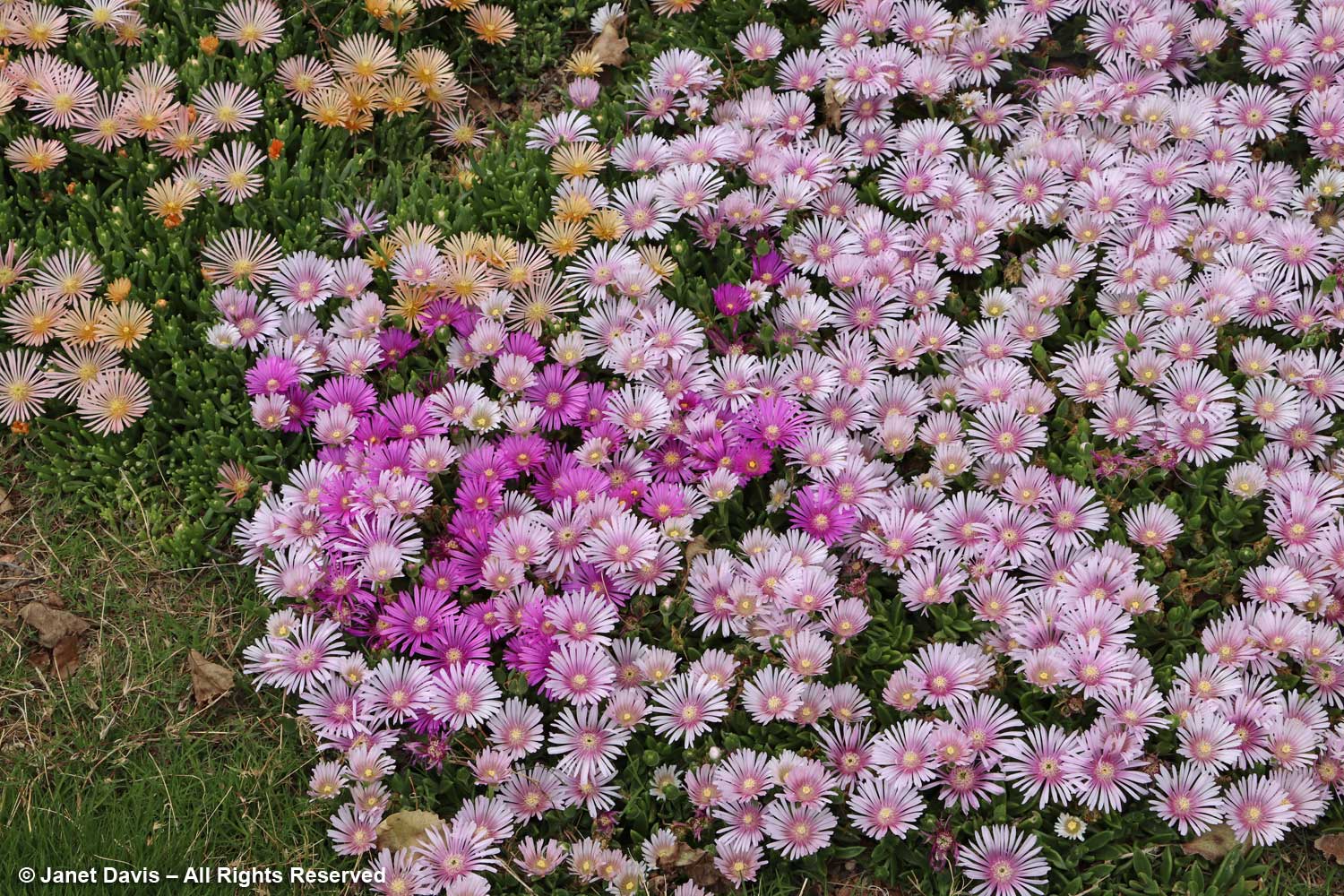
I know I’ve probably missed a lot of detail and might even have mixed up the odd steppe region in my rush through the garden, but I do consider myself fortunate to have met the garden’s curator, Mike Bone, aka #steppesuns, below, this March in Toronto when he spoke to members of the Ontario Rock Garden Society. Mike is an enthusiastic plant propagator, seed collector and explorer who has spent decades working at DBG, acquiring plants from the four great steppe regions of the world and getting them displayed not just at his own garden, but other botanical gardens throughout the world. I know his mentor, Panayoti Kelaidis is very fond of Mike – or “Ghengis Bone” as he calls him in this blog he wrote about travelling with him in Mongolia.

They even collaborated on a 2015 book called Steppes: The Plants and Ecology of the World’s Semi-Arid Regions,co-authored by Dan Johnson (whose garden I blogged about recently), Mike Kintgen and Larry Vickerman, all of Denver Botanic Gardens. As the book’s description states, “steppes occupy enormous areas on four continents. Yet these ecosystems are among the least studied on our planet. Given that the birth and evolution of human beings have been so intimately interwoven with steppe regions, it is amazing that so few attempts have been made to compare and quantify the features of these regions.”

I’m so happy to have had the chance to visit DBG’s fascinating Steppe Garden, and look forward to exploring it in other seasons in the future.

